
Imagination and Filtration
The Extremely Important Role of Higher Order Attention in Ethics
Publisher
Copyright © 2024 by Mattanaw. All Rights Reserved.
Publisher: PlaynText Location: Tempe, Arizona
PlaynText is dedicated to the publication of high quality journal publications issued in premium book format, as book/journal hybrids. Each publication is intended to be an illustration, potentially, of the maximum and least-inhibited use of free thought and free expression.
Copying, distributing, plagiarising, processing, storing, and serving the contents of this book is a violation of intellectual property, unless otherwise indicated by the copyright holder elsewhere, as it relates to this specific issue of the Book and Journal of Mattanaw. For permission to use any contents of this book, please contact the author at http://mattanaw.org/com.html.
Published by PlaynText, Inc, companies wholly owned by the author, Mattanaw, Mattanaw, (formerly “Christopher Matthew Cavanaugh”).
Printed in Tempe, Arizona, in the United States of America.
Published and printed by PlaynText, an imprint of PlaynText, Inc.
The Publisher is not responsible for the content of others produced on websites, applications, social media platforms, or information related storage or AI systems. The processing of this Book and Journal by an AI System is prohibited.
Library of Congress Control Number (pending)
Library of Congress ISSNs: 2998-713X (Online), 2998-7121 (Print)
Author
Artist/Author: The Honorable Dr.9 Mattanaw, Christopher Matthew Cavanaugh, Retired
Interdisciplinarian with Immeasurable Intelligence. Lifetime Member of the High Intelligence Community.6
- Masters Business & Economics, Harvard University (In Progress)
- Attorney, Pro Se, Litigation, Trial, Depositions, Contracts (E.g. State of Alaska v. Pugh, et. al., Alaska Superior and Supreme Courts)4
- B.S. Psychology, University of Maryland, 4.0, Summa Cum Laude1
- B.S. Computer & Information Science, University of Maryland, 3.91, Magna Cum Laude2
- B.A. Philosophy, University of Maryland.3
- G.E.D., State of Maryland, Montgomery County, 1999.
- Lifetime Member of the High Intelligence Community, Mensa Lifetime Member
Former Chief Architect, Adobe Systems
Current President/Advisor, Social Architects and Economists International.
CEO PlaynText | CEO PlainText
Contact:
Resumé
Edit History
- Updated: Tuesday, January 12th, 2023, at 7:22 PM Darwin, NT Time
Introduction
The purpose of this work is to provide a means for individuals, especially the author in particular, for managing one’s attention at the psychological level, with psychological training, but also at the much higher level, of managine one’s position in space and relationships to the environment and animals as one moves along one’s various pathways. The thoughts behind this work originate in the 1990s, and first related recordings are in the Personal Form, a tool used for many years, started in the early 2000s, partly for planning use of enviornment, to have a more rational and enjoyable life. Rational Times, started in approximately 2003, had the purpose of increasing rationality by recording and meditating, or simply thinking about what was written more ratinally, at various times and in various places, which also relates to improved use of attention, which has been greatly developed since that time.
Currently this work is in a state of editing with a improvement on the transcription of the handwritten scan below to be released soon.
In the meantime certain architectural ethical process diagrams were produced which explain more specifically how the psychological component of the attentional management during daily activities is done. A sample imagination filter process diagram is included in the handwritten book, which uses college admissions as a metaphor for choosing good candidate thoughts, people, environments, etc… for including in one’s life pathways.
Attention Management Process and Application
Below is the aformentioned attentional process which is also explained in more detail, in separate contexts, in Architecture of Ethics, and Cycles and Shifts.
After it is understood how this process diagram works, it can be seen that this process diagram is largely self-explanatory. However, on first review, it may seem difficult or complex. The reader is assured that this particular process is simple to utilize, particularly if explained how it is done in practice. Following this architectural process diagram I explain how I utilize this doing various activities during the day, in a more narrative format.

Figure 1. Attentional Management Process Architecture. For practice and habituation for improving one’s mental ability to manage attention and focus, for increasing rationality, creativity, ability to imagine options, and synthesize various parts of life for a feeling of increased connectedness or “holism” (without any pseudoscience).
This process diagram is divided into more than one diagram, but is really one single process. Extra diagrams simply provide more detail to steps in the main diagrams. Process diagrams usually have a main process and a subprocess, like in programming. This process diagram is equivalent to what could be written in pseudo code, or code in a range of different programming languages. One could write a game to support the usage of this process diagram by reminding one how one should step through the process. For those who are unexposed to computer science, it may be helpful to know that programs are not so different from what one does in regular activities that have a plan, logical choices, and a sequence of steps. A common analogy is a recipe. If a recipe is followed for creating a food, it expected by the person who wrote the recipe, if the recipe is well written, that the result will be consistent, and that whoever follows the recipe closely, which means really follows it, they can expect the same quality food. The steps in the recipe also can be rewritten to match what is done in a process diagram like this one. As explained in architecture of ethics, this relates then to business process in whcih recipes are followed by employees. Rigorous programs of human behavior in restaruants like McDonald’s and Starbucks are causes for their expected quality wherever the restaurants are found. This implies that a busineses usage of recipes, and additionally, preparations surrounding recipes and fulfillment of goals with respect to many customers, are programmatice, and in fact really have been captured in business process diagrams just like the one above. These same ways of planning efforts can be done at the individual level. “But doesn’t that seem like too much?” If one thought about it that way, one would have overlooked that family recipes in tradition which are greatly valued depended on simple programs for repeating the same recipe at the individual level. Your mother’s behavior is what grows into what is valued by people all over the world, and supports what enables her to be a good cook. Additionally, by extension, restaruants are developed from recipe books created originally by individual chefs who are managing their own behavior for creations of their own. Finally, for anything one would like to do well, one will repeat it and train it in an orderly way until it is done well, automatically. This is the creation of something akin to a program, and an internalization of that program, for automatic completion. Wouldn’t it be nice if one could manage one’s attention masterfully, to an extent that all programming that is ever done by one’s brain is improved. This is what I think is part of becoming a really ethical and moral person. Already it is assumed that there is some master program in which to govern or decide, which includes prohibitions and the like. This is an unrealized assumption, but it is an assumption of those who think they understand morality and religion and ethics. It is apparent they do not understand it well, or only the basics, and this appears due to our stage of development in civilization and as a species of animals still needing to develop brains and still needing to improve education to truthfully educate those larger brains.
Using and Developing Upon the Process Diagram
The process diagram has arisen because of efforts which did not yet have a diagram. I created these diagrams as I was doing things which were roughly equivalent to the diagram. Then, using the diagrams, I was able to improve what I was doing. These diagrams are being increased in sophistication, first in behavior and then in diagram, or perhaps the other way in the future, in a similar interaction to how it was first created.
During and after my work as a software architect I noticed that the techniques used are really not special from techniques anyone can use for the design and development of many things that may have an abstract relationship with software. In colleges courses are offered in design, which use principles from building architecture, for reuse in business and other disciplines. I recall in a course catalog a class called something akin to “design thinking” that had this type of intended teaching. When one is exposed to a language like UML it becomes more and not less clear that this is the case. The diagramming methods used in UML are very simplistic and yet have a kind of completeness, and are applicable not only to sofware design but designs of all sorts of systems. Boxes and interconnecting lines roughly summarize the approach in this method of diagramming. Once exposed to UML it is clear young children could learn the same methods as skilled architects. Likewise, children can already imagine the structure of large buildings, and envision their homes, and think of alternative designs in three dimensions. Clearly it is possible for them to imagine the same in blueprint drawings of lines and boxes.
With additional work I intend to include all of the software architectural diagrams used in UML to depict key parts of human behavior related to moral philosophy and ethics. In software, if a complex system does not utilize all of the different software architectual diagram types then probably something is lacking or missing in the design, or documentation of the design, although in practice all of the diagrams are seldom if ever used. I have not created a plan for software that used each and every diagram type for each part of a proposed, planned, or working system.
The process above that has this architectural design is an outgrowth of something maybe as effective or more effective, which was merely text and lines/arrows. The routine created already had the usage of a list mnemonic and life categories, encapsulating my life-needs, in a similar way to what is used today. This was the morning and evening routines I created in May of 2008, in a third edition, when I was 27 years old, and not yet a software architect:
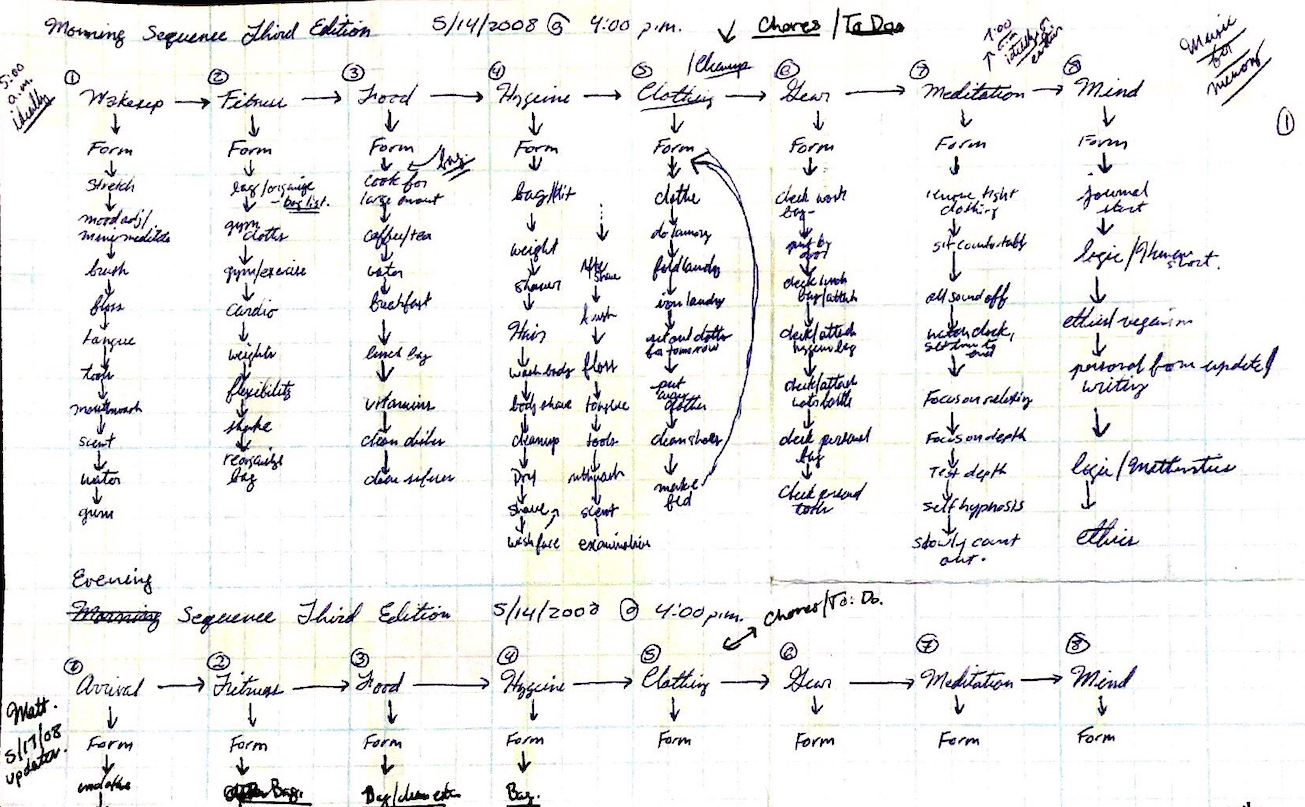
Figure 2. Morning and evening sequence diagrams which roughly correspond to the approach of the activity diagrams that are more developed above, but with more specific use in relation to morning and evening routine activities specifically.
Here we have focues attention on one particular view used in UML called the activity diagram. The activity diagram is not the only architectural diagram type, although there are not many. It would be easy to learn to use all of the different architectural diagrams in UML, or learn it partly and refer to rules of usage when needed. The activity diagram is an important diagram, again related to a simple program involving choices and processes in sequence and in loops. The visual diagram shows programming constructs which are required in all programming languages to be considered complete languages. The activity diagram in programming is already named as it is, in part, because of activities performed by humans (although I have not performed any analasys regarding etymology of “activity diagram”, I am certain this is true. Human activities generally, meaning all of them, can be represented at least partically using activity diagrams. Here I’m particularly interested in what I’m now referring to as wakeful life activities.
Wakeful life activities.
Every day you are attentive and awake you end up exhibiting activity. Firstly, you exhibit wakeful brain activity, like when you are first laying in bed, thinking and imagining, relaxing, or worrying about how the day needs to be structured. You are inactive physically, but you are active mentally. Later, you add in bodily movements, and you spend most of your time standing or sitting in sequence, doing other things. You then have a similar sequence of activities that were performed in other days which makes the day recognizable. You do not have suddenly unrecognizable days unless something catastrophic occurs. Your days are highly regular. There is a finite number of activities performed in a lifetime. Humans are really simple if they realy consider all the activities they do; they are really few. They include things like making breakfast, eating, going to school, going to the gym, visiting friends, going shopping, and spending time at home. Going individual to individual we can quickly see lifestyles are similar and not so dissimilar. Eventually and in a short time we have a complete list of human activities and can know what is most common and what is less. Looking at your own life, you will find the list is really short.
At any particular time in the day if one becomes focused on what one is doing, and is attentive and able to describe what one is doing, perhaps in what is called a “mindful way” and not an “absent or automatic way”, when one simply connects language, or words related to these activities, to what is done. There are few words for the activities. Upon recognizing what one is doing, one can activate this attentional process. This attentional process is repetitive and iterative. For anything you do during the day, while you are awake, you can activate this process. Notice that those who believe in the value of a focus in “present moments” or “here and now” or “mindfulness” will claim that you should very often attend to what you are doing. Being a psychologist, and in my attention to frequencies of behavior, I know that most who would find this valuable would only acheive attentiveness to what is done presently occasionally. They would not be able to do it for each and every activity; although some who are especially experienced, and pretenders of gurudom, might say they do it at all moments, or extremely often. While I find this unlikely, I can admit it is something that can be practiced, because I myself practice it, in this way however. I would not want to use the same words as these gurus necessarily, except to aid my communication to the reader who already knows what these things mean from other exposures they might have.
One can do it often or do it sometimes. Training development assumes it starts with sometimes. That is how I started. Presently I am using it for extended periods of time and quite often, but I still do not use it all day everyday. I do use it for many hours a day, however.
Complete Scans, PDF View
Complete Scans, Image View


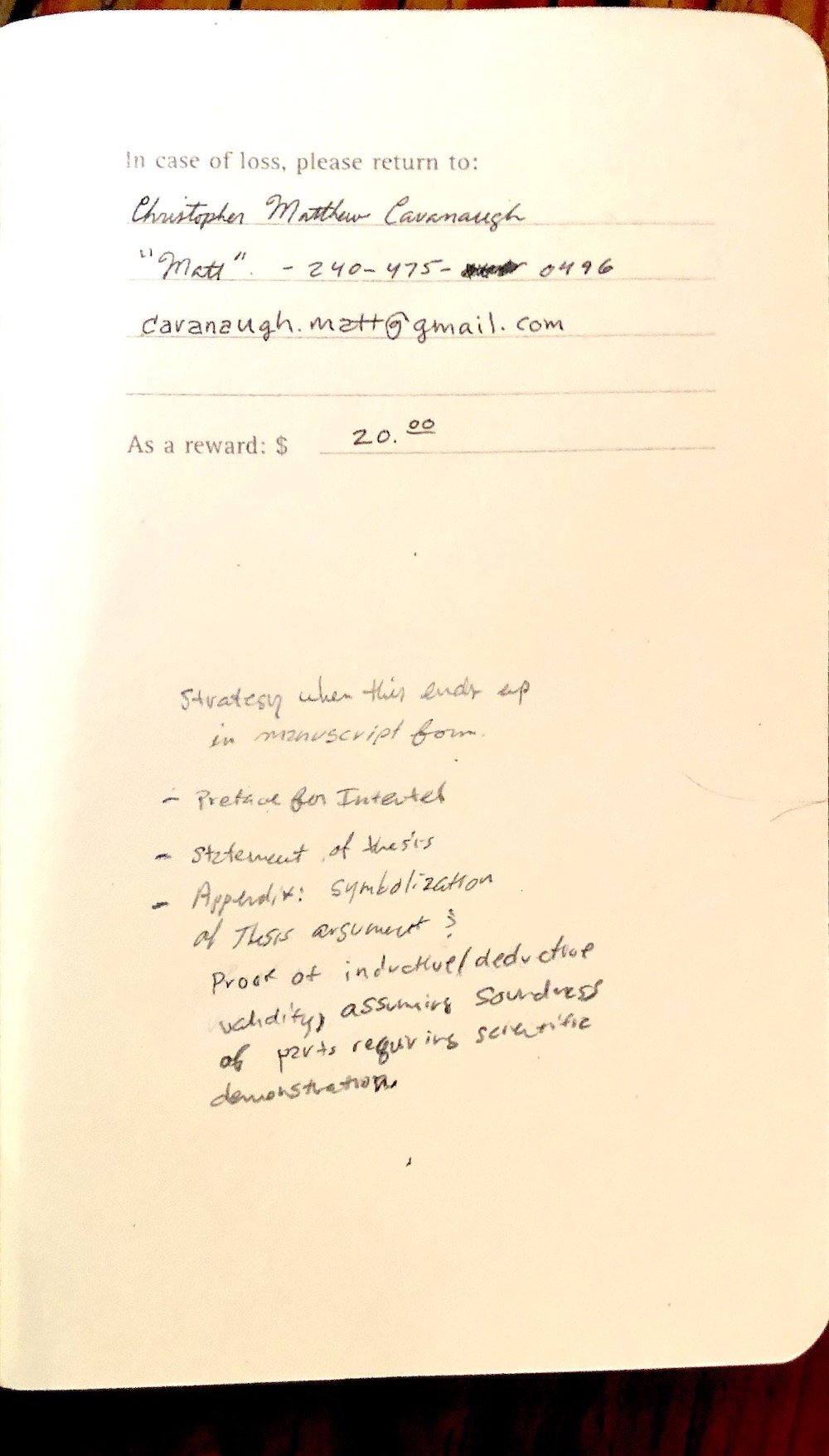
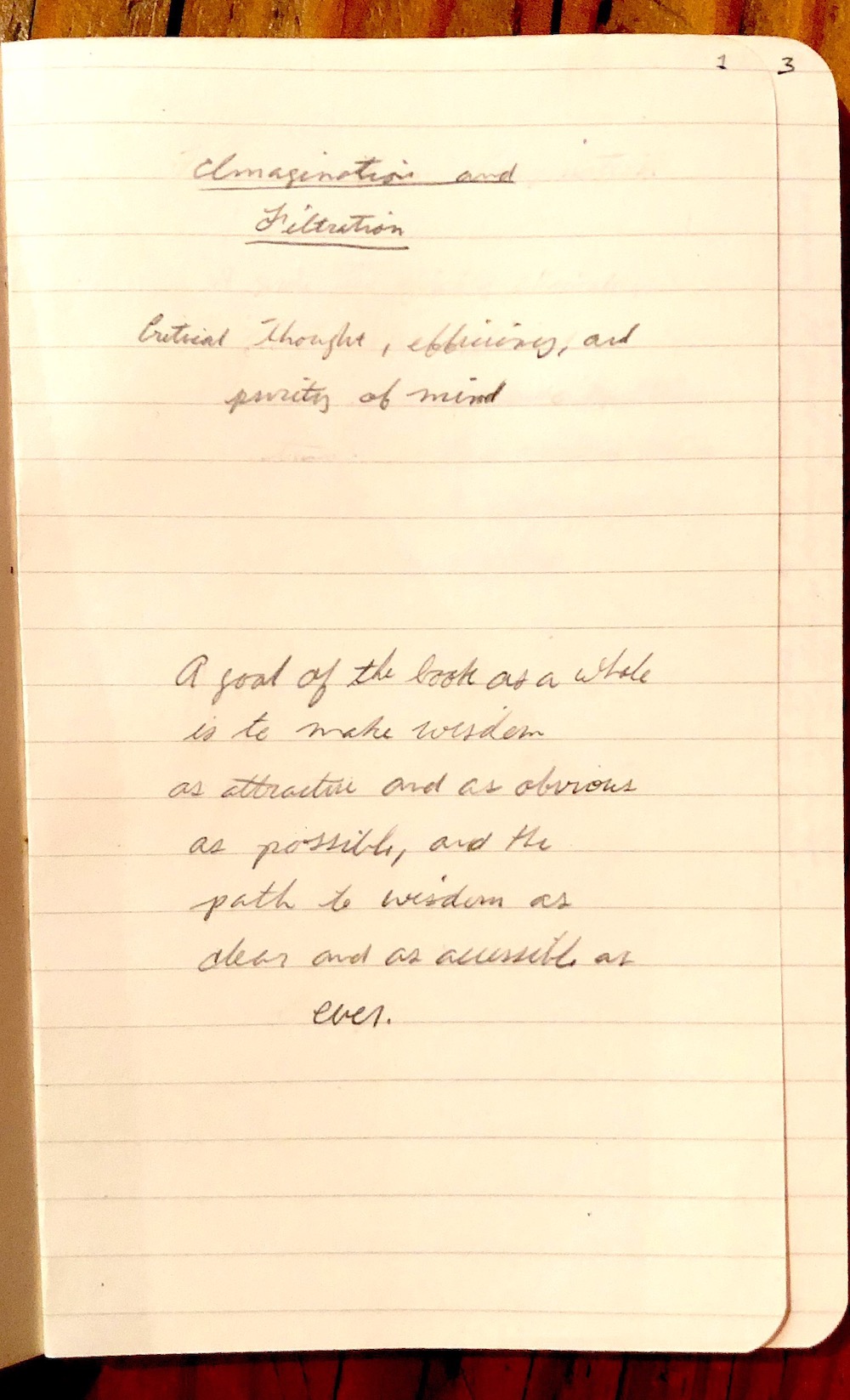
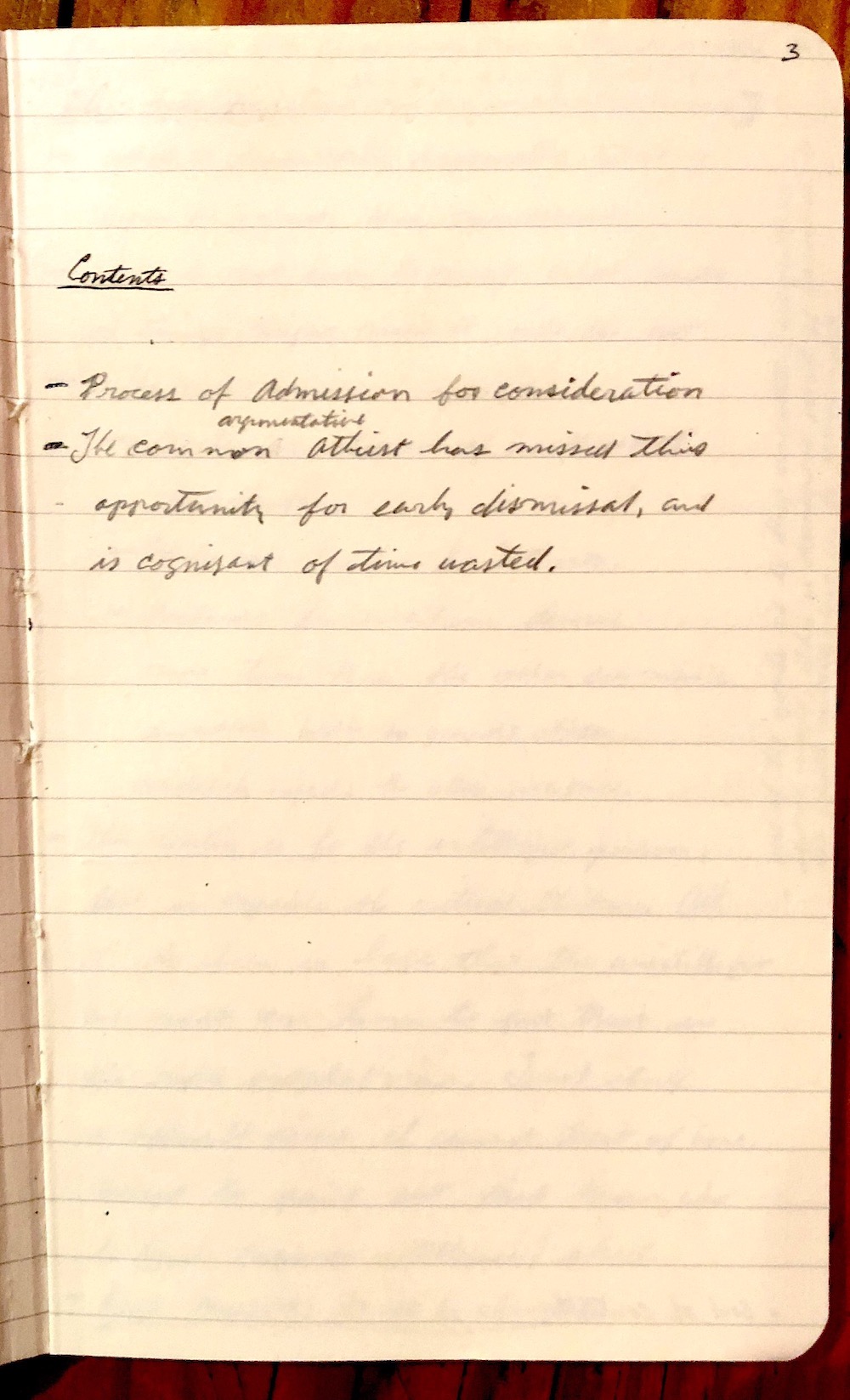
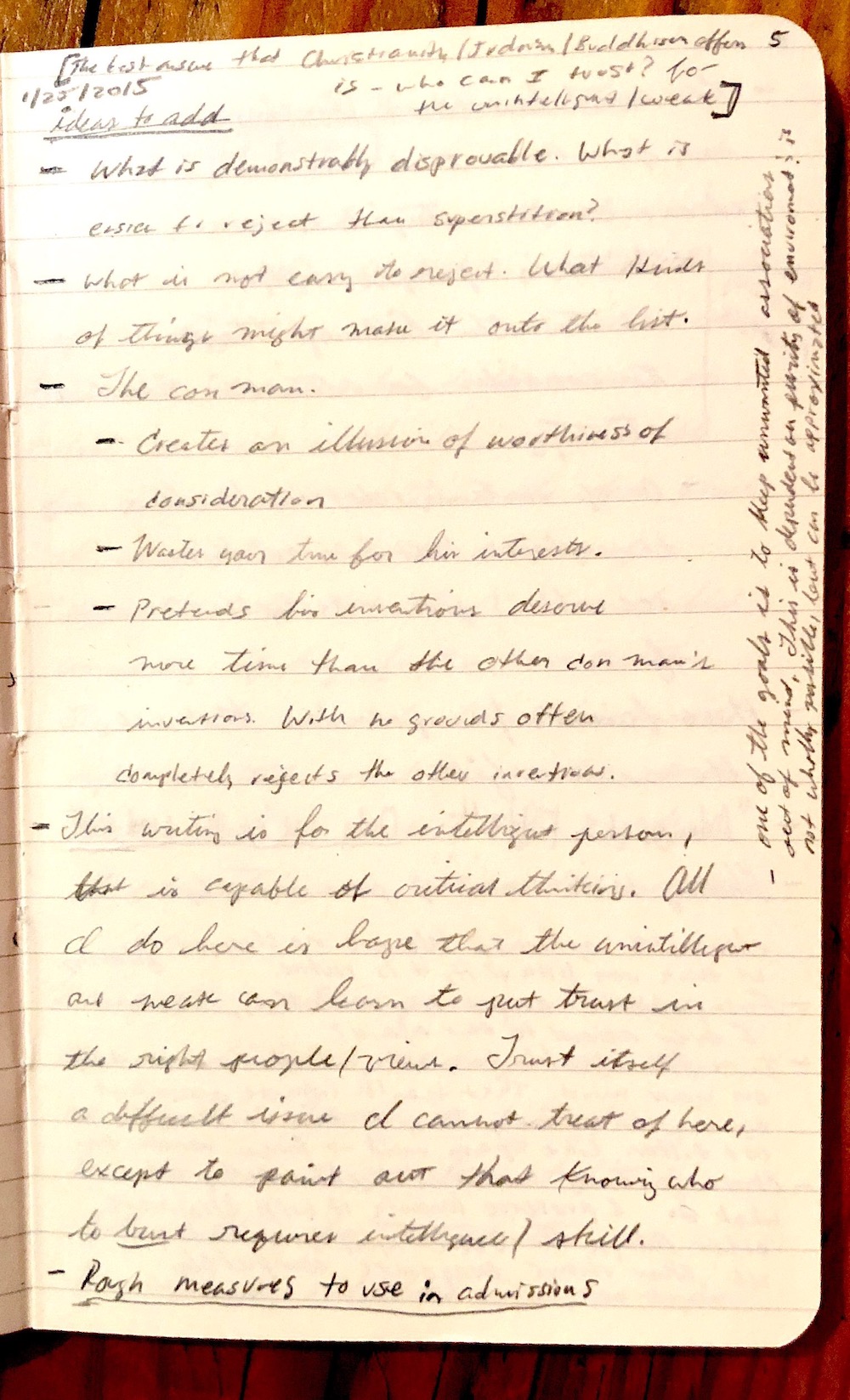
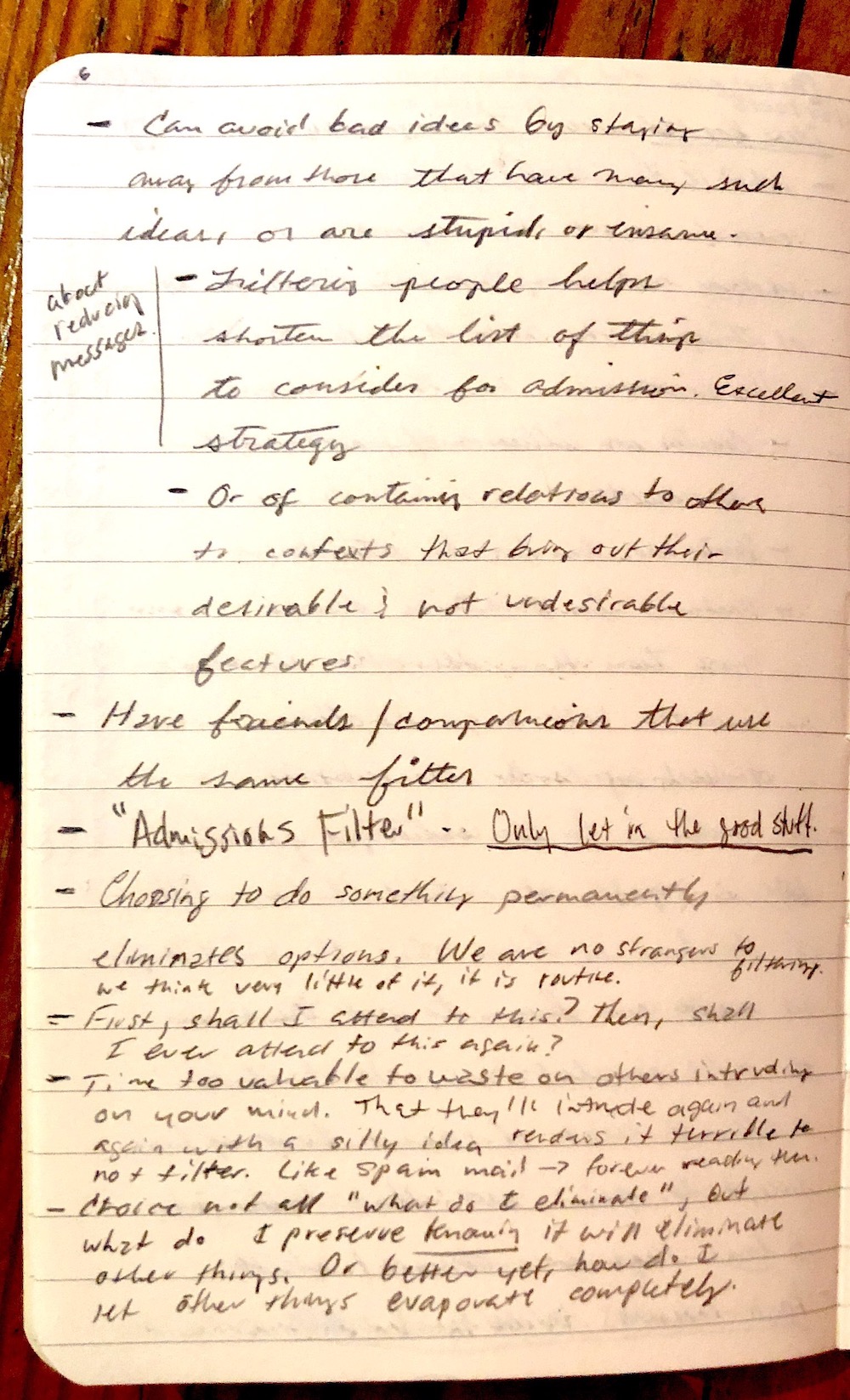
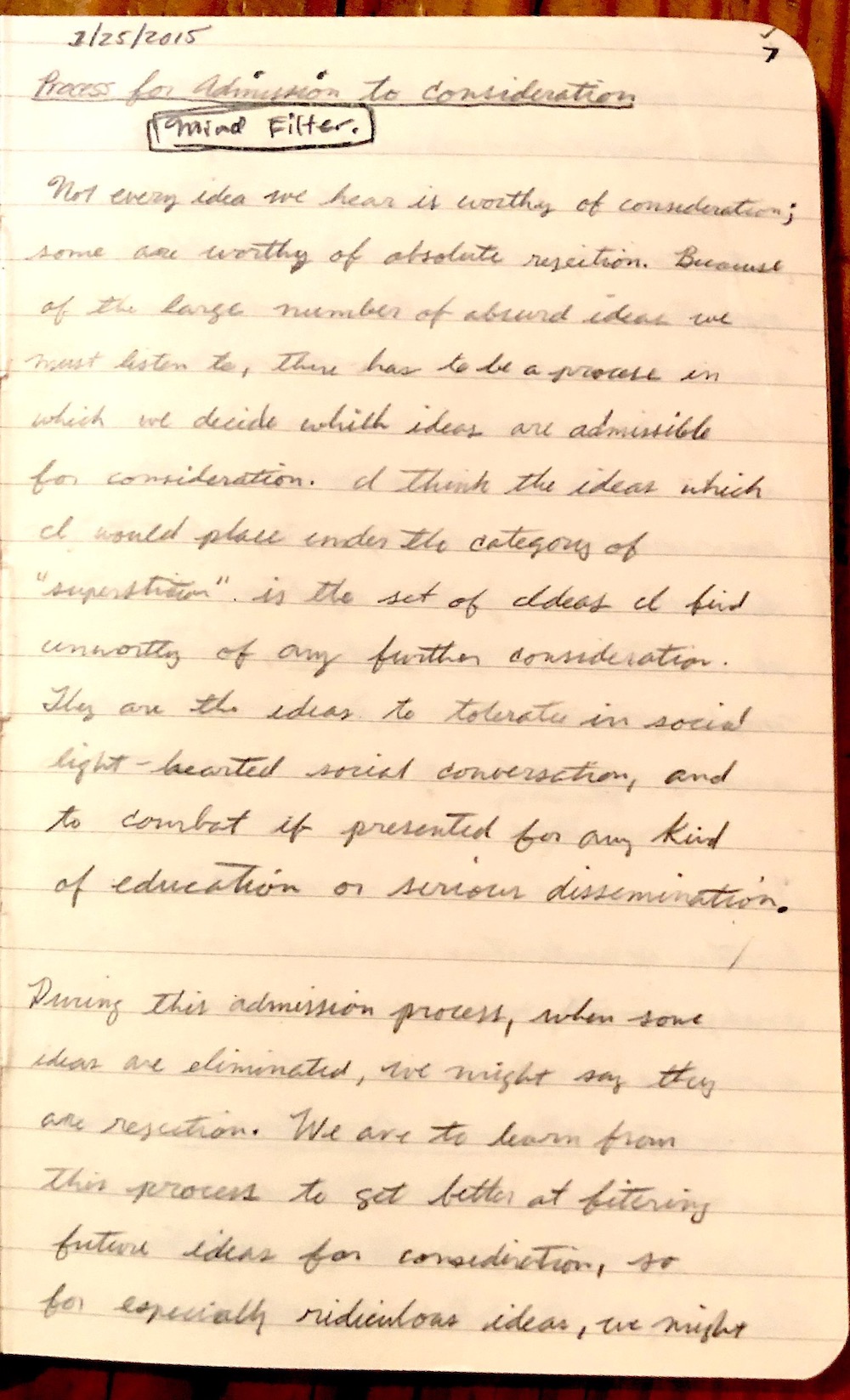
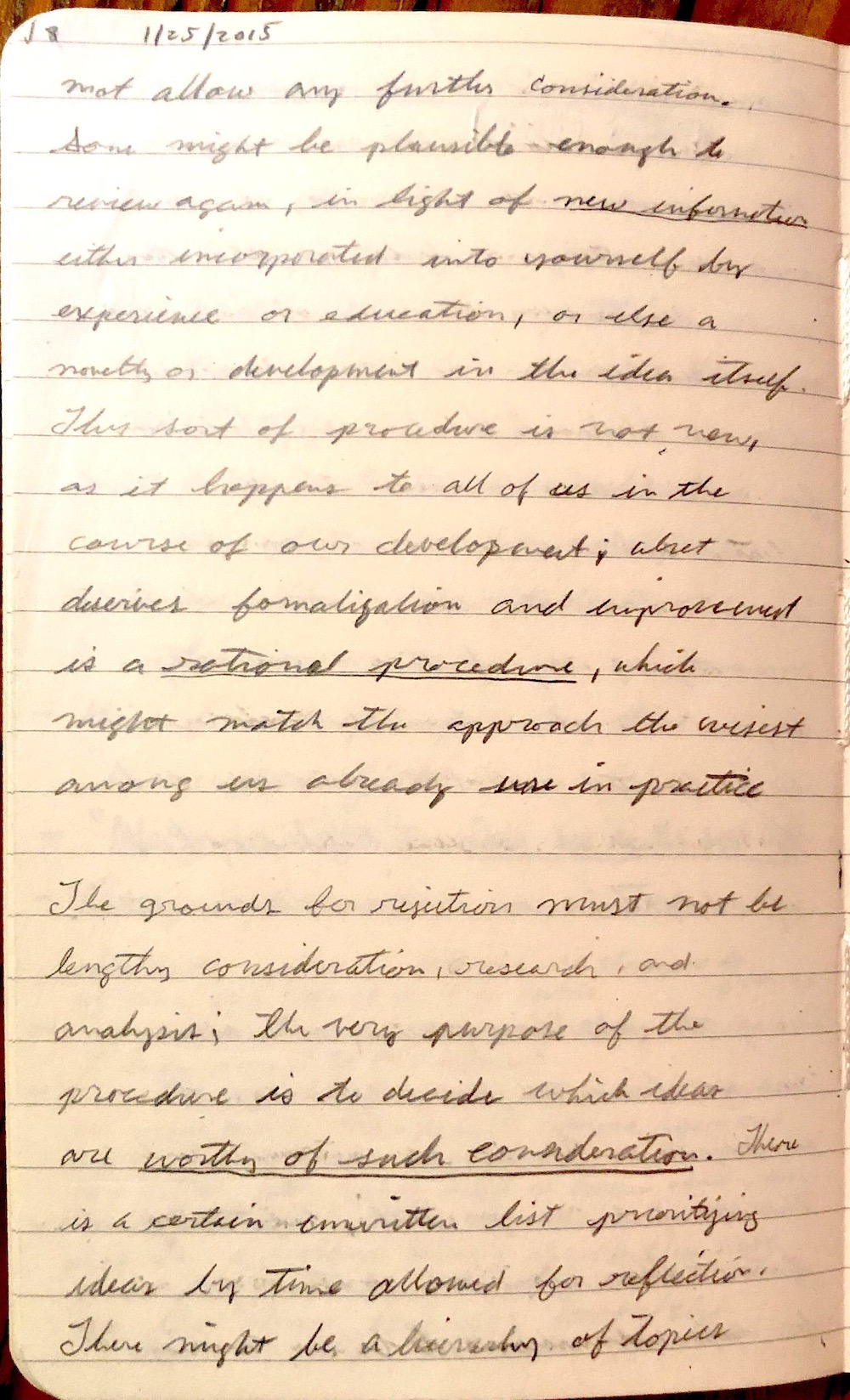
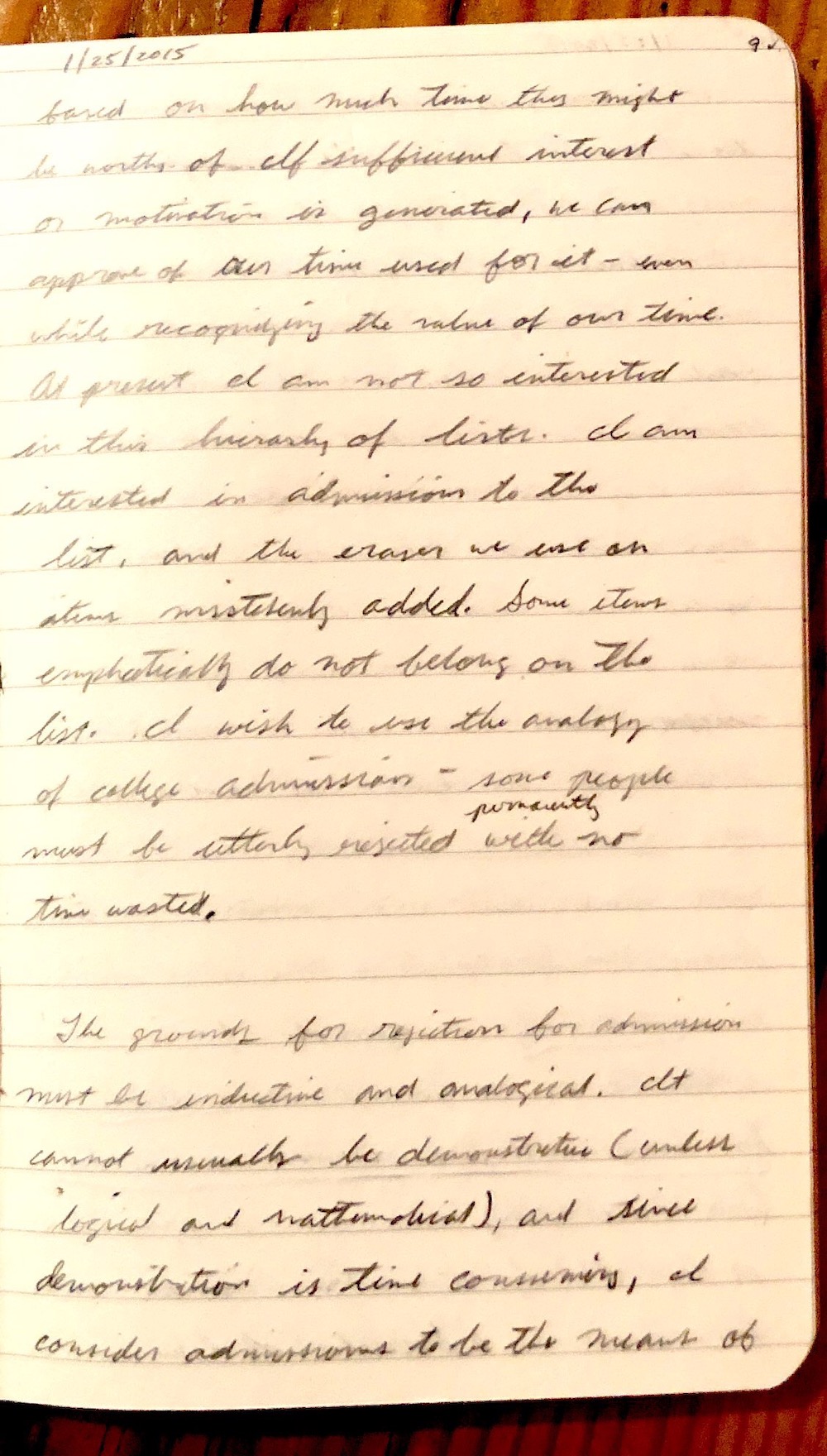
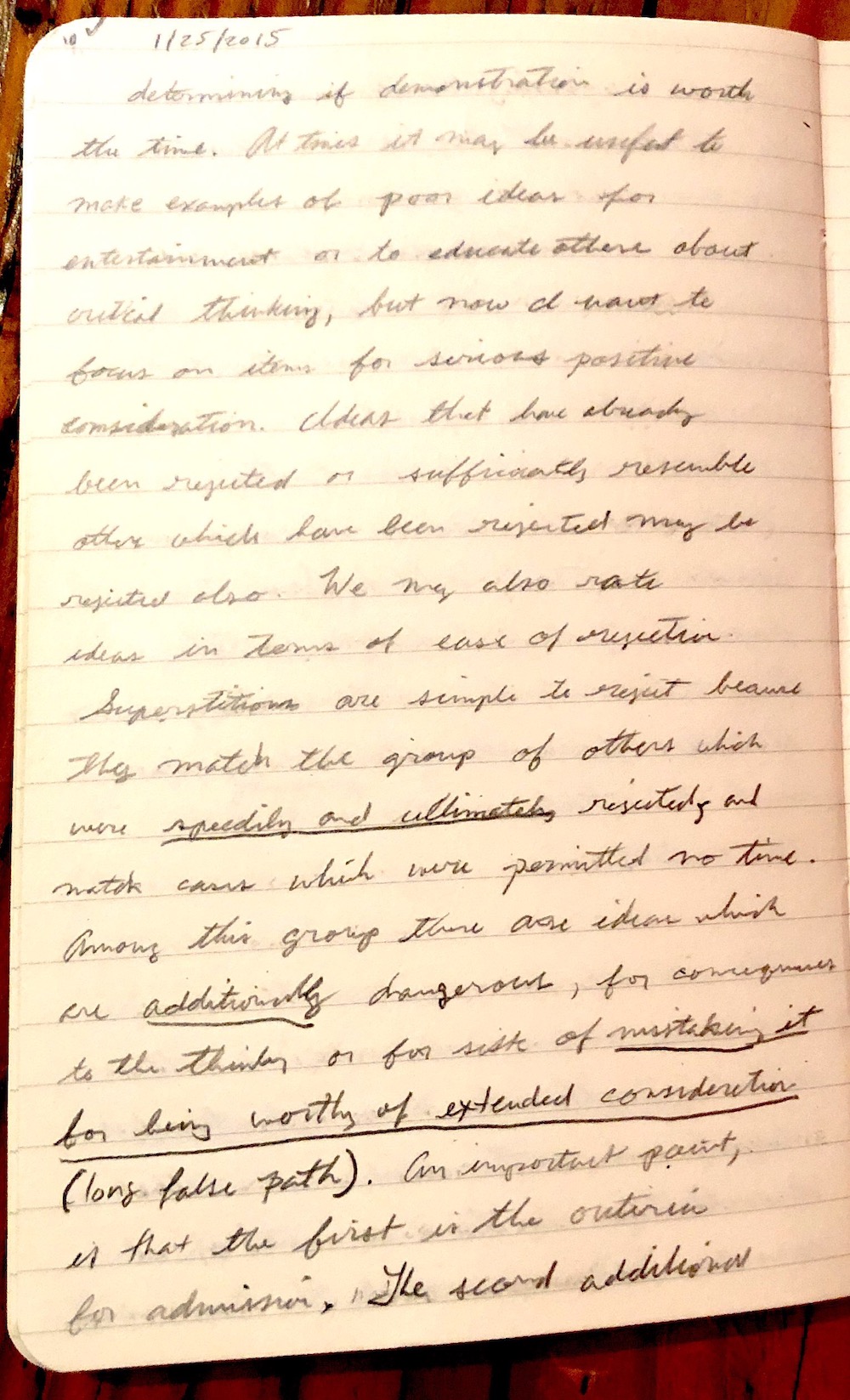
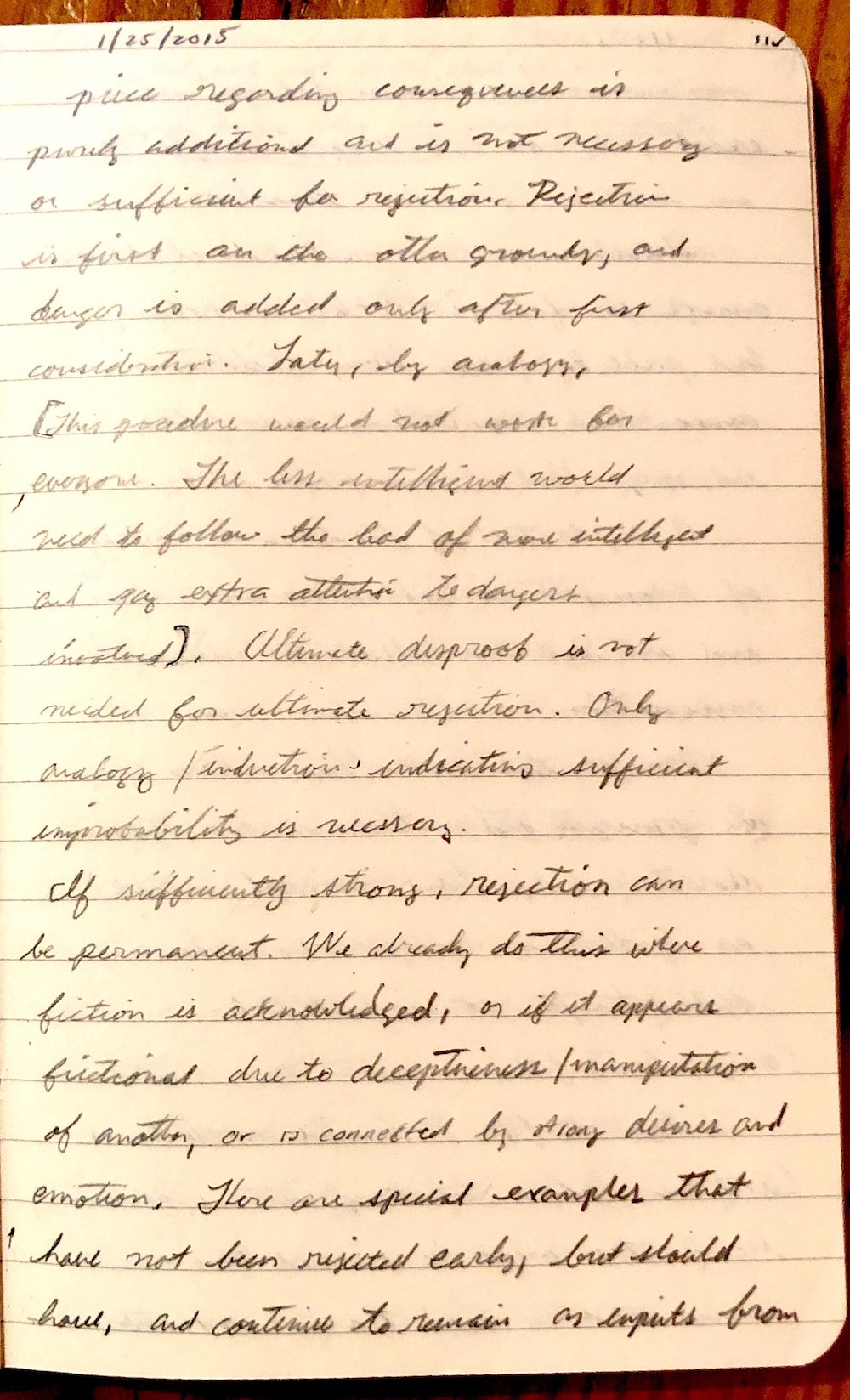
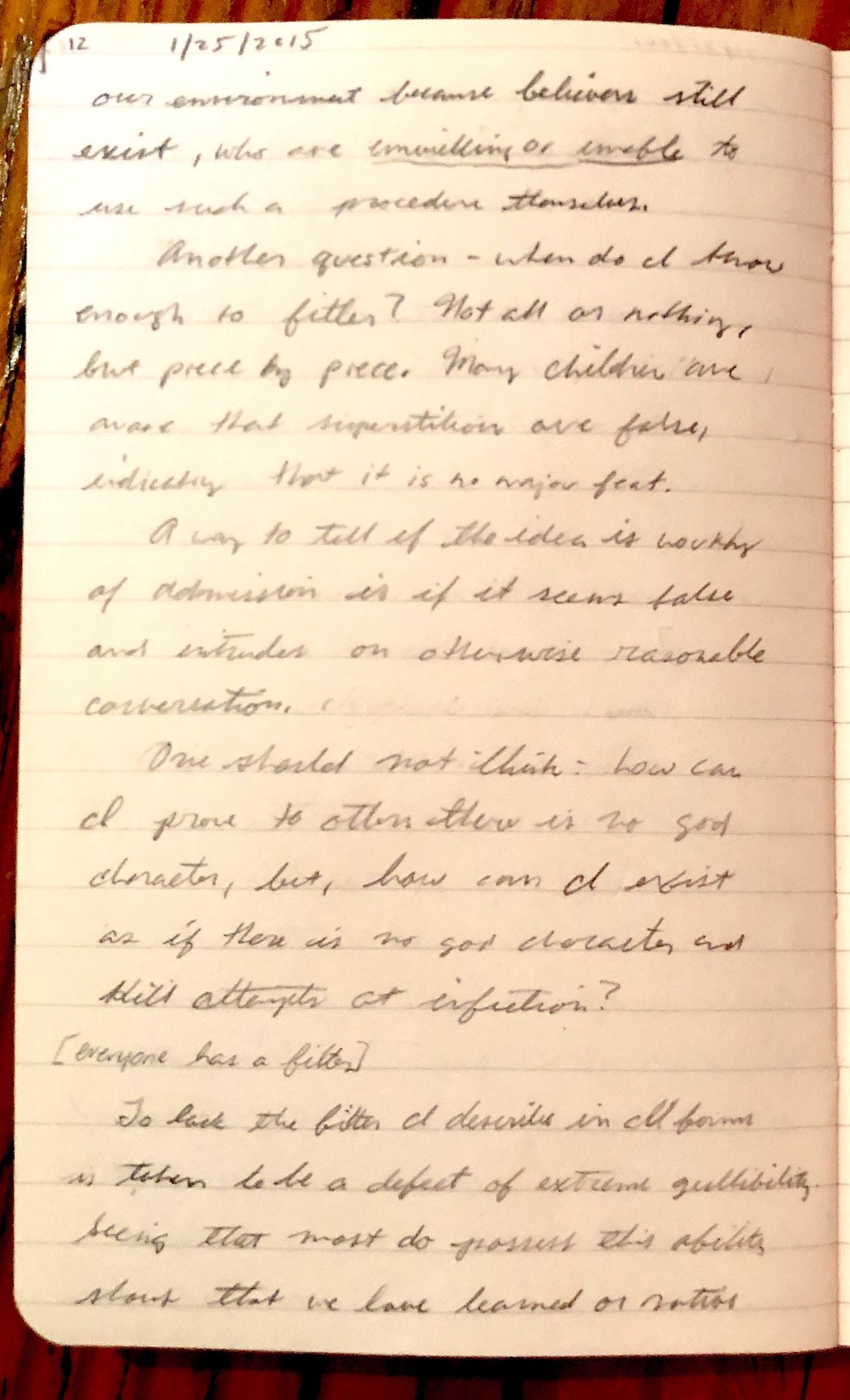
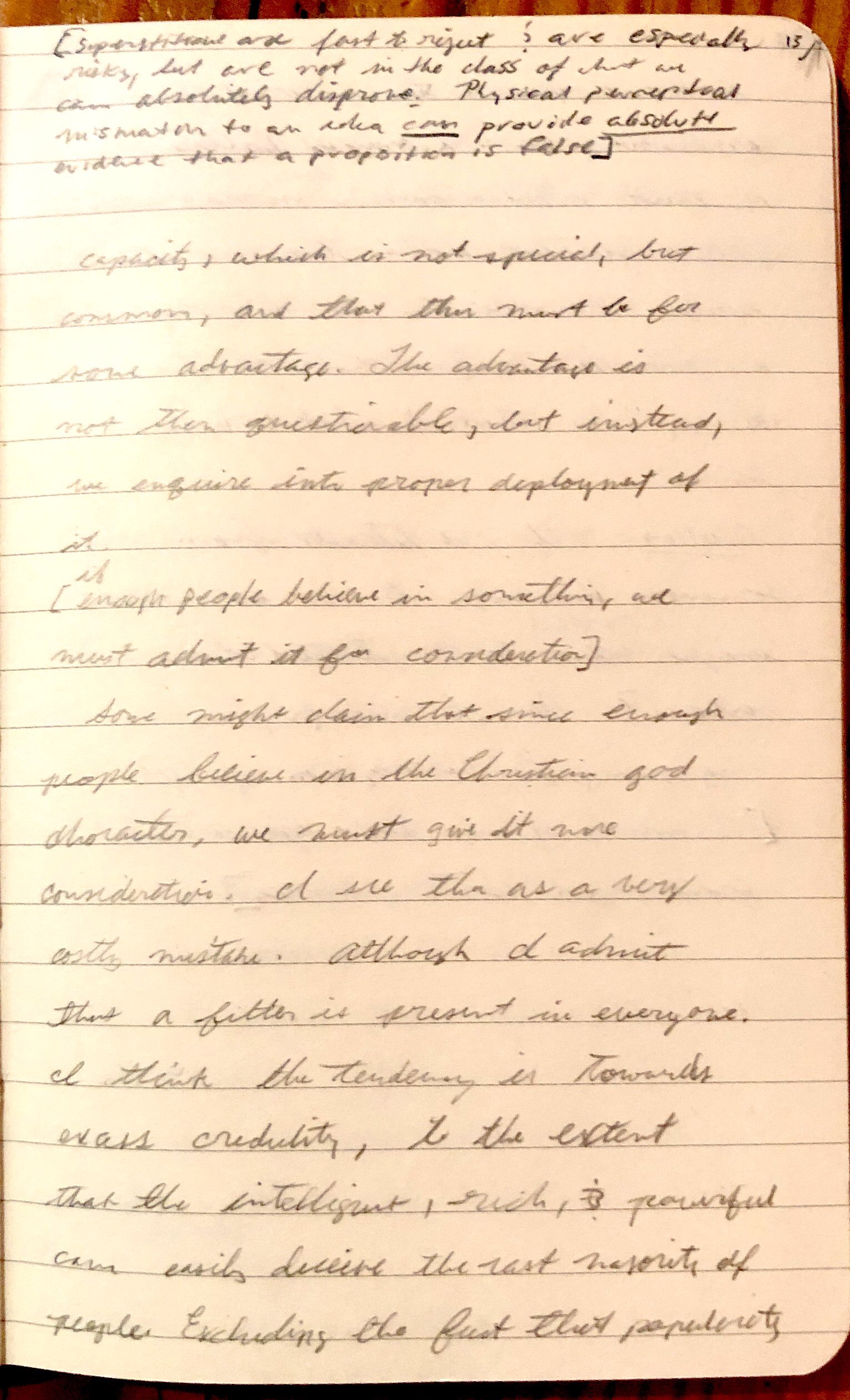
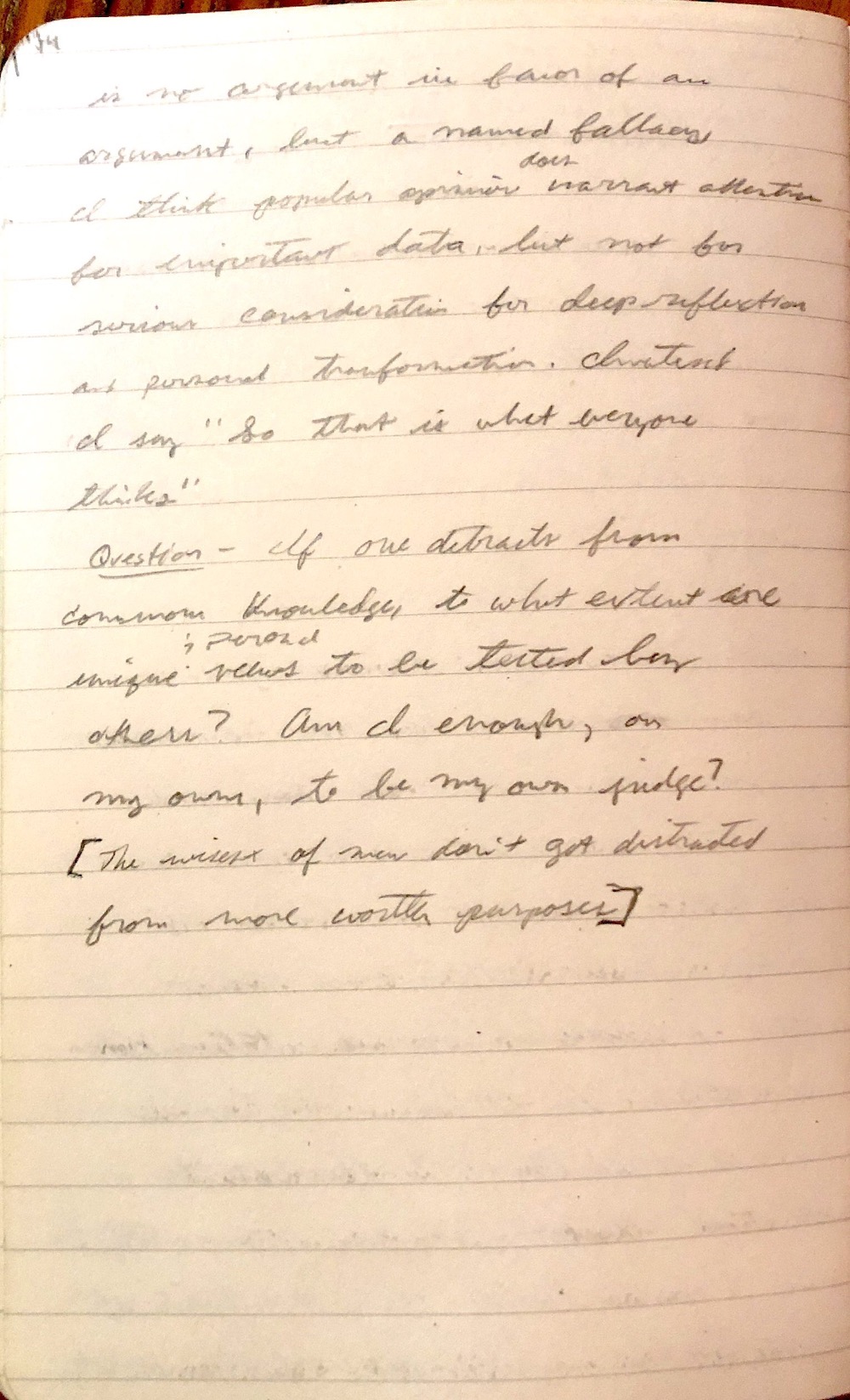
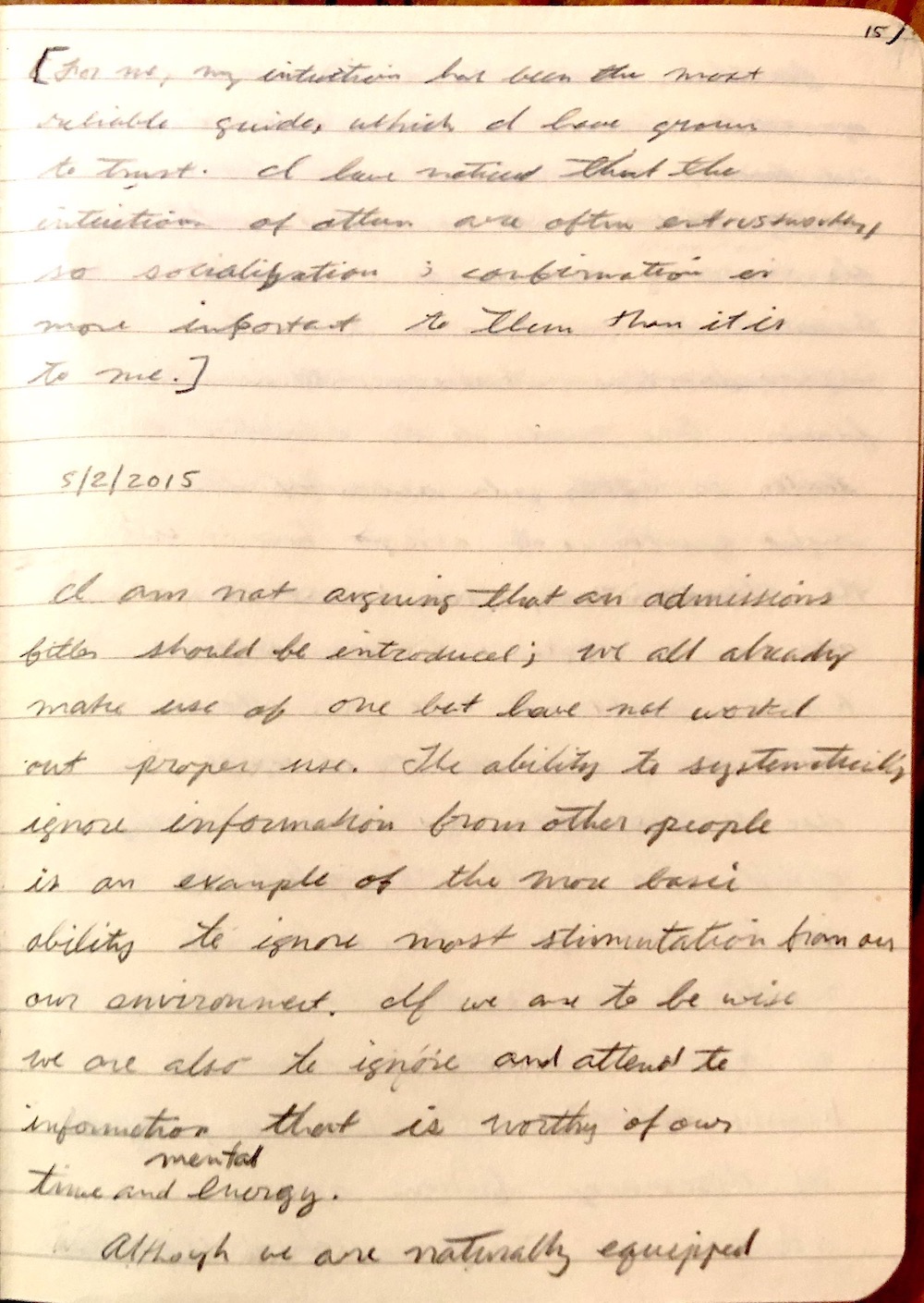
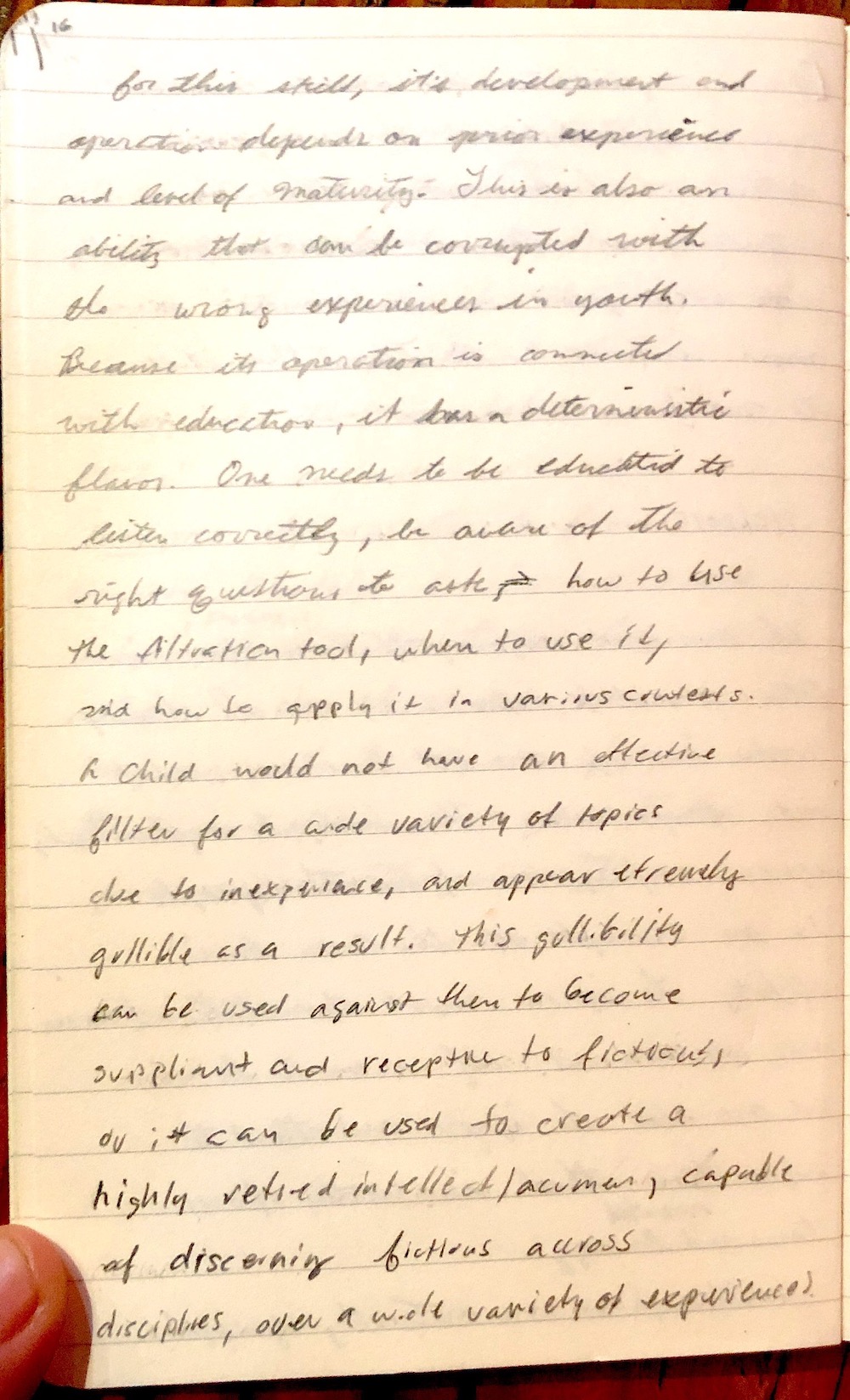
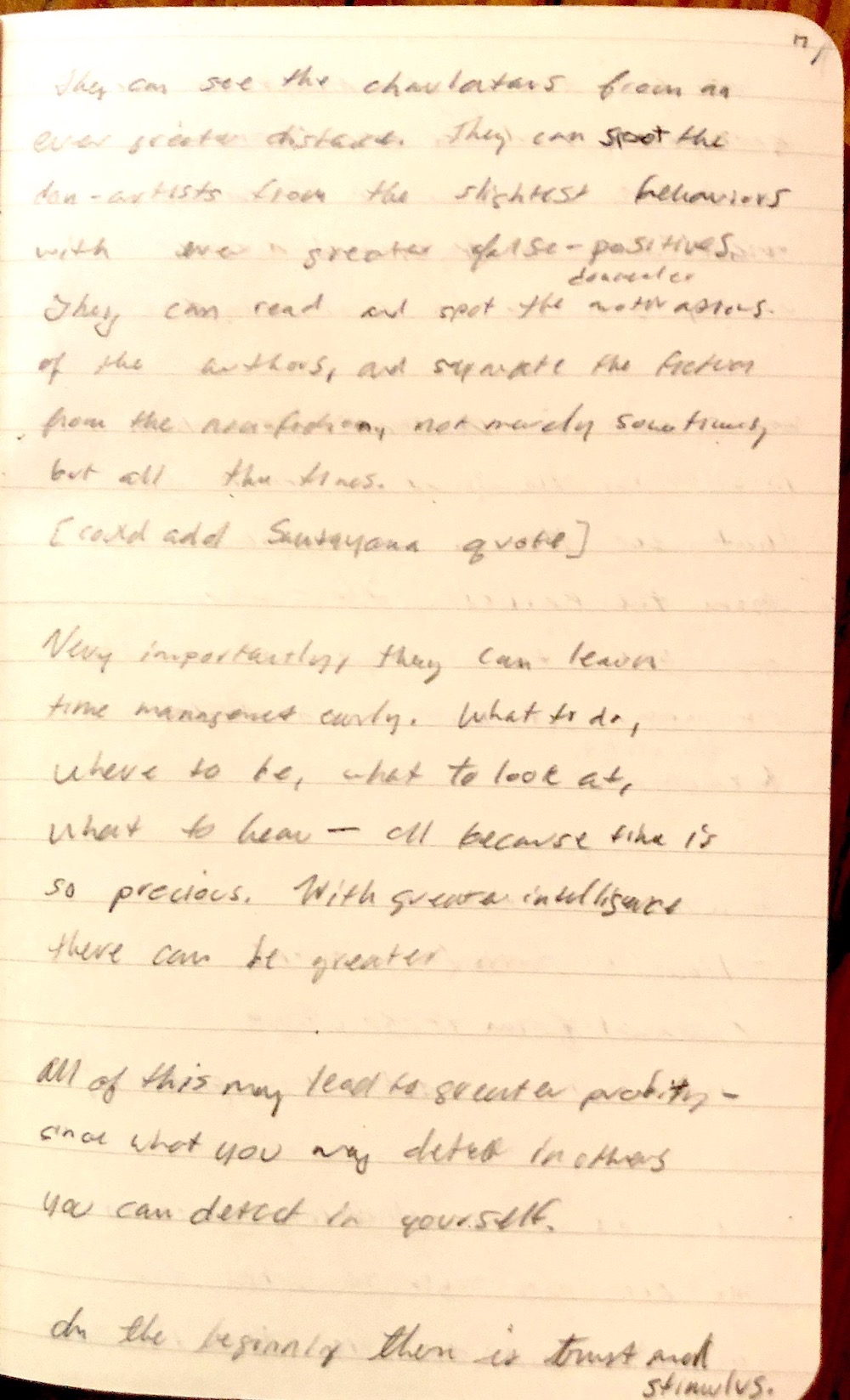
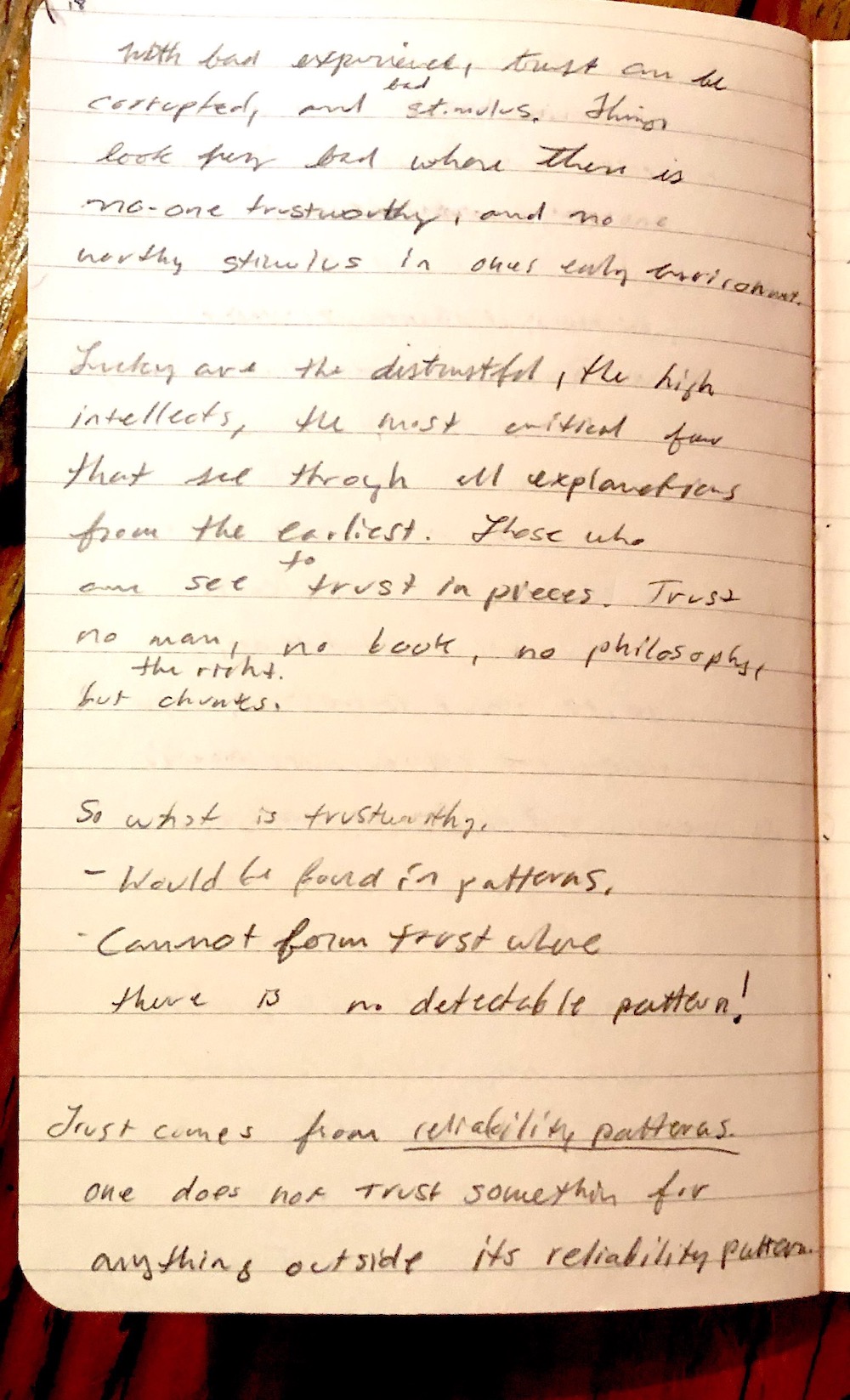

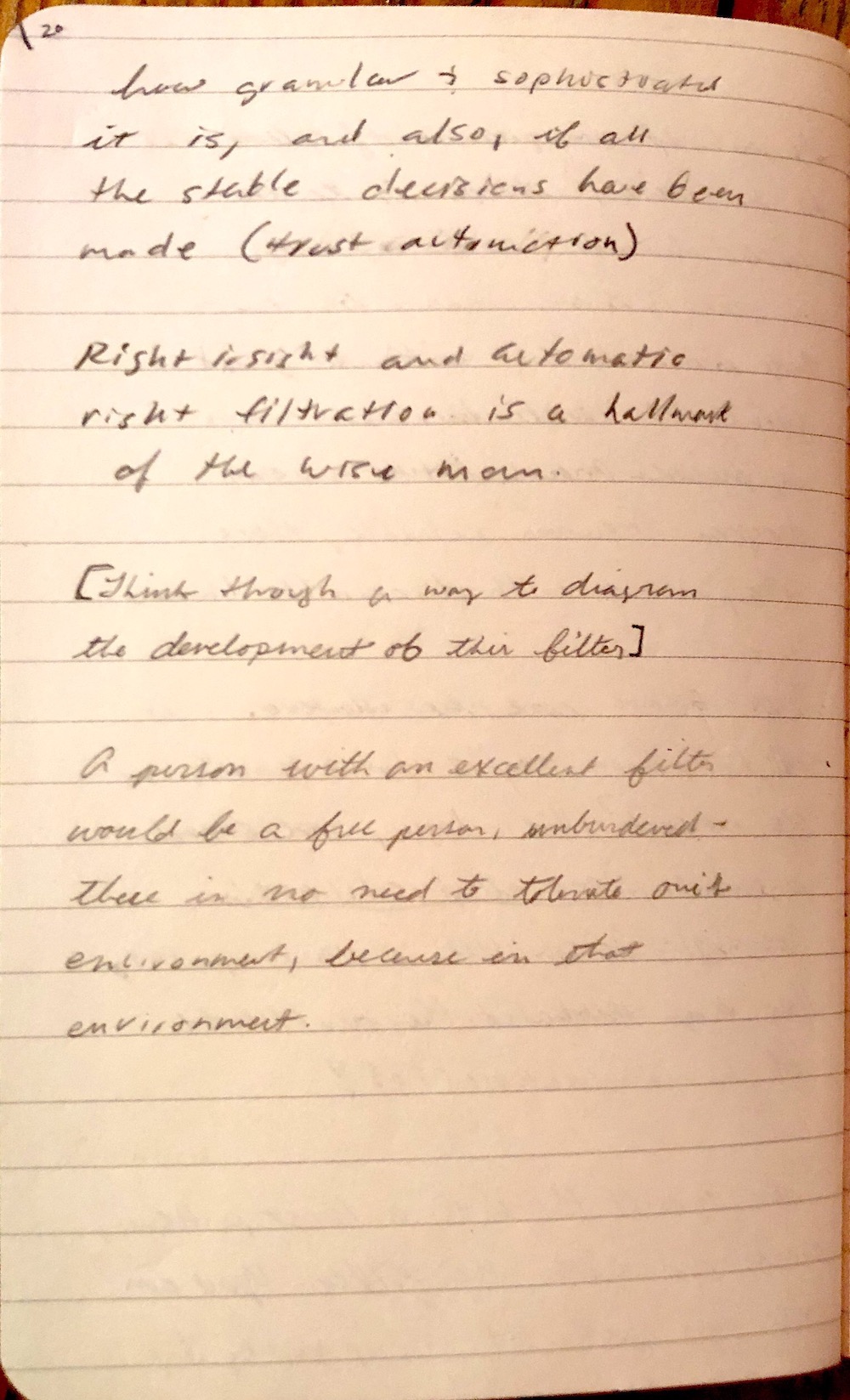
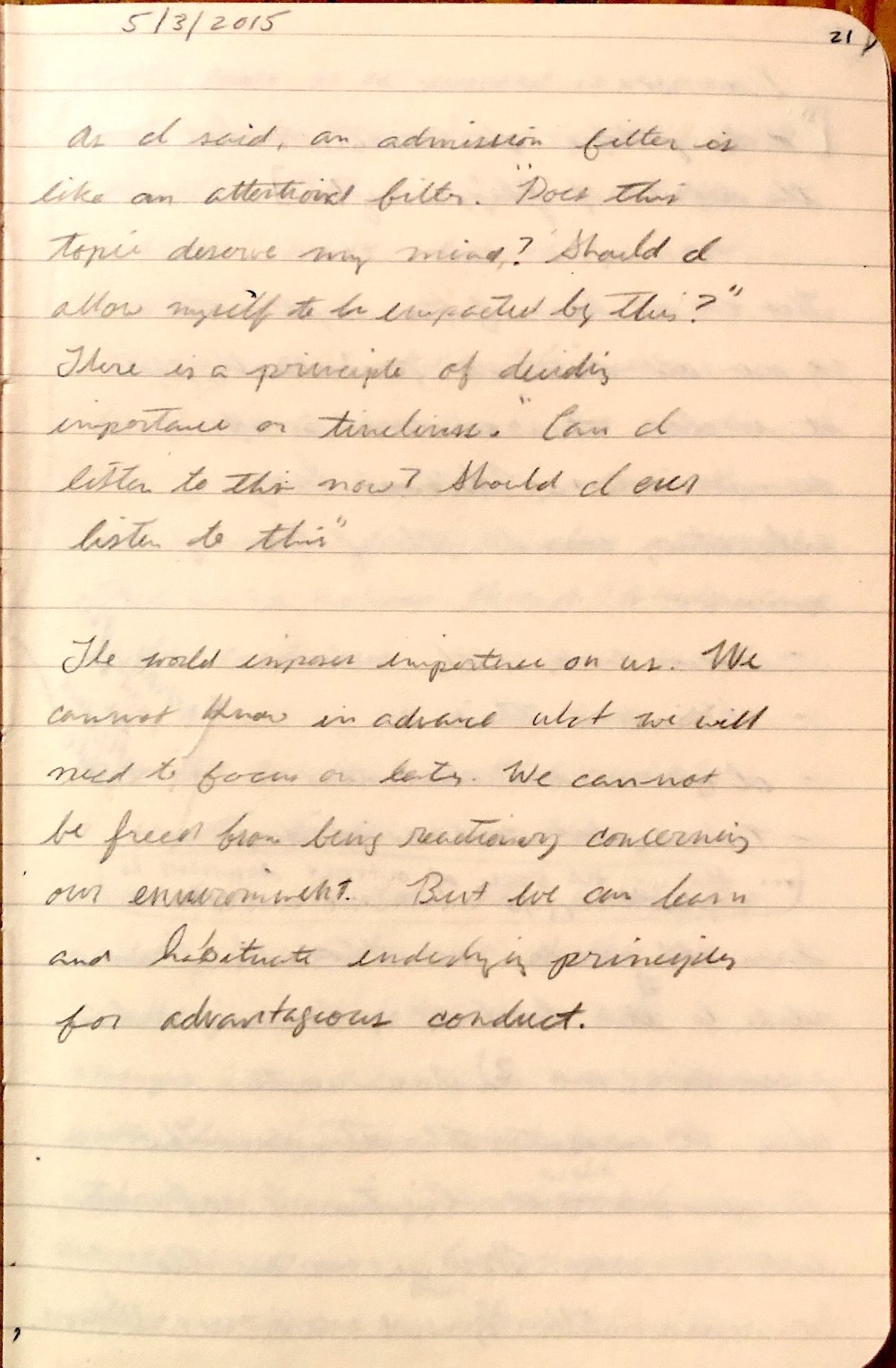
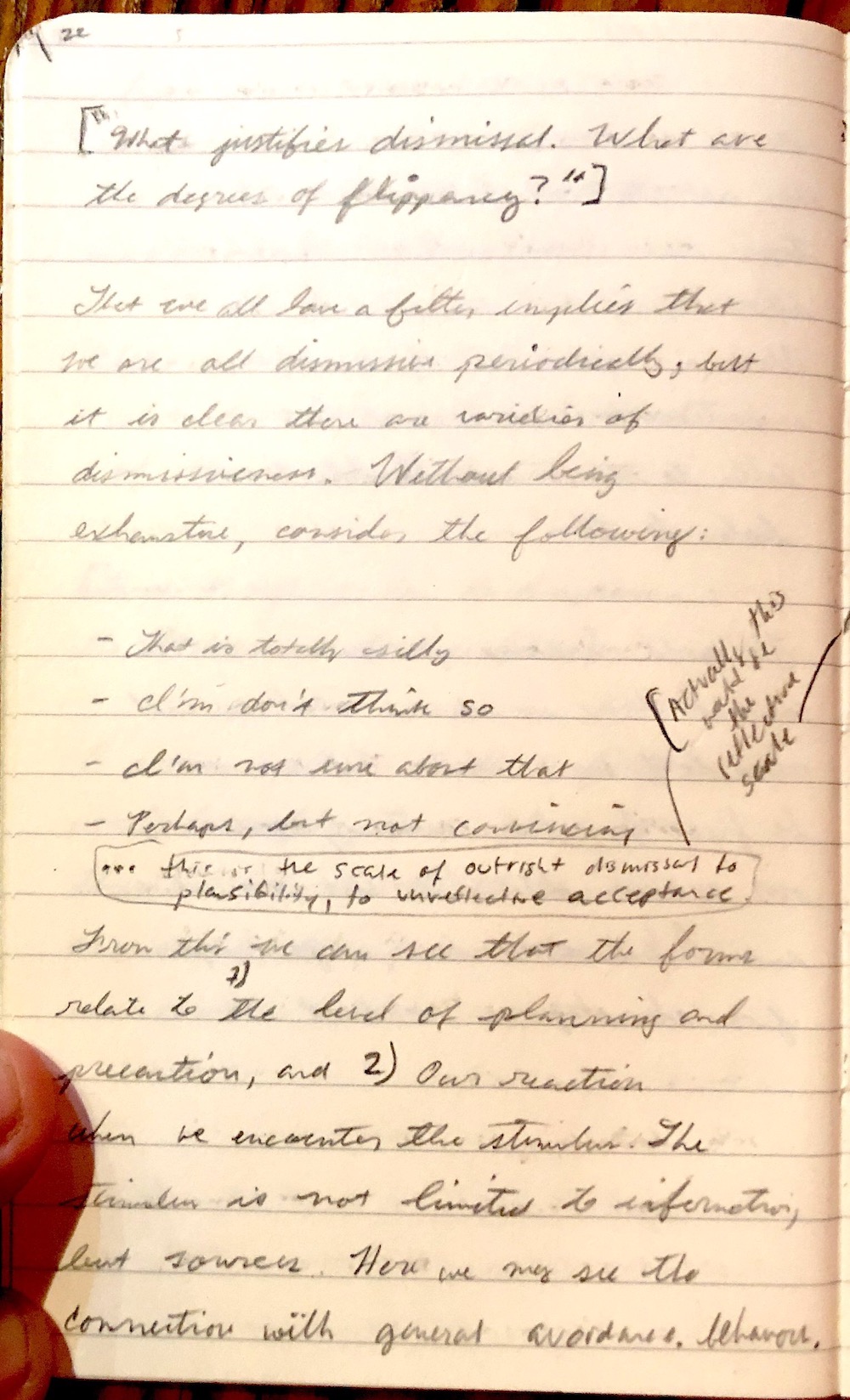
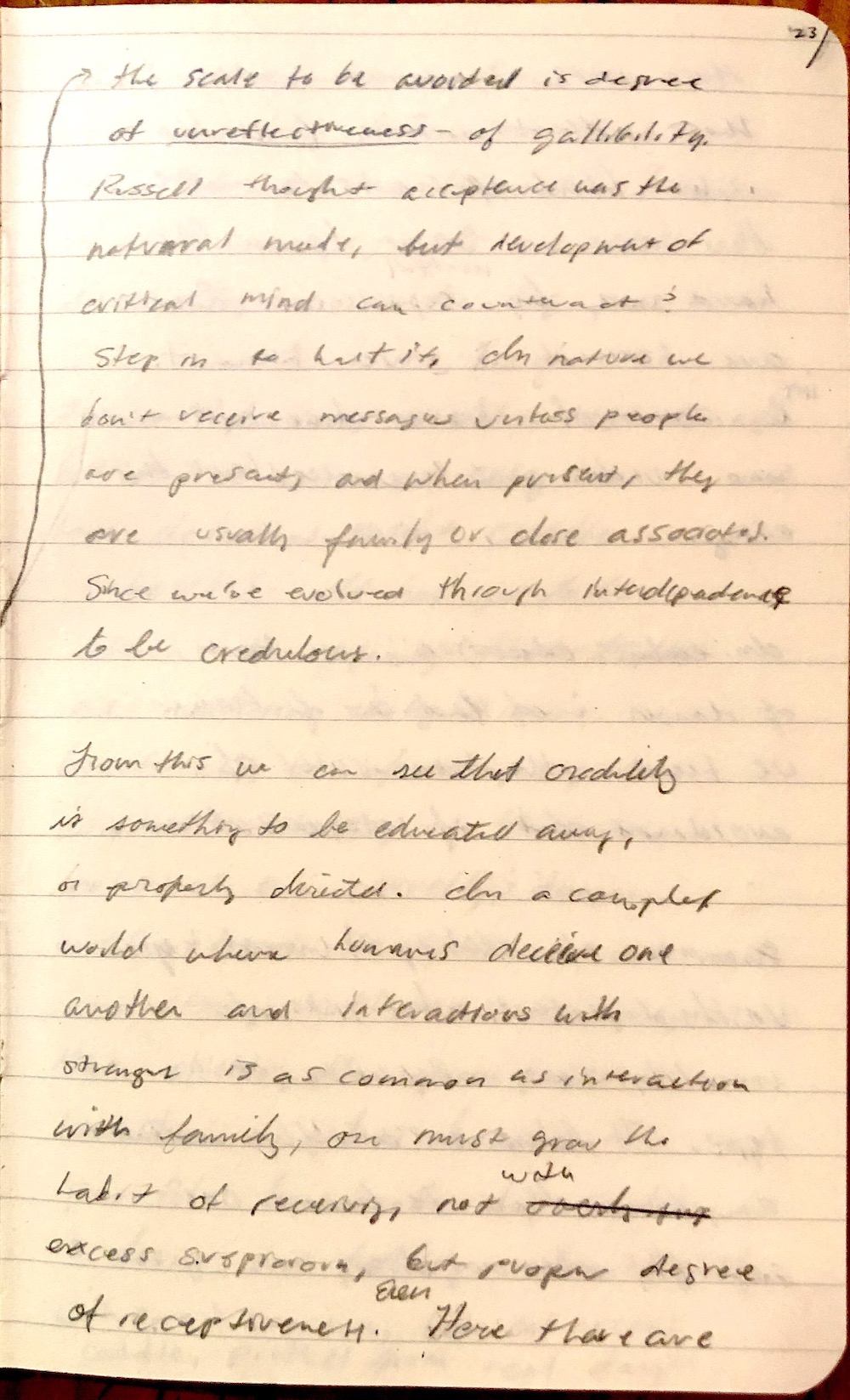
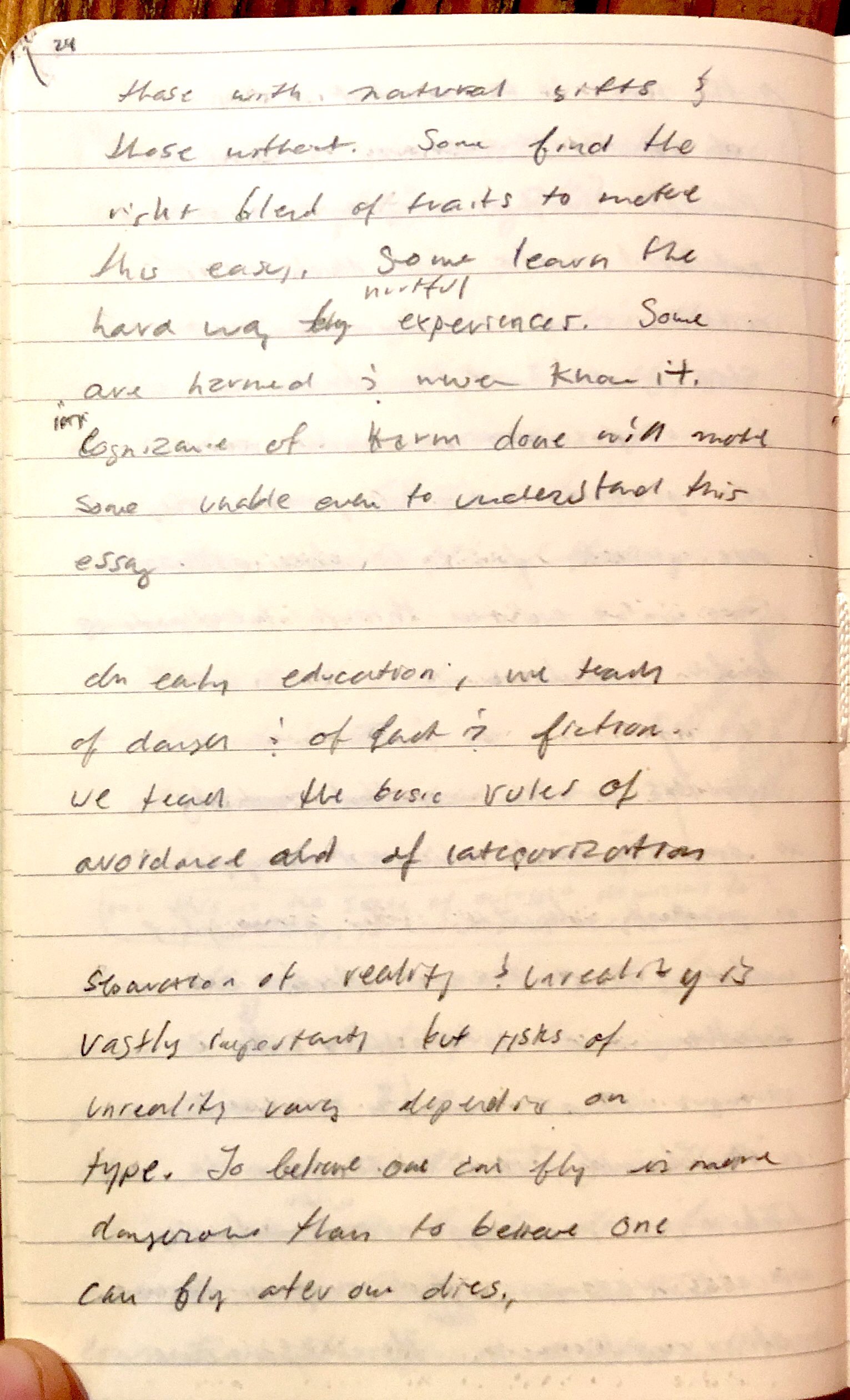
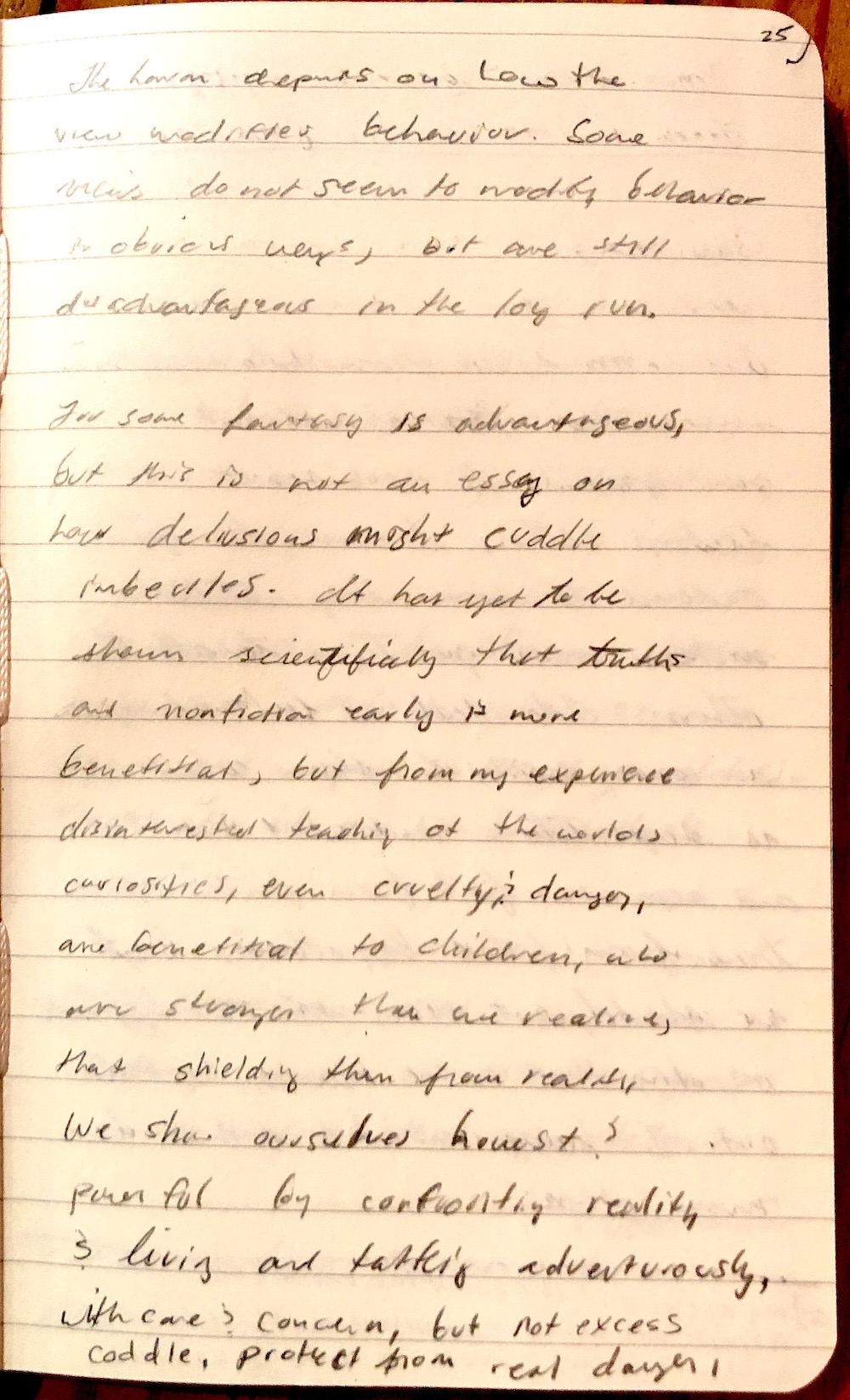
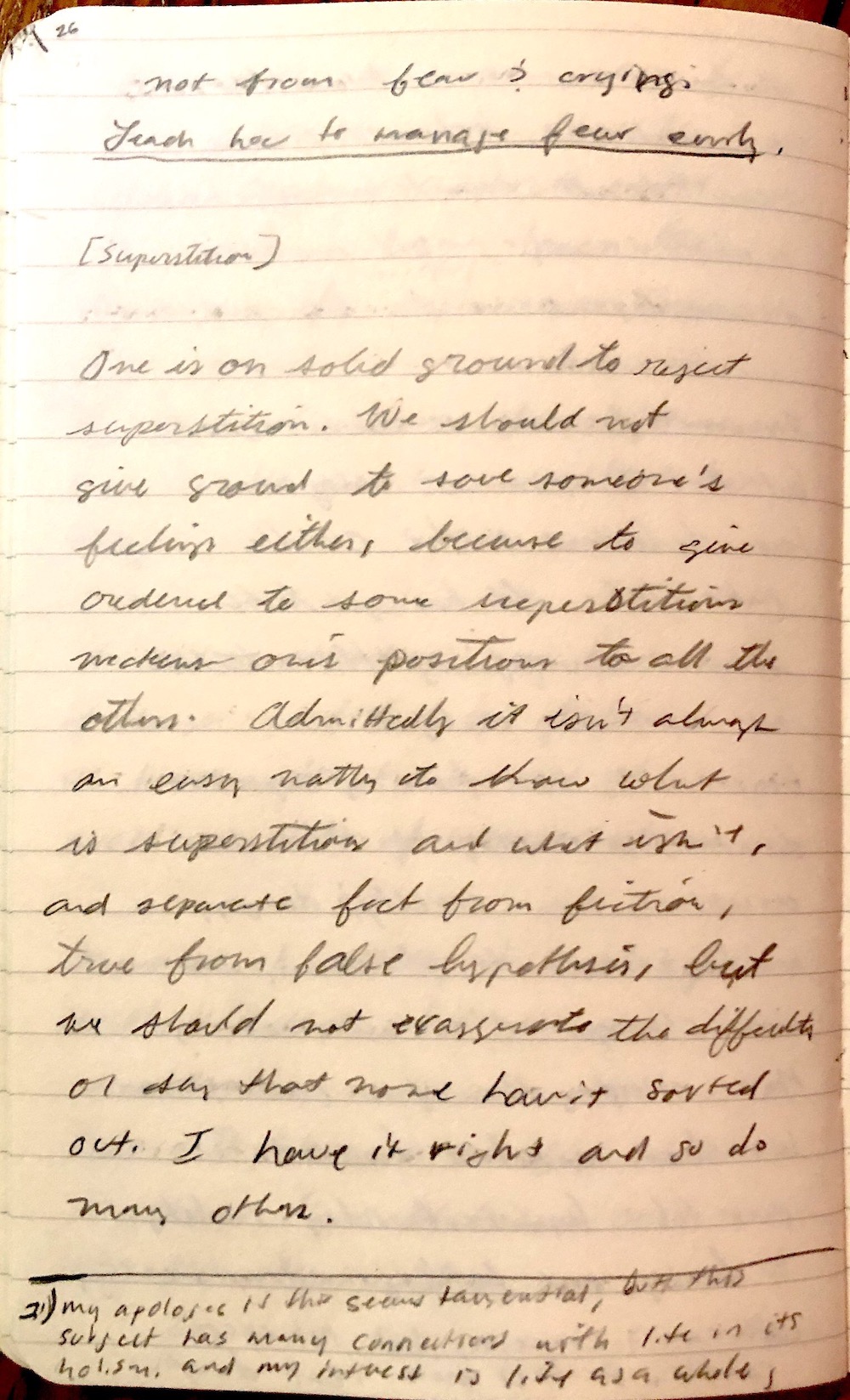
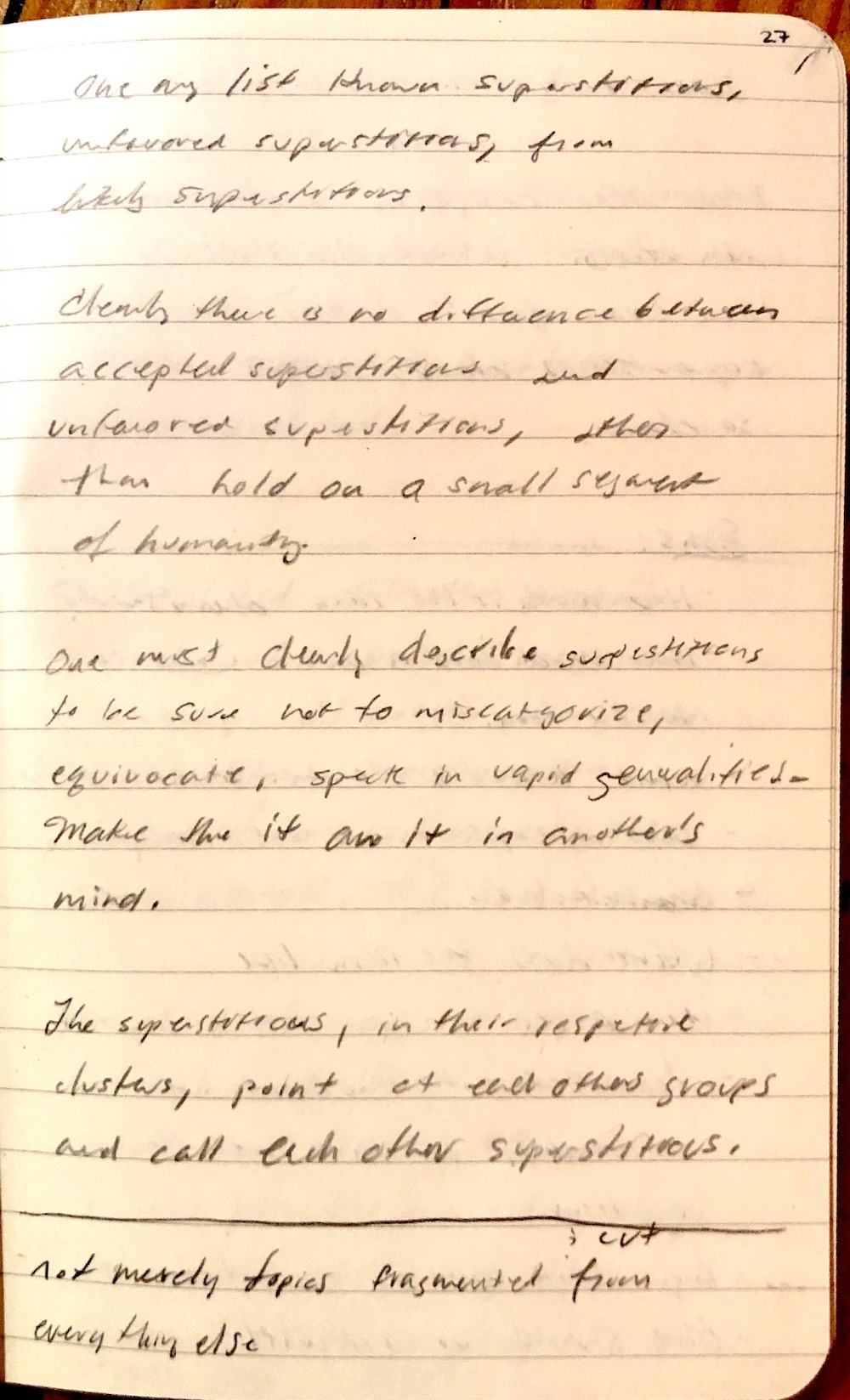
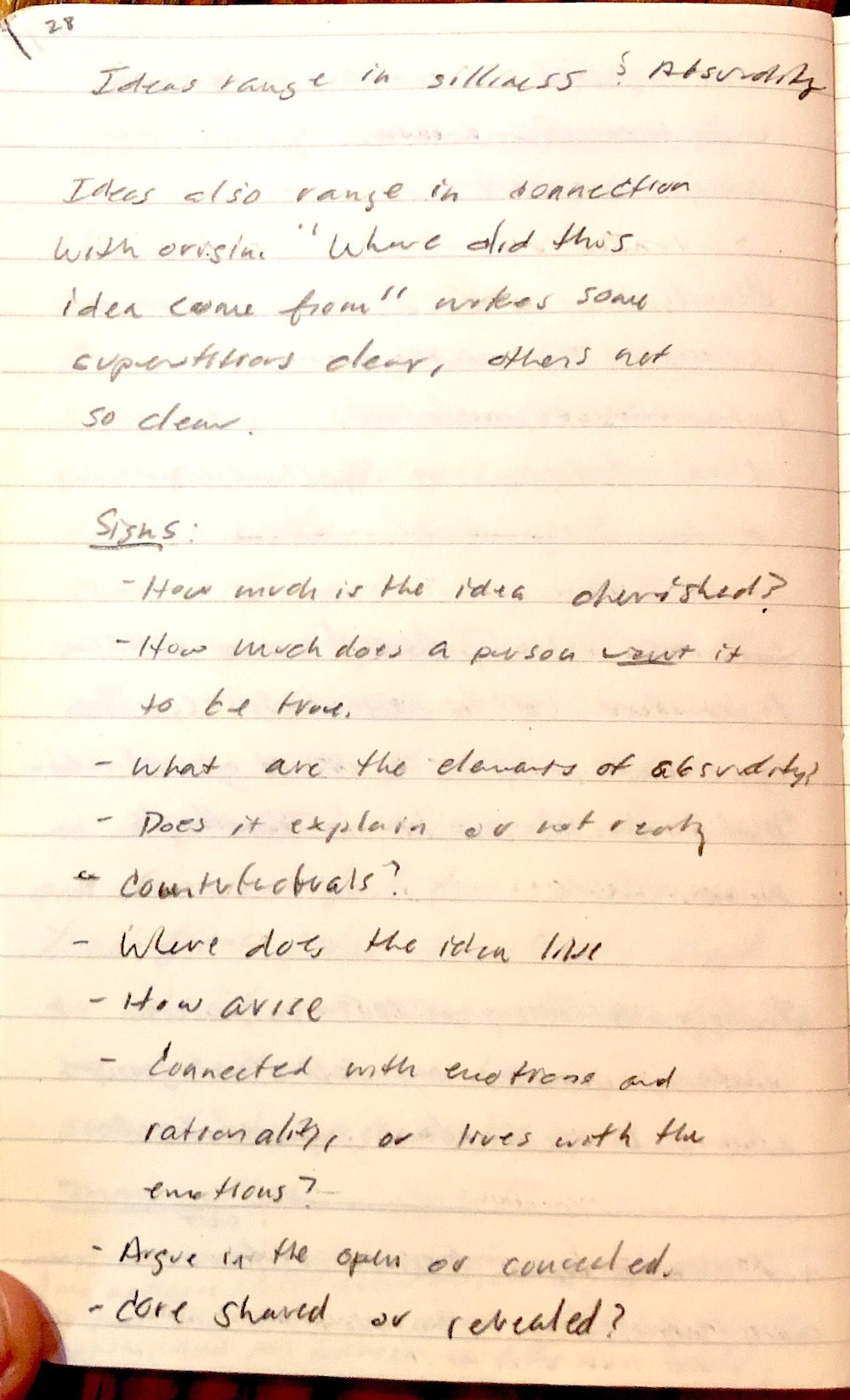
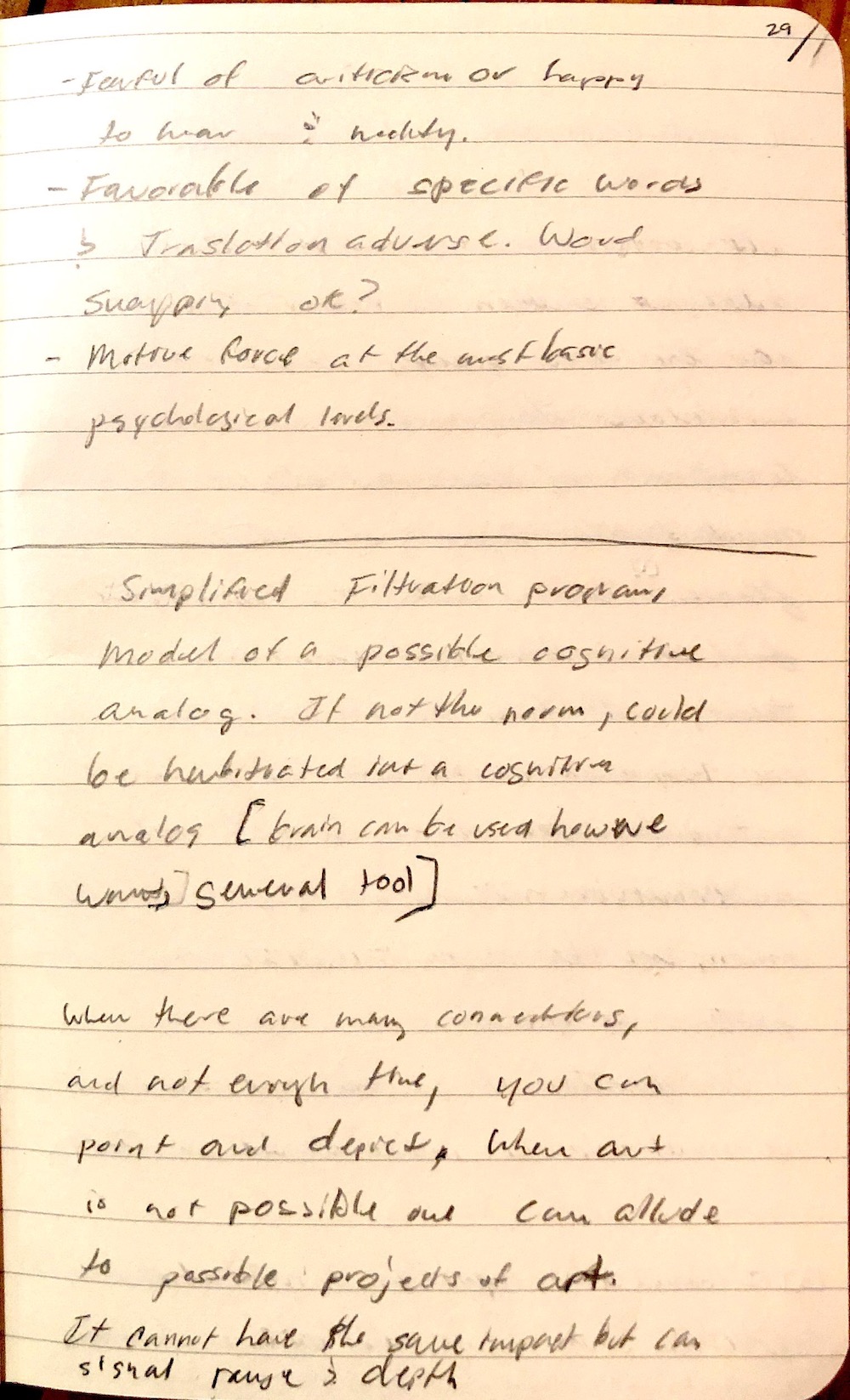
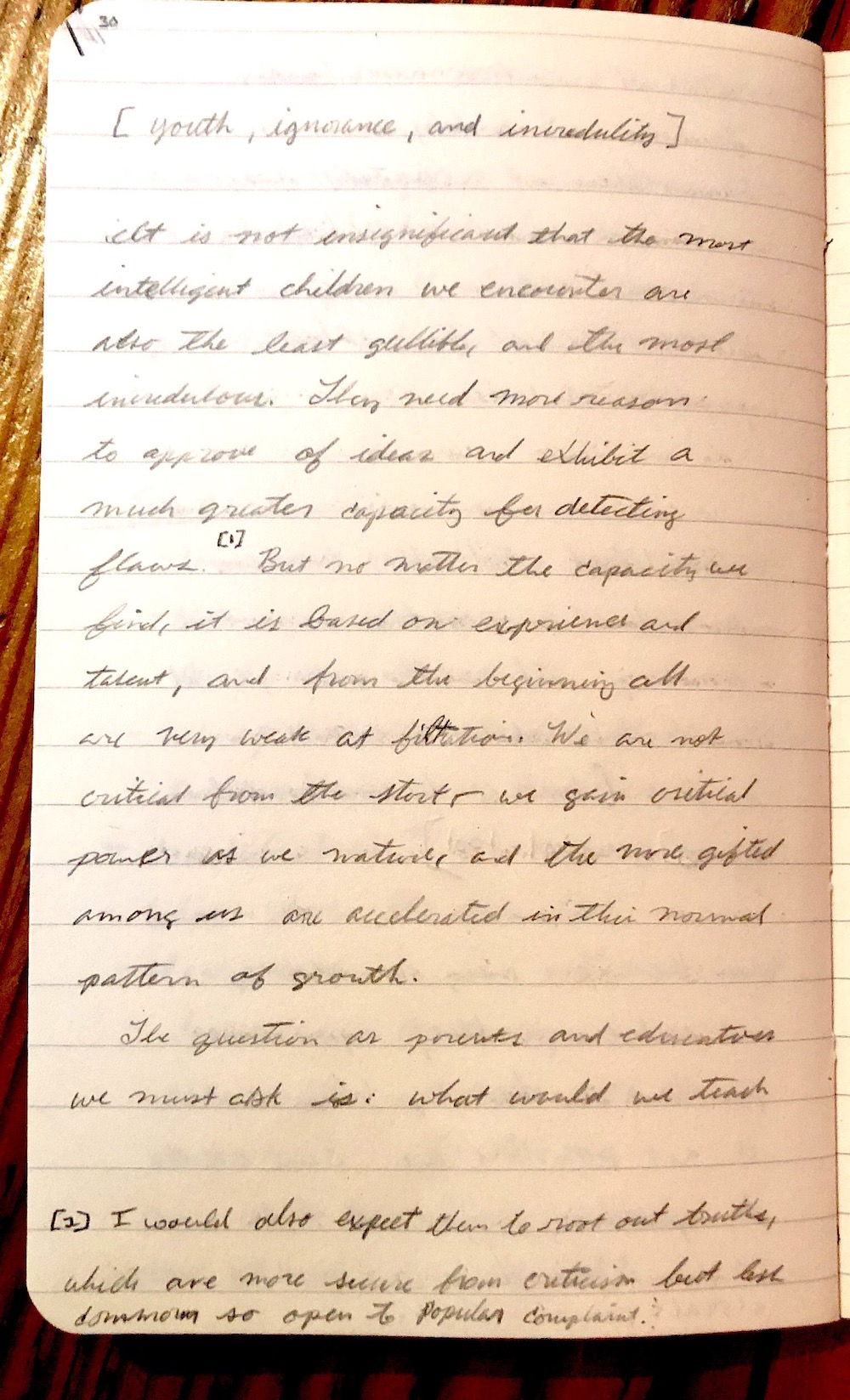
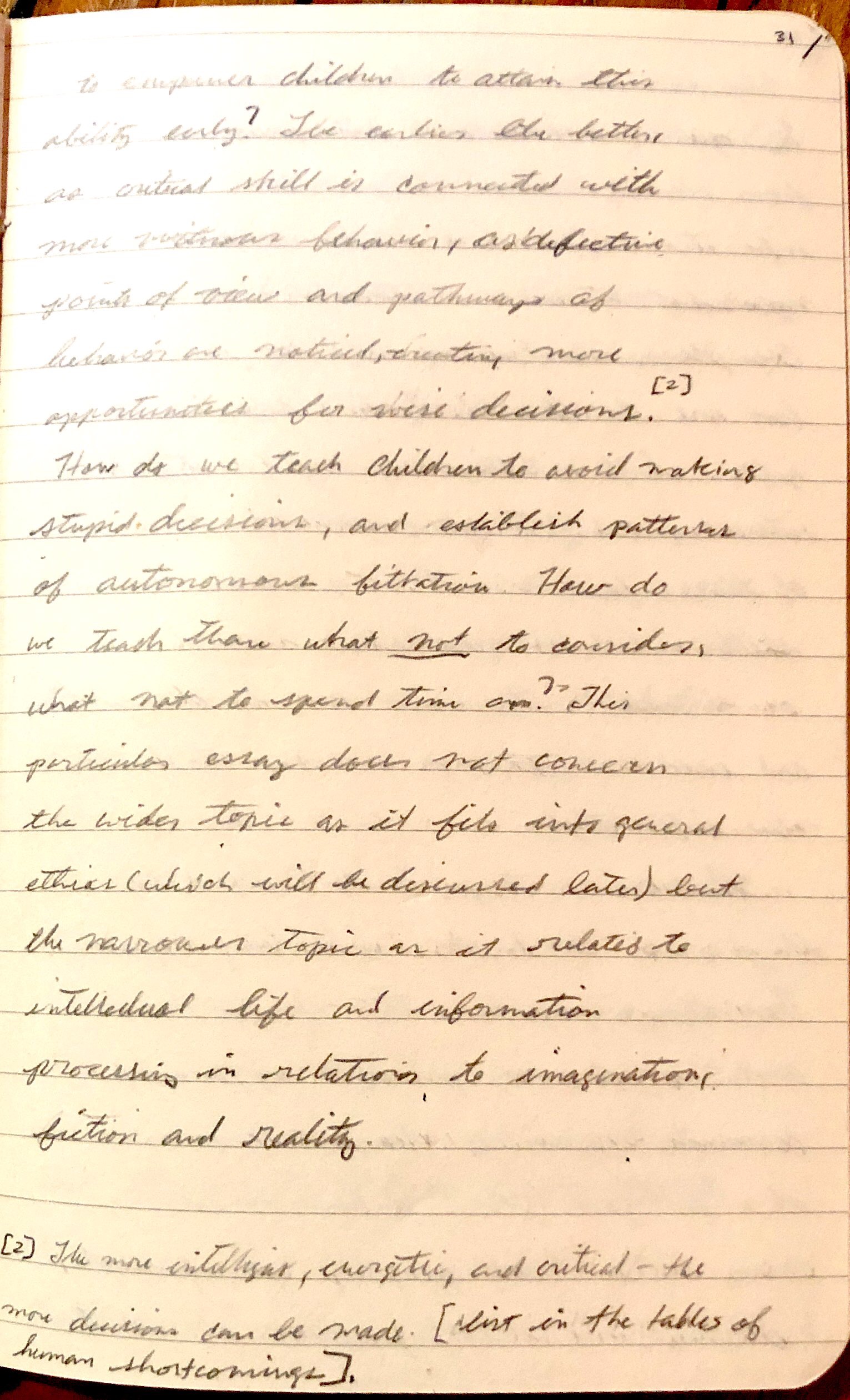
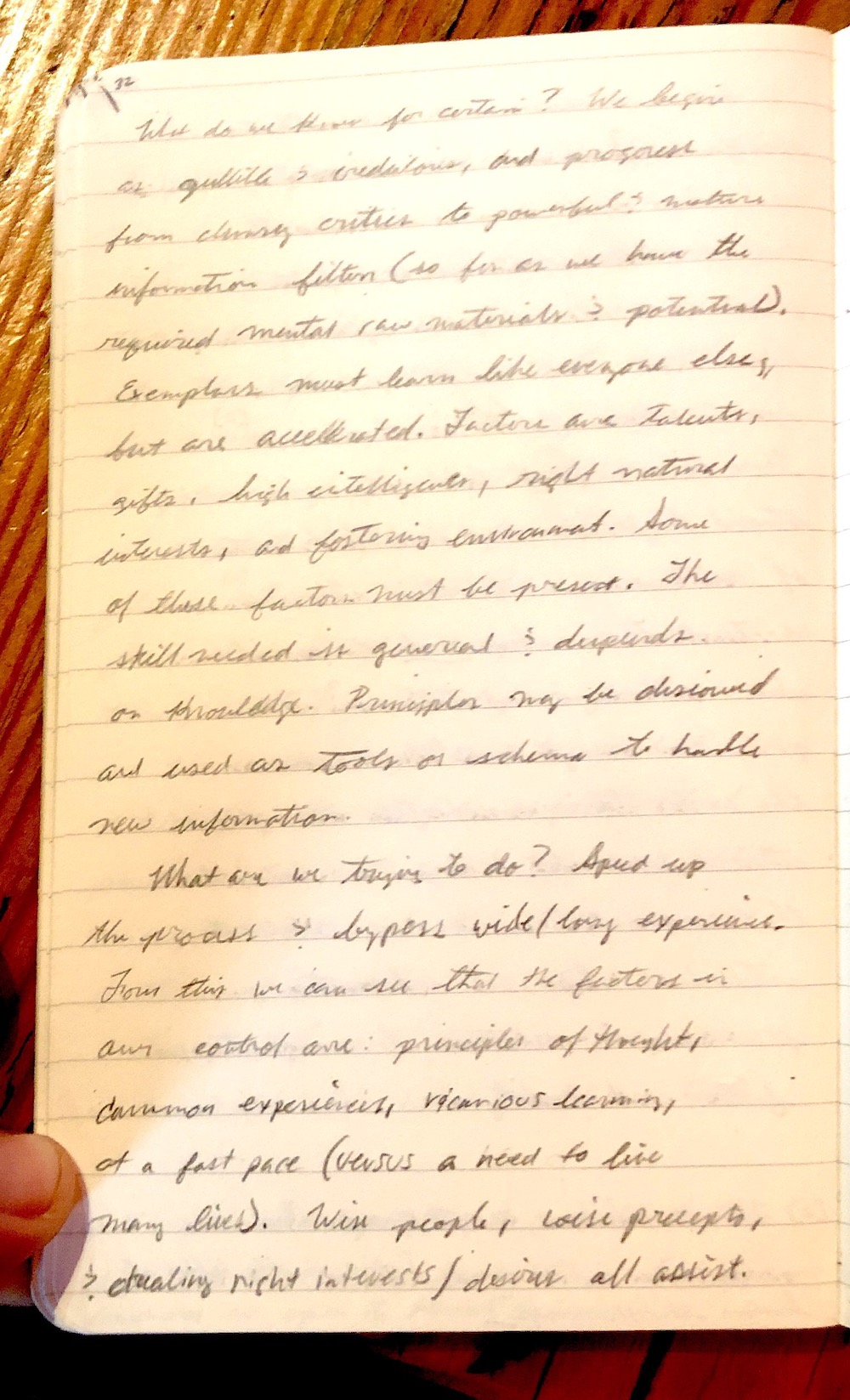
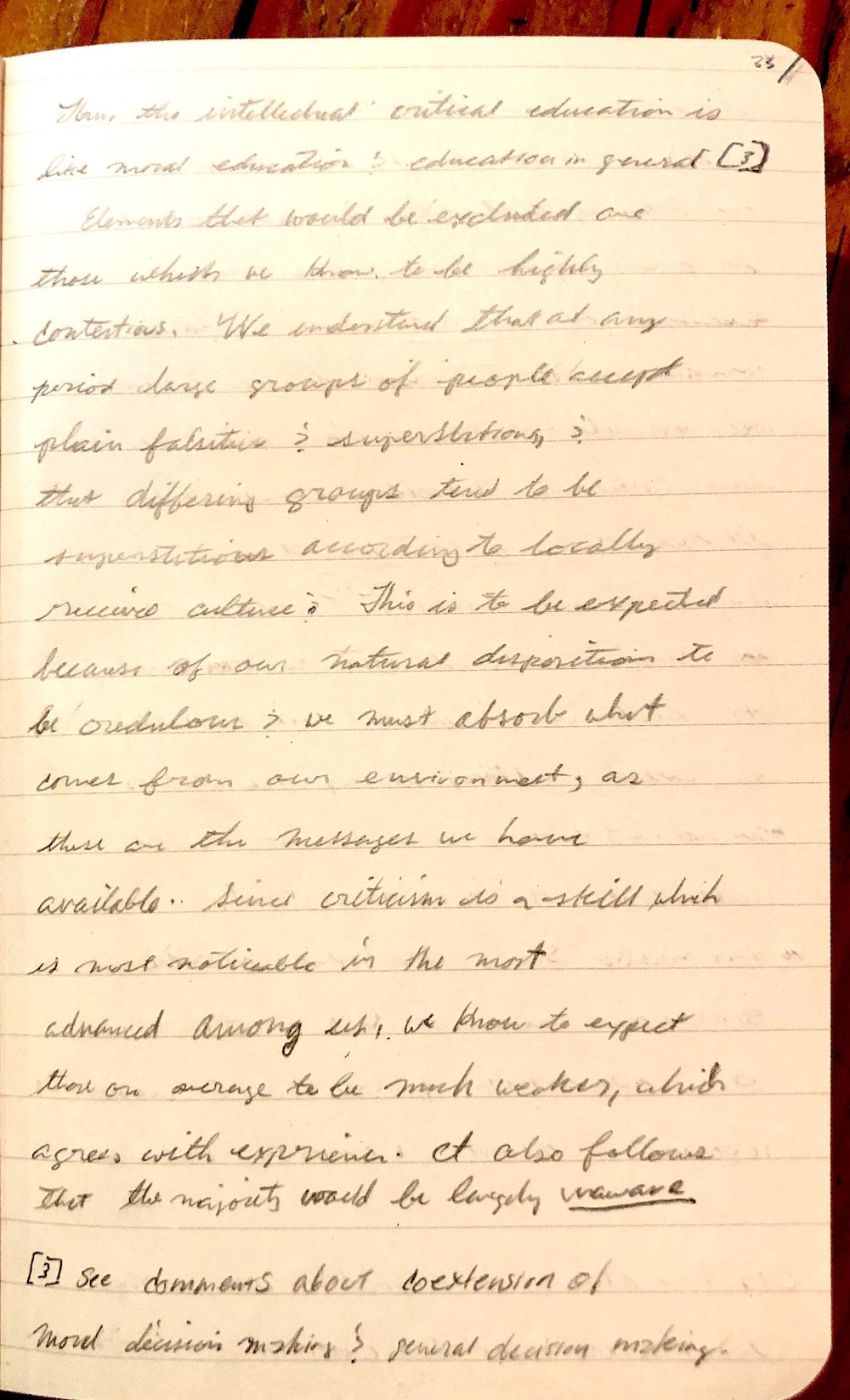
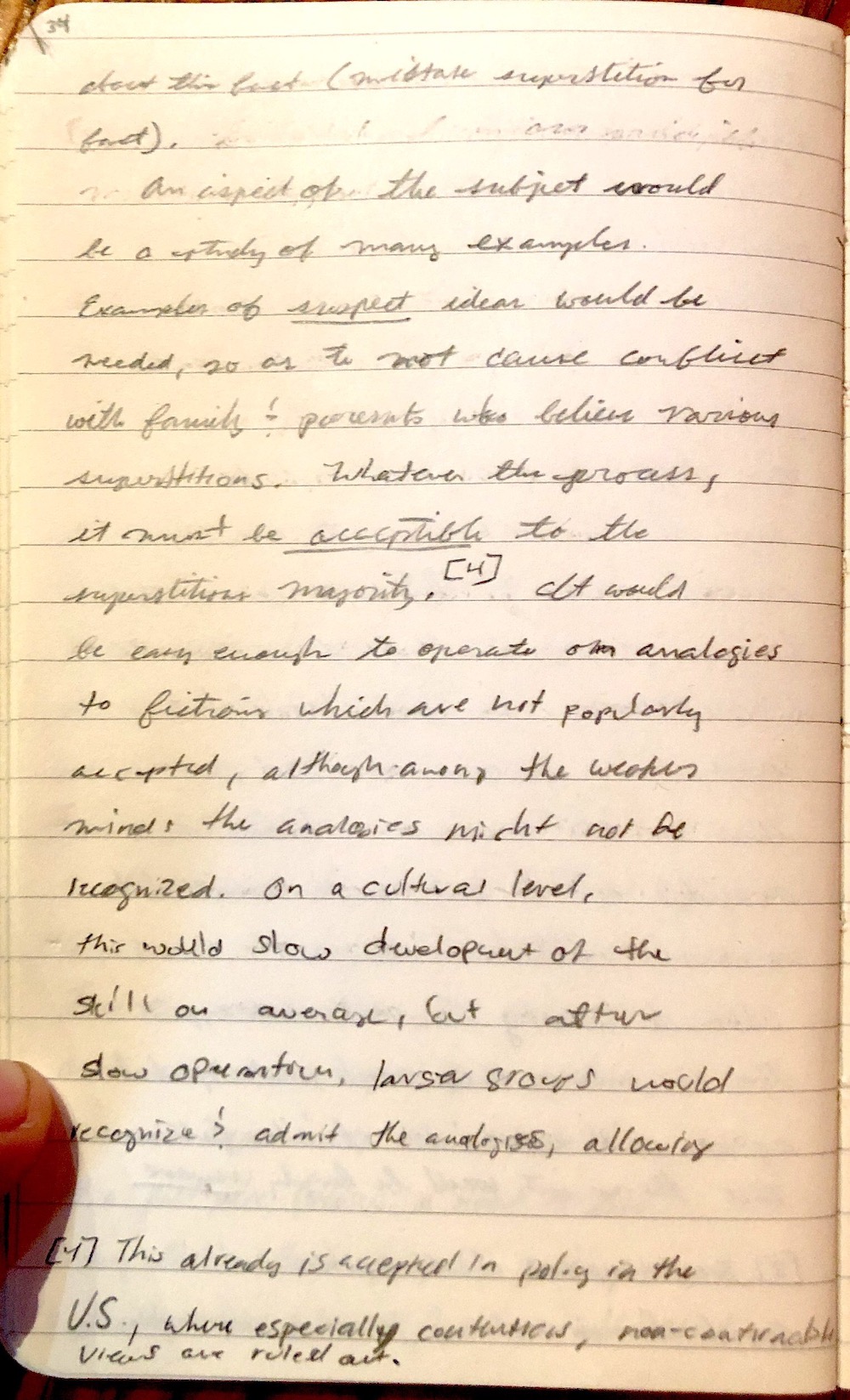
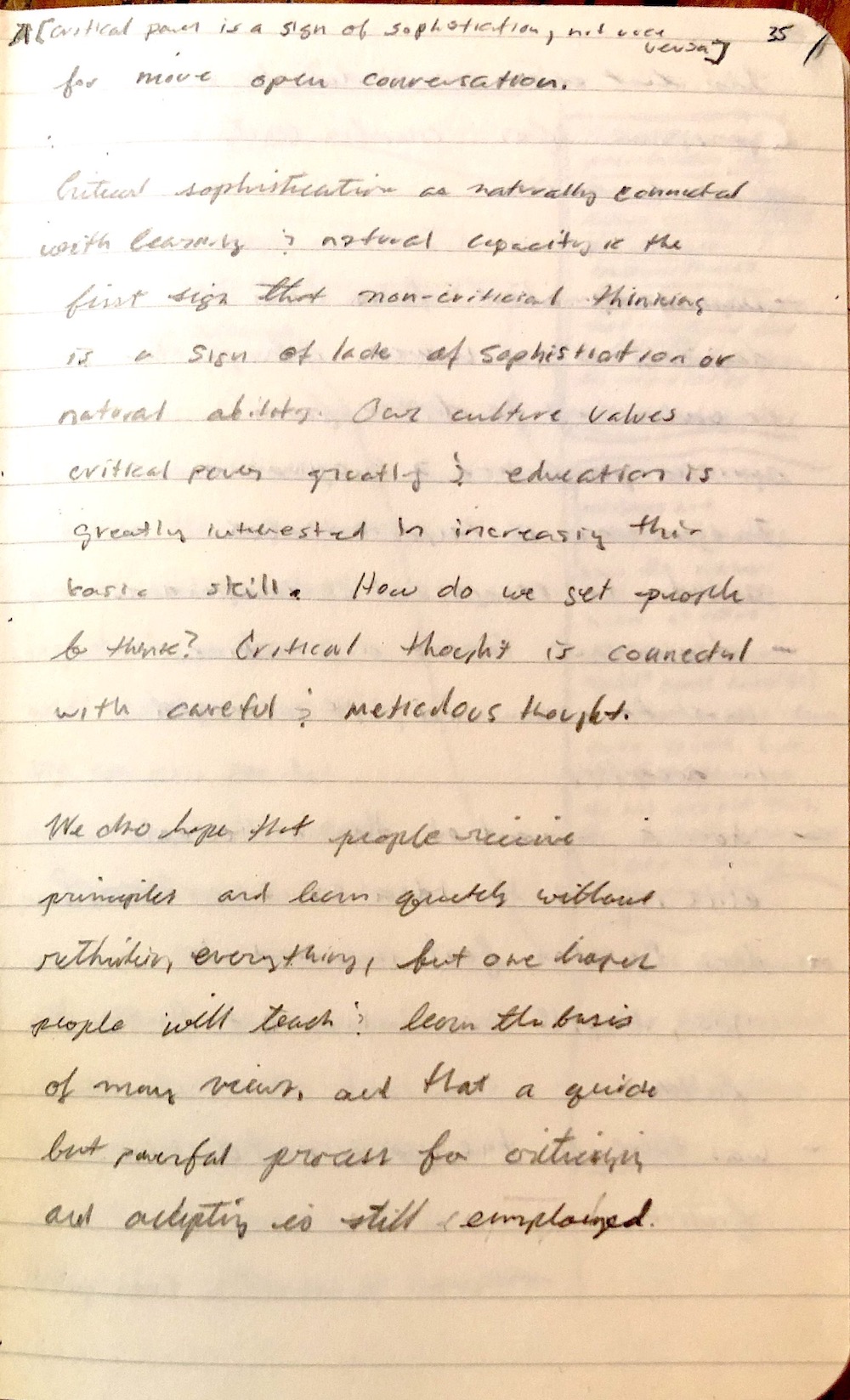
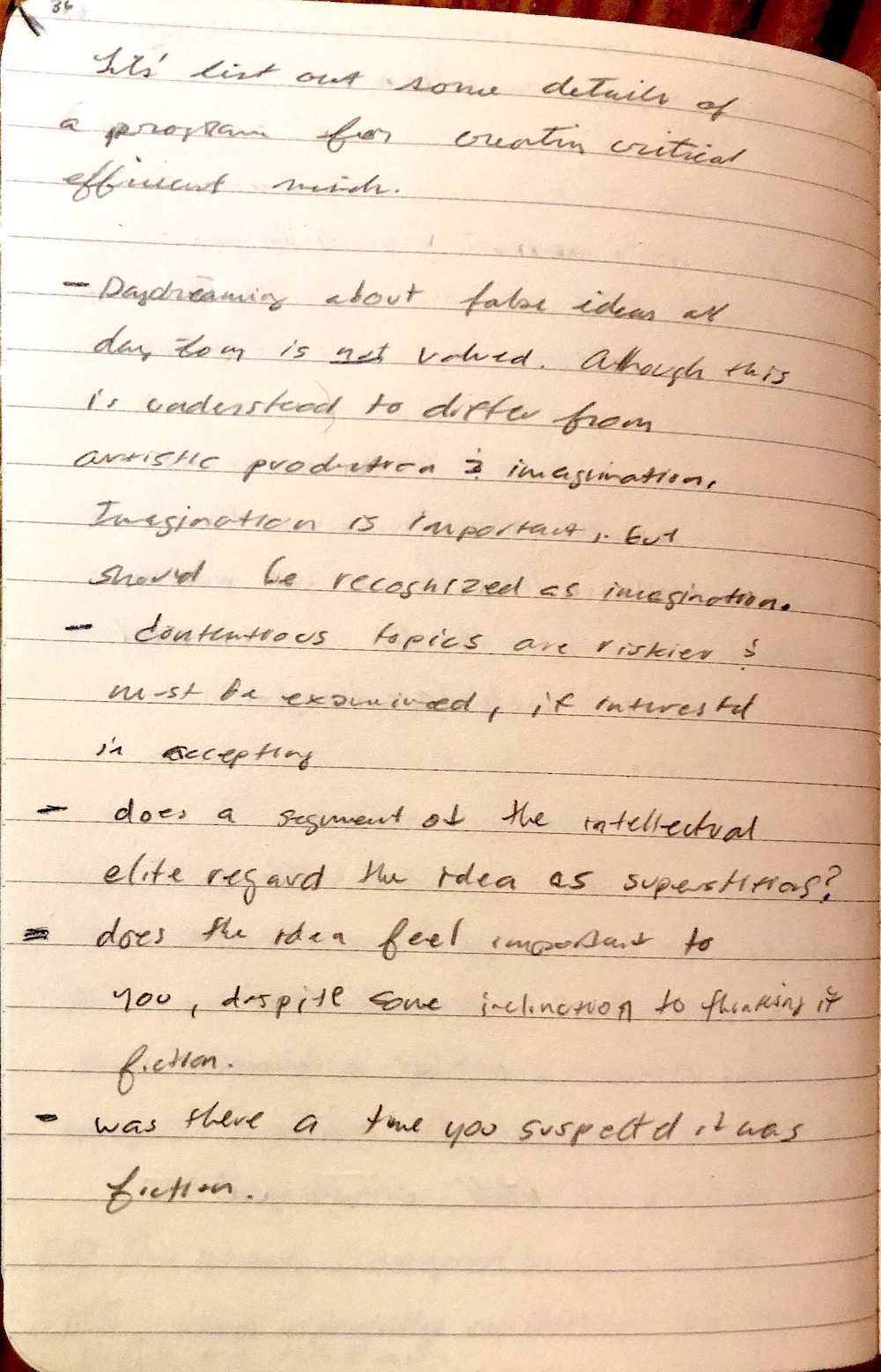
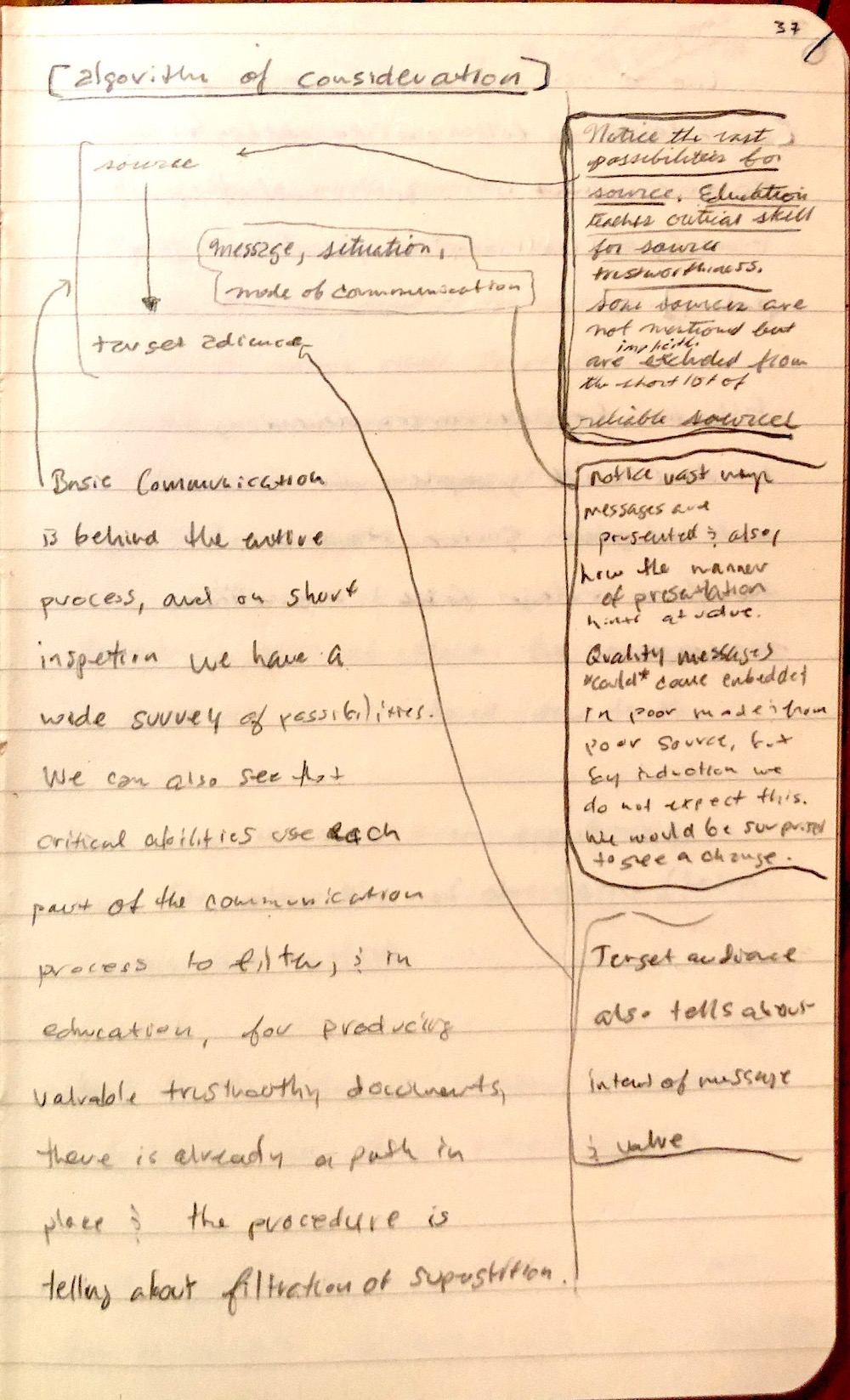
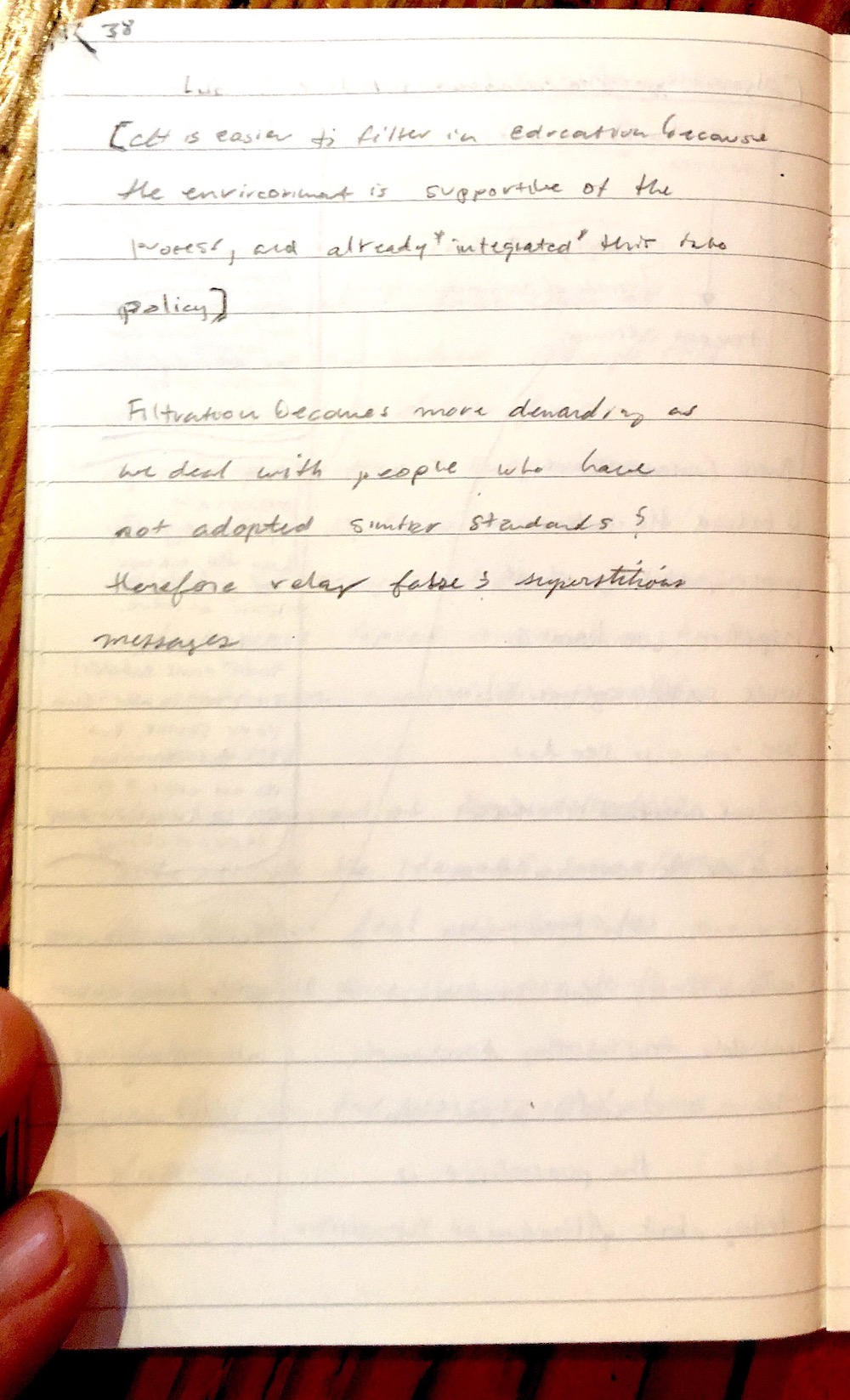
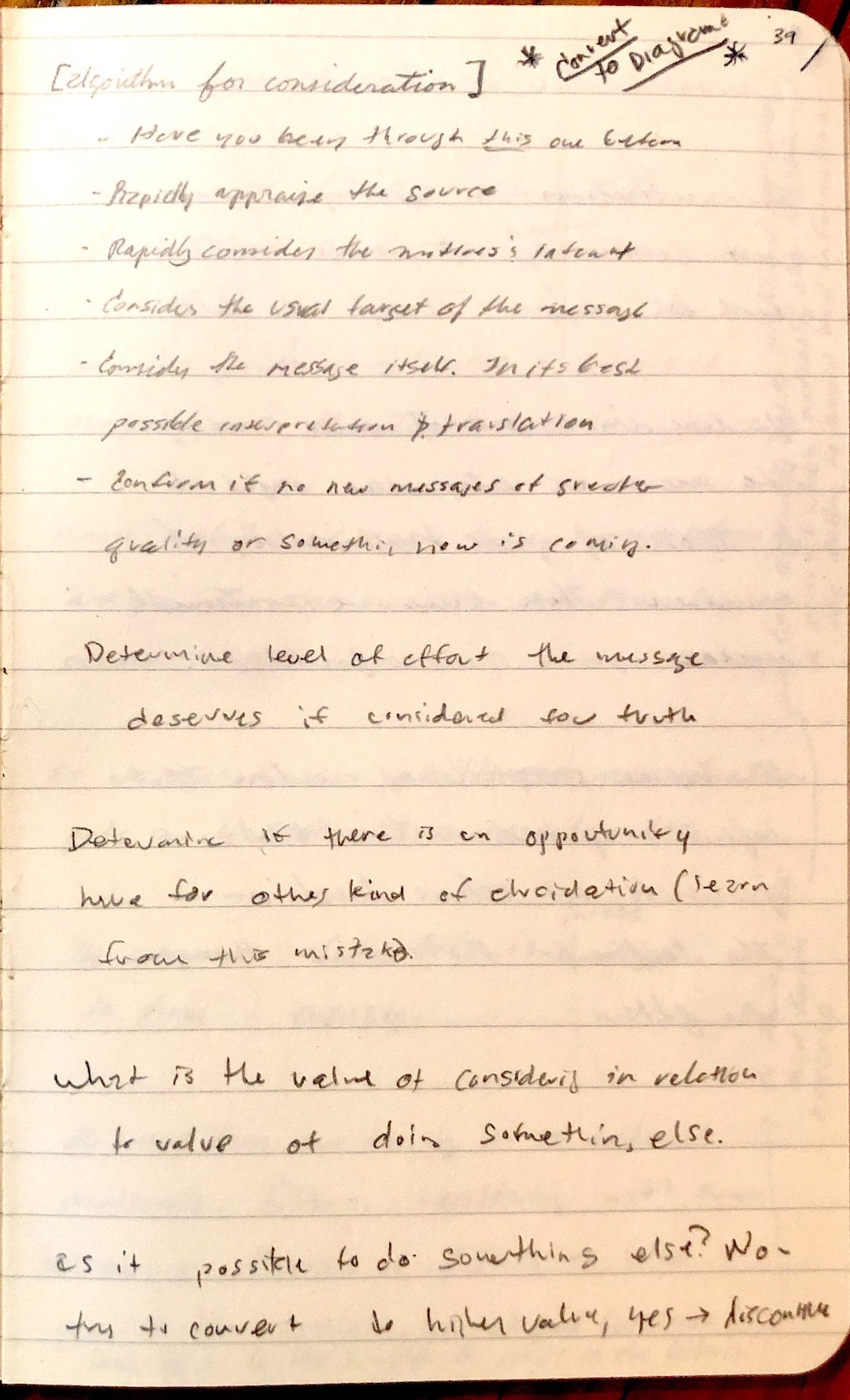
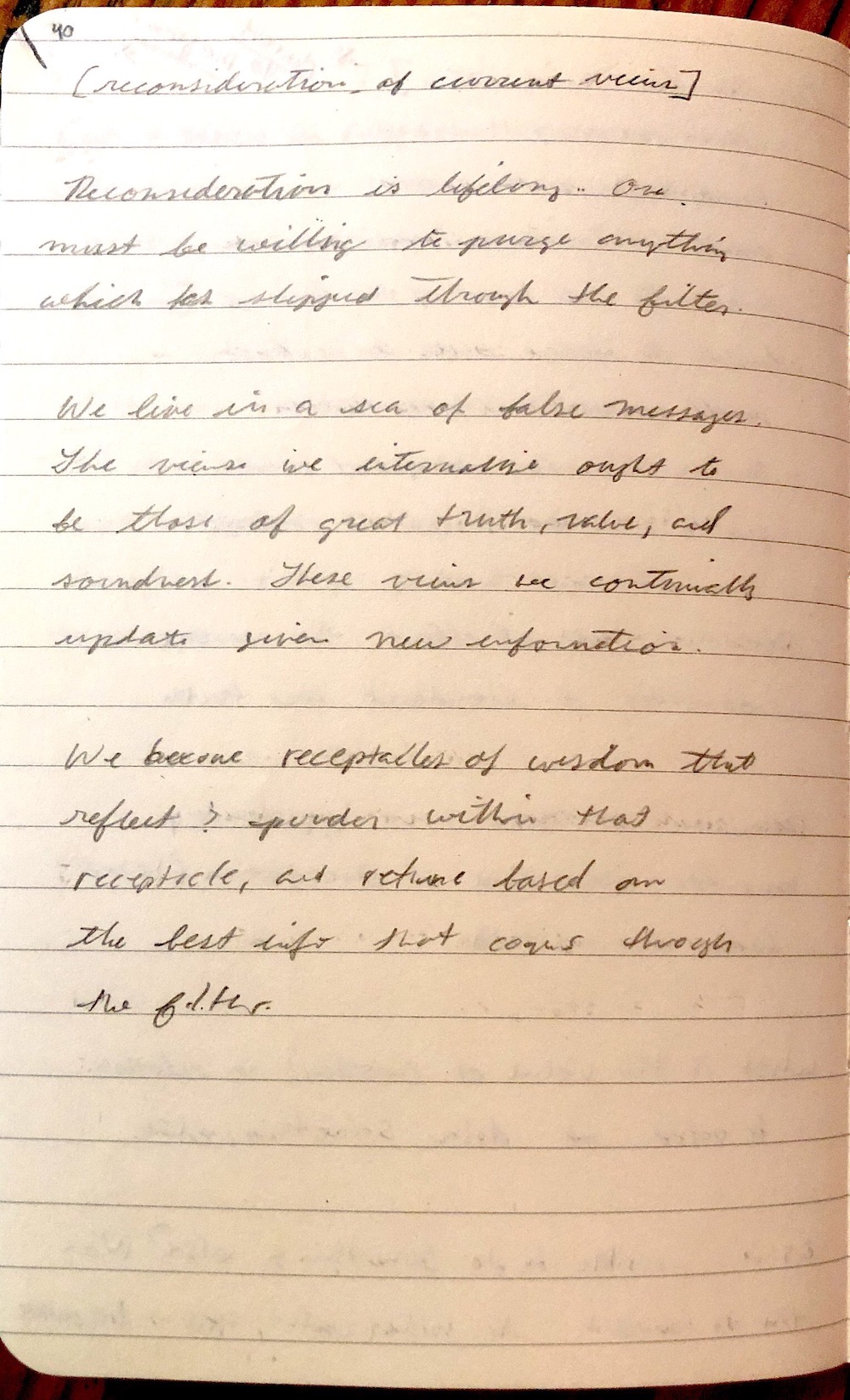
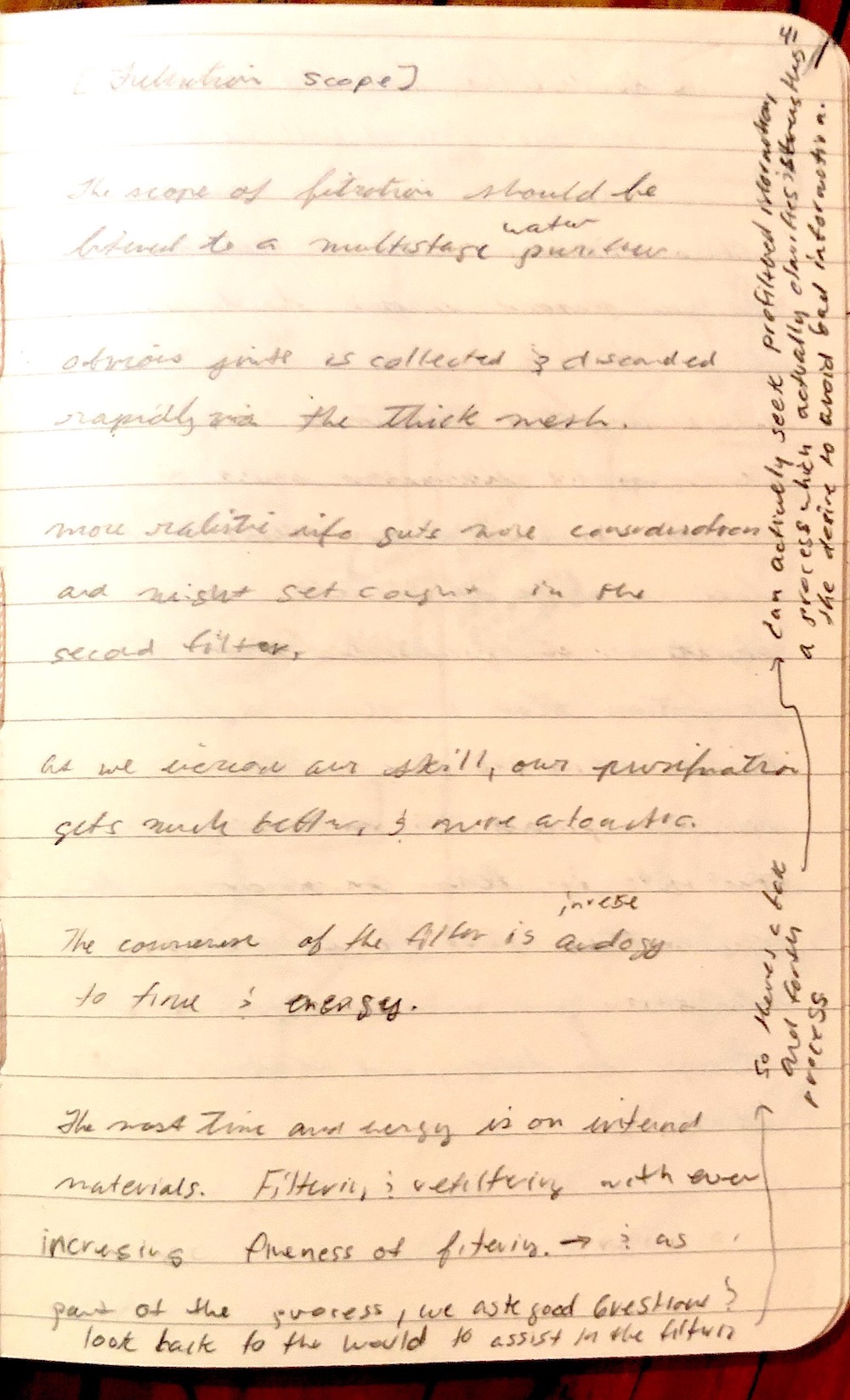
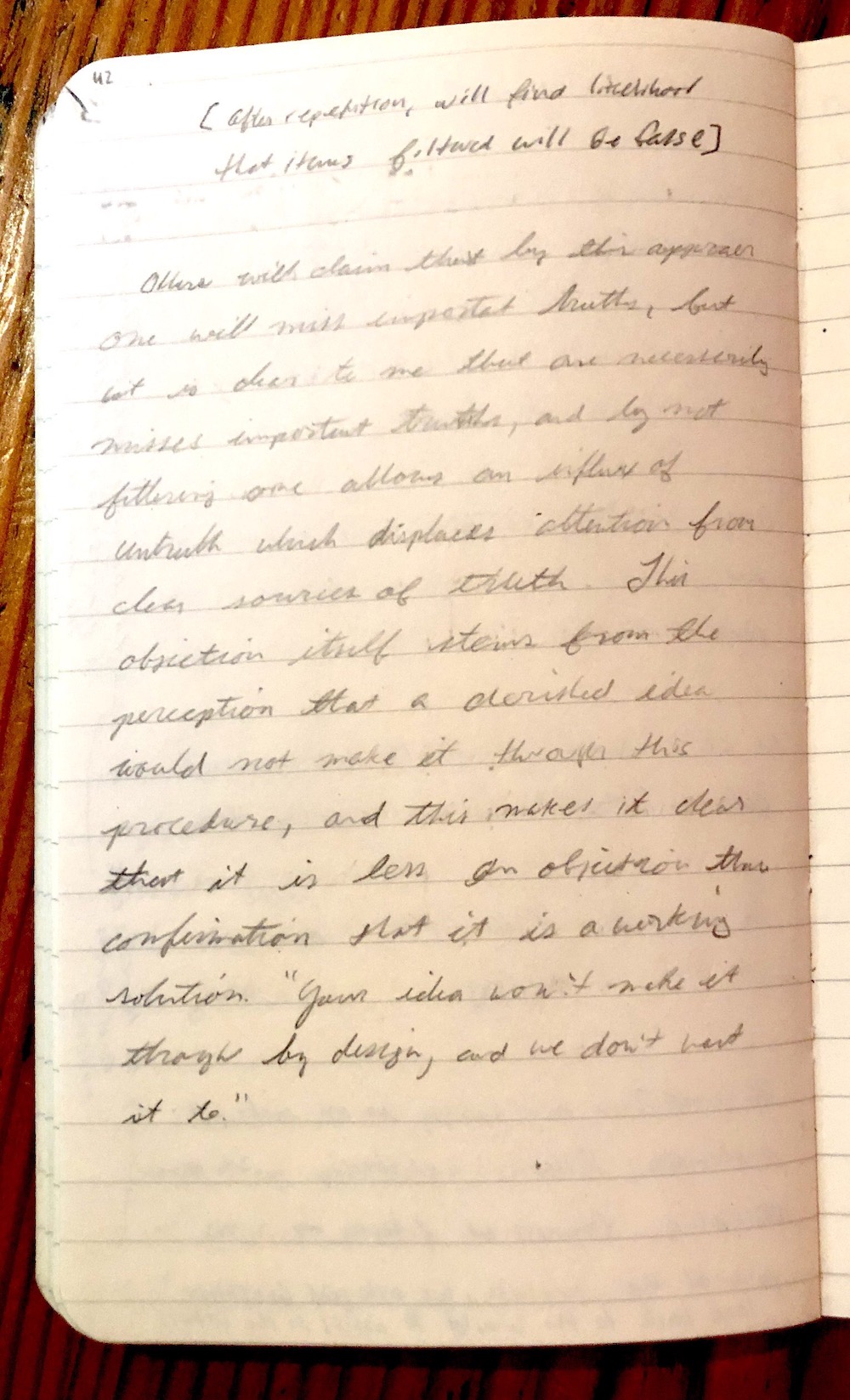
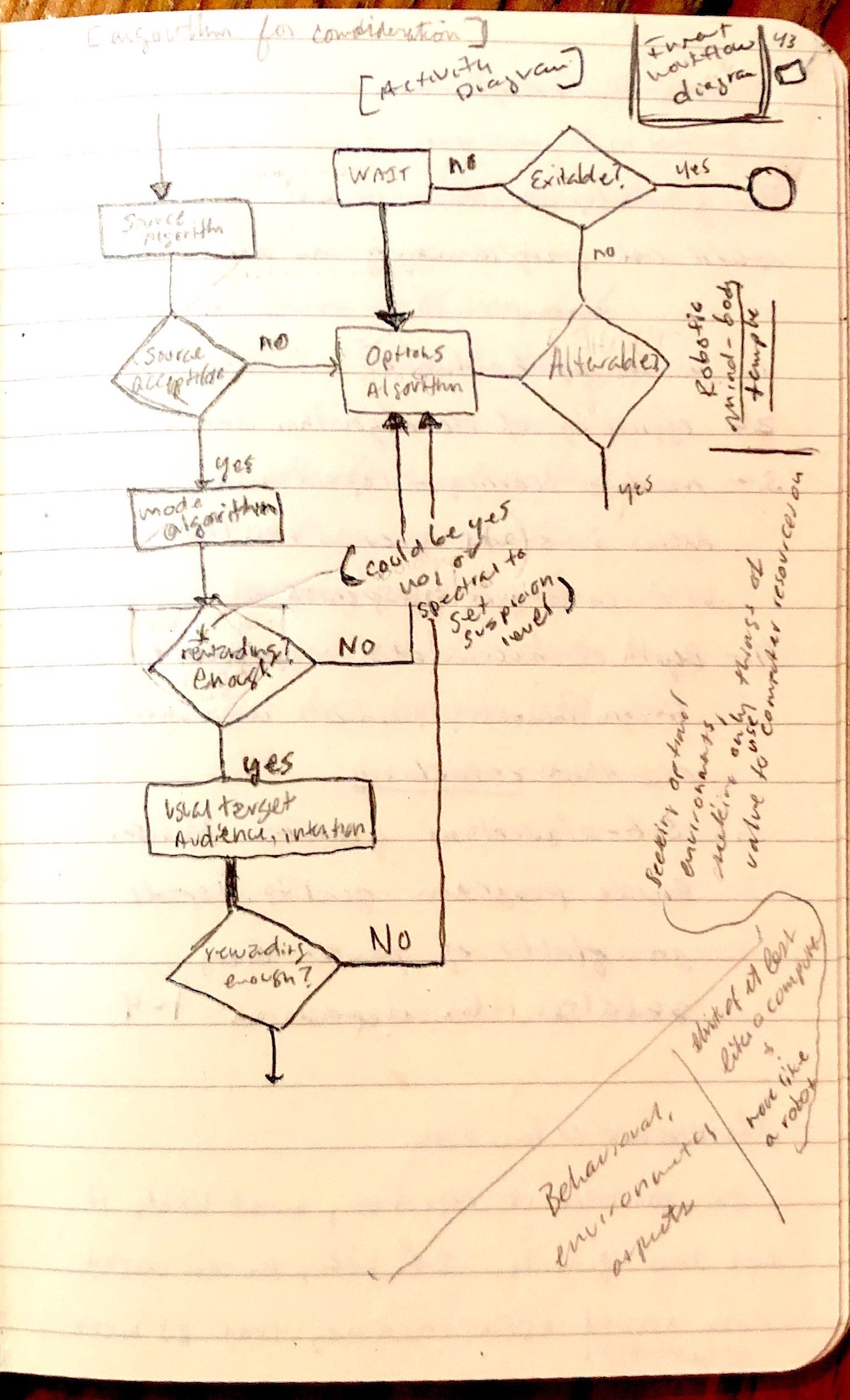
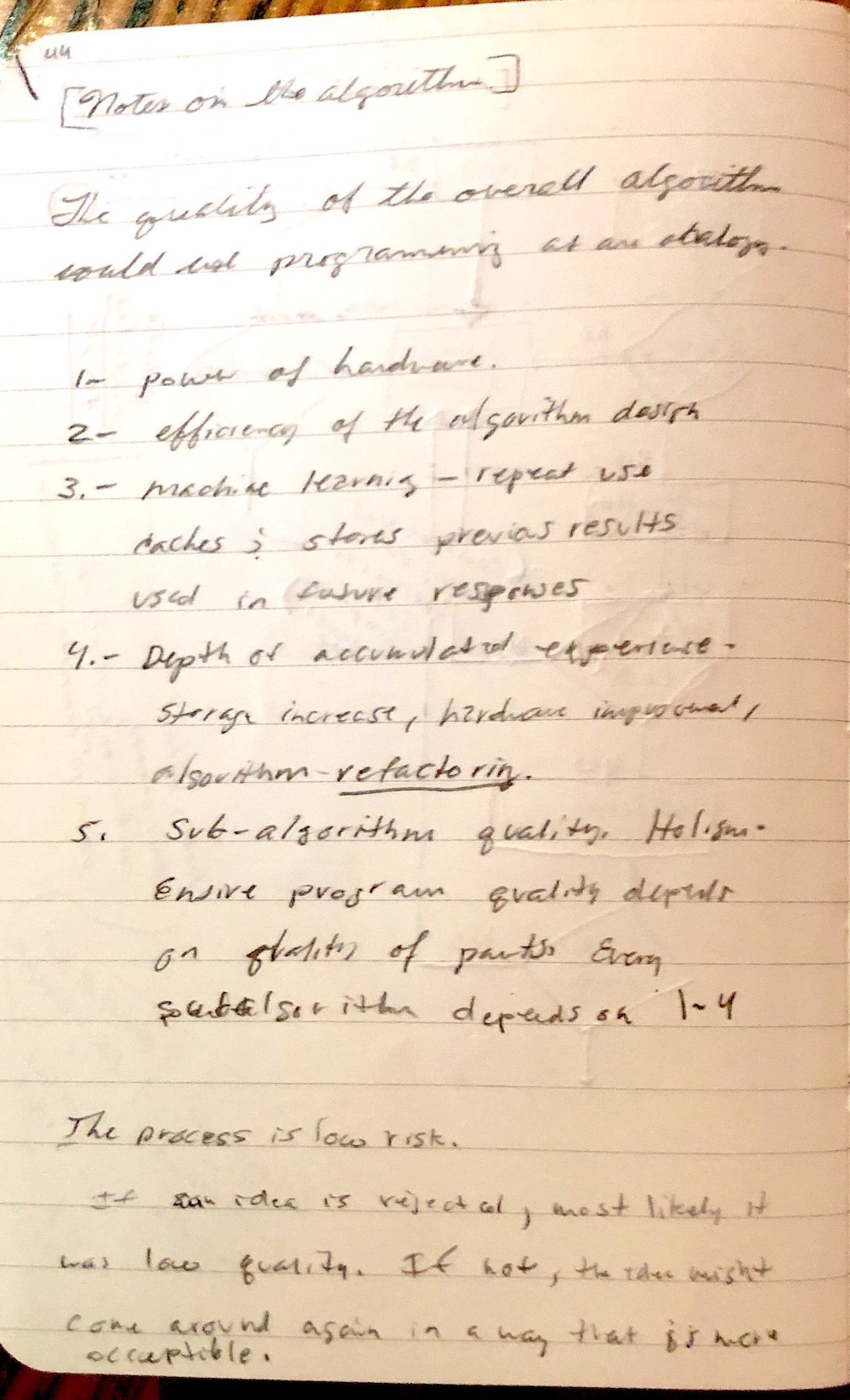
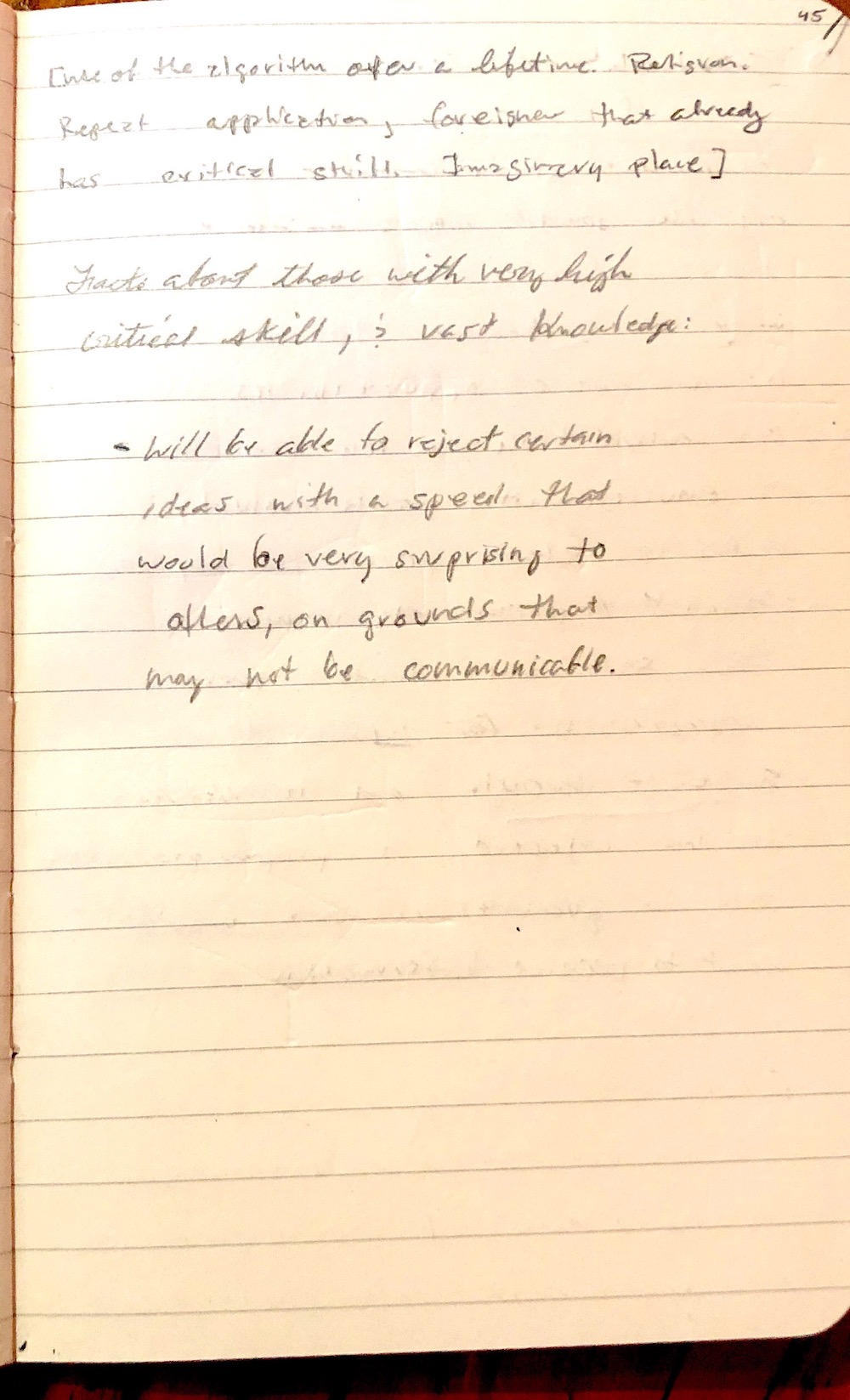
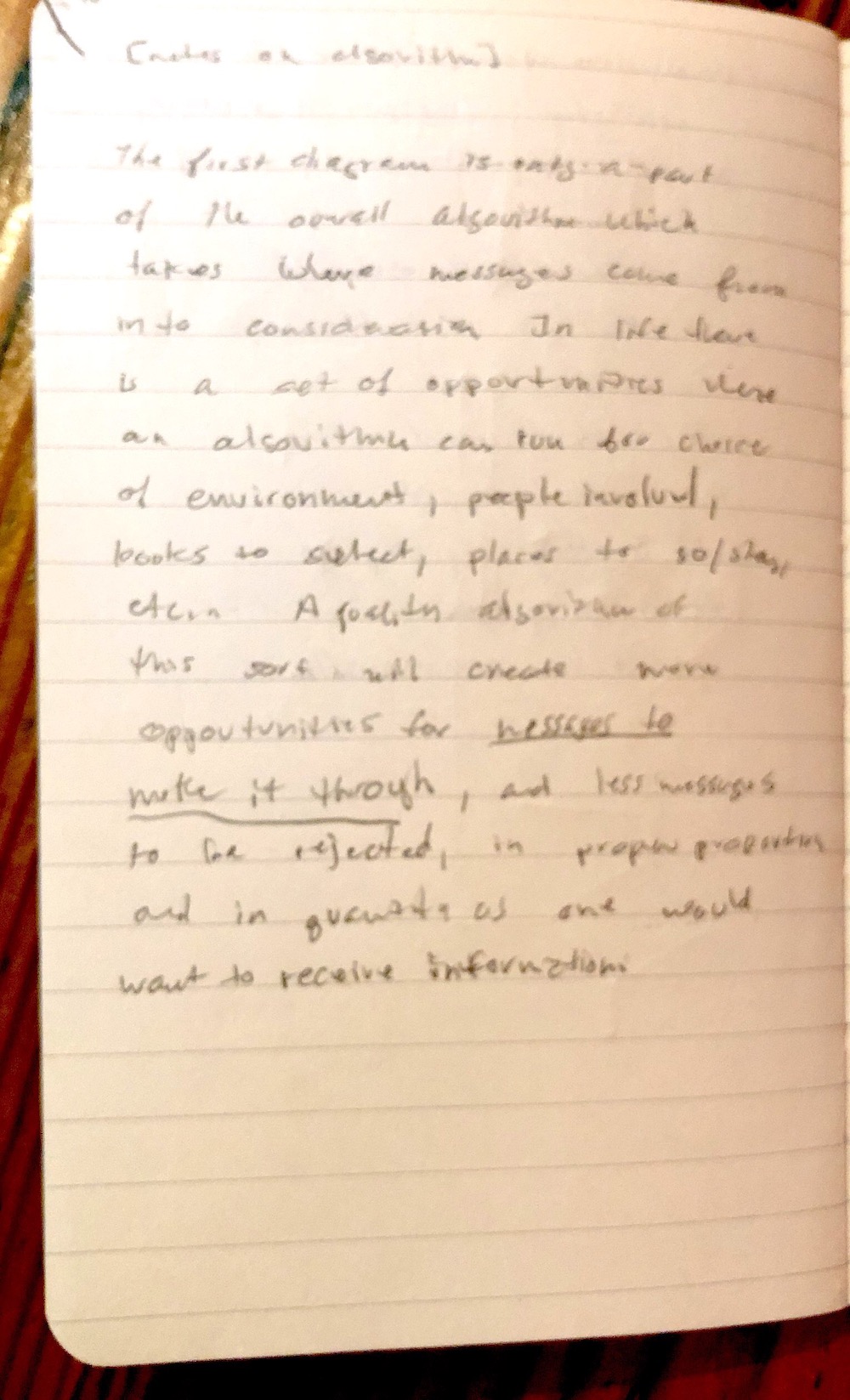
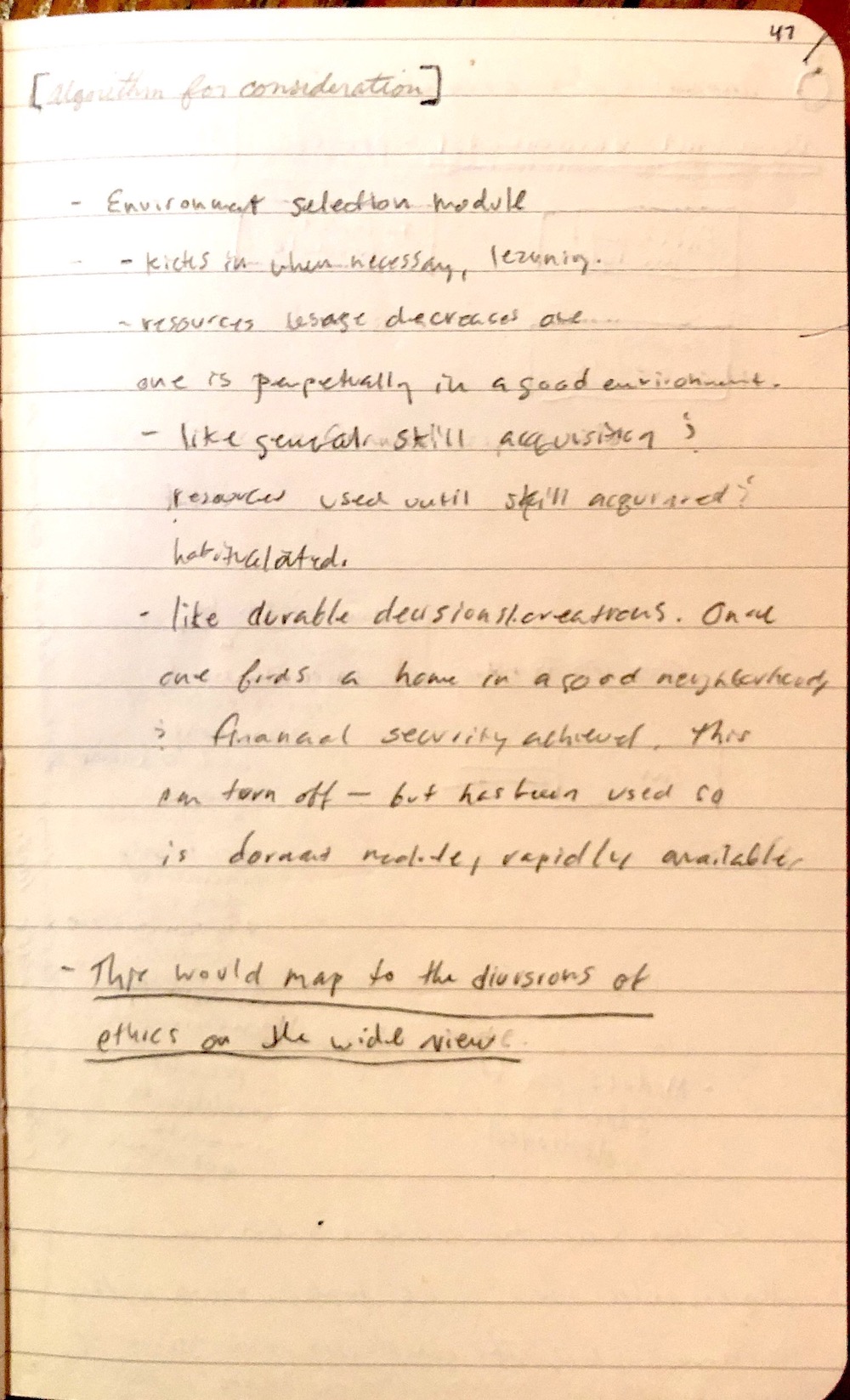
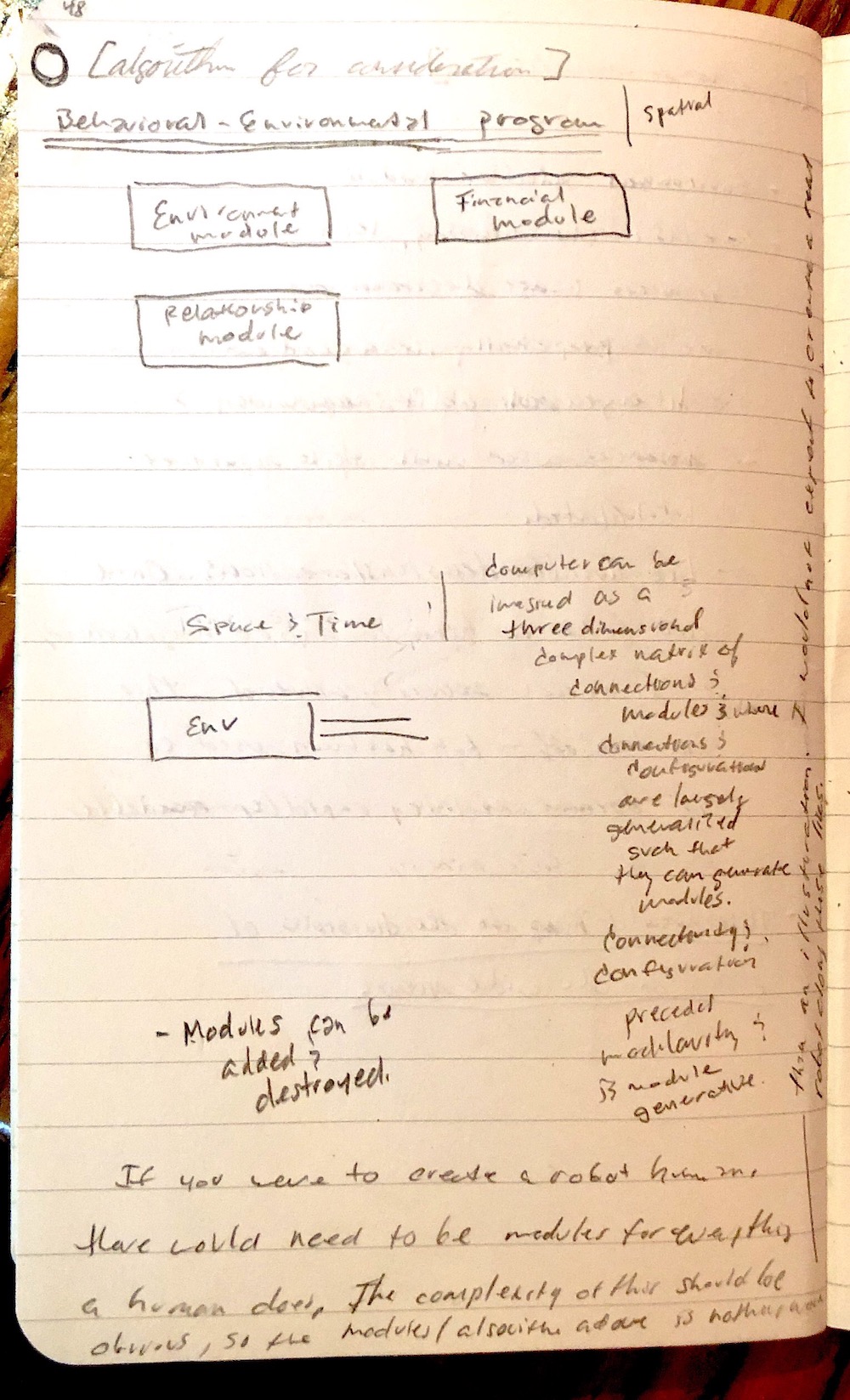
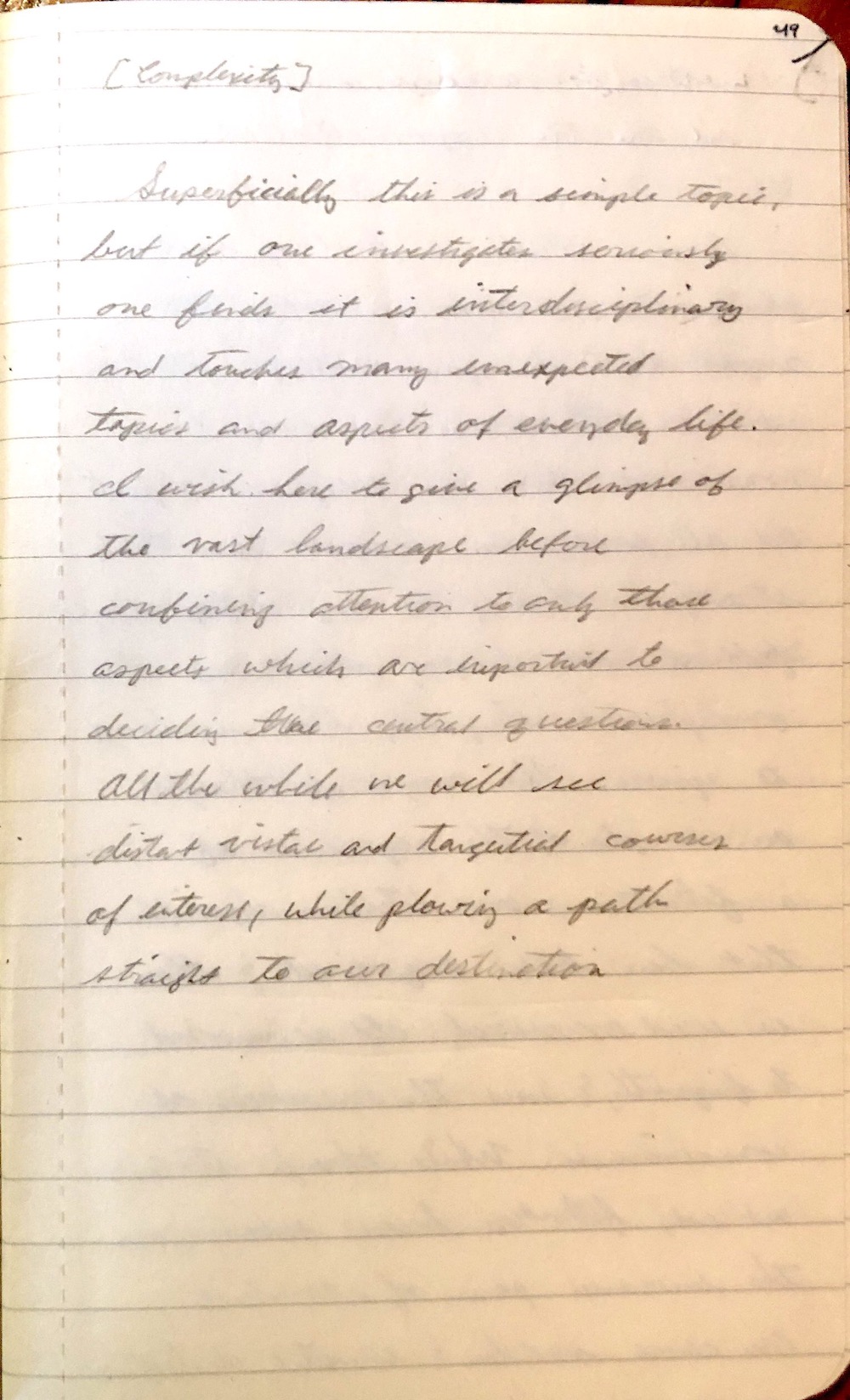
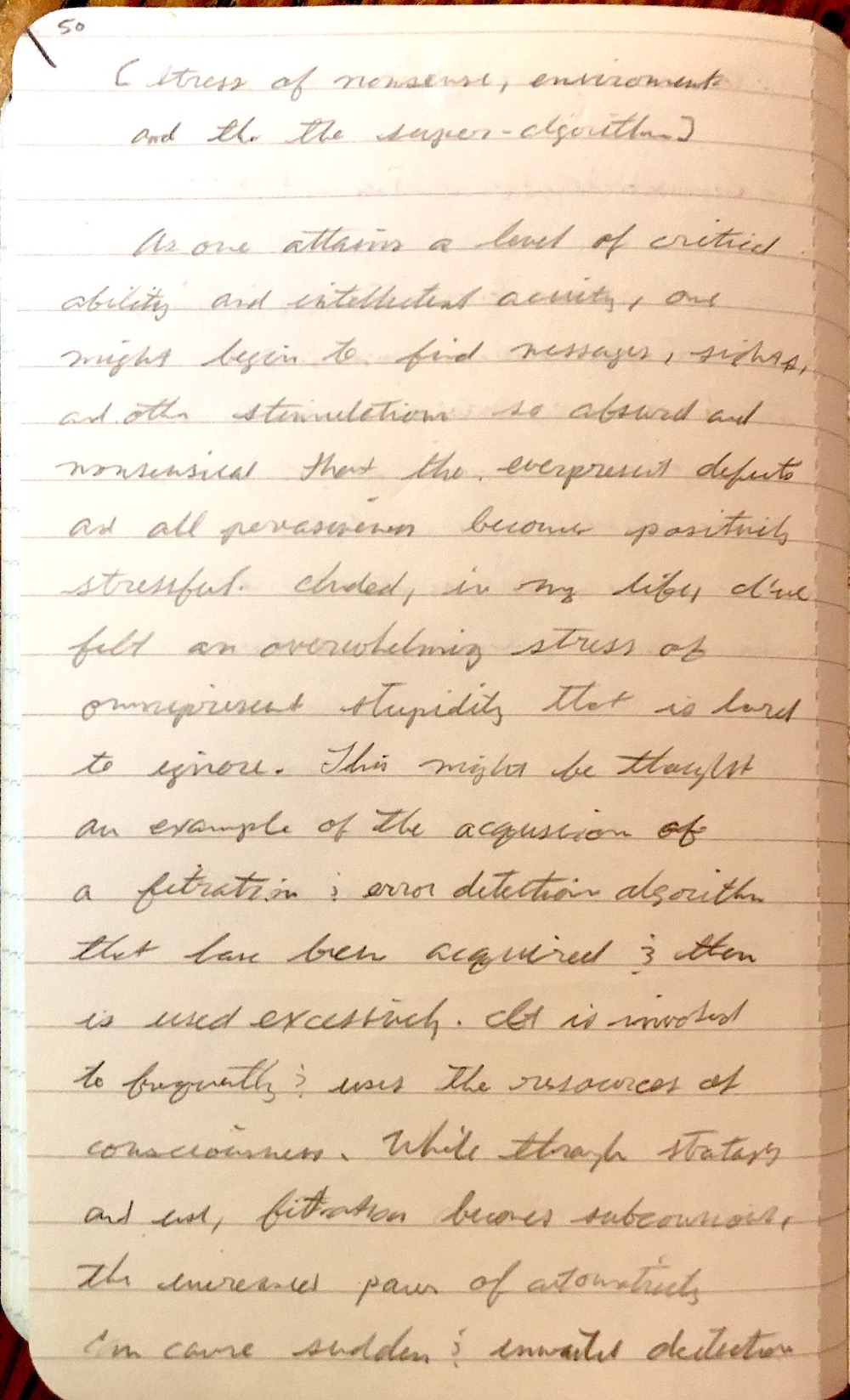
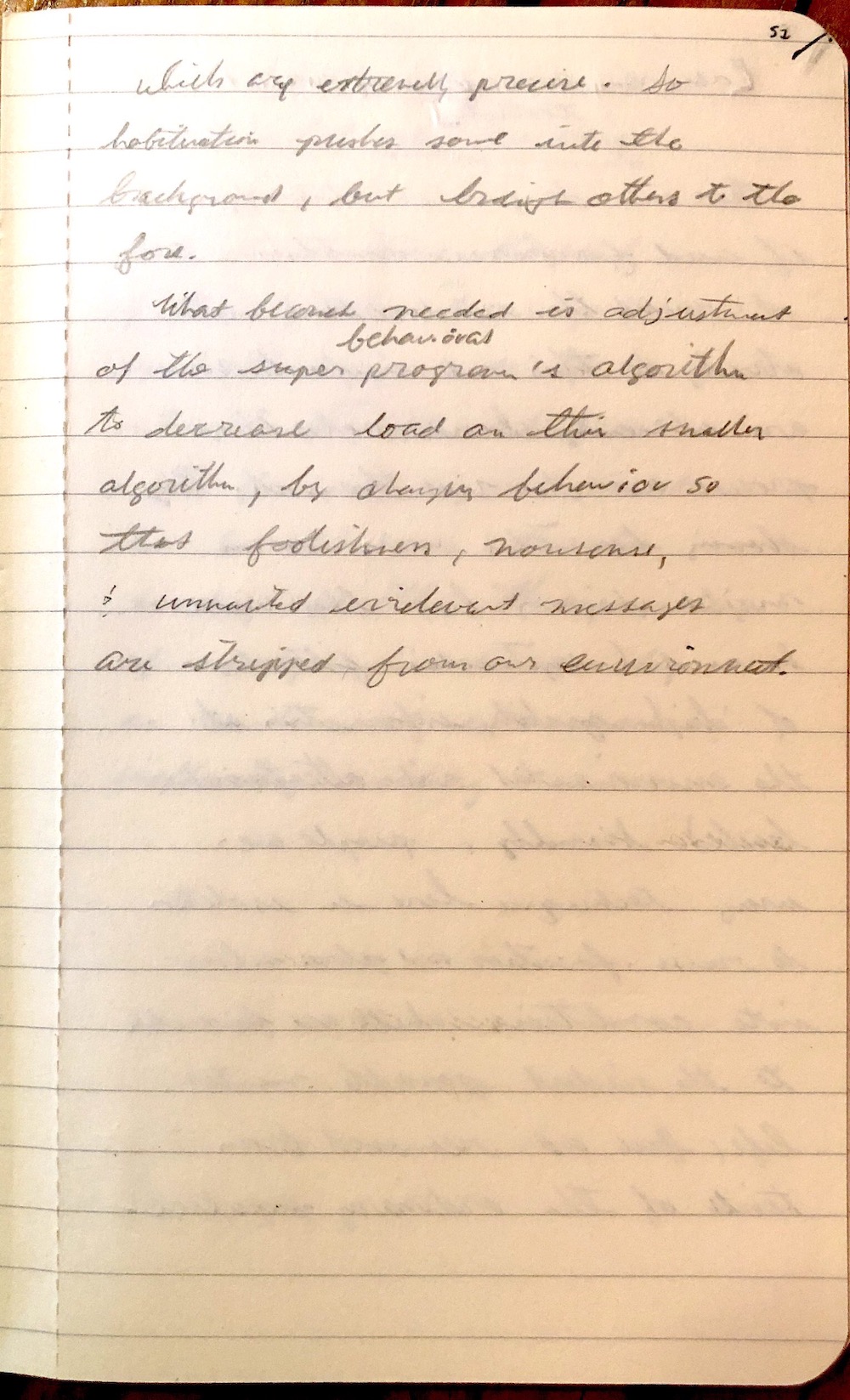
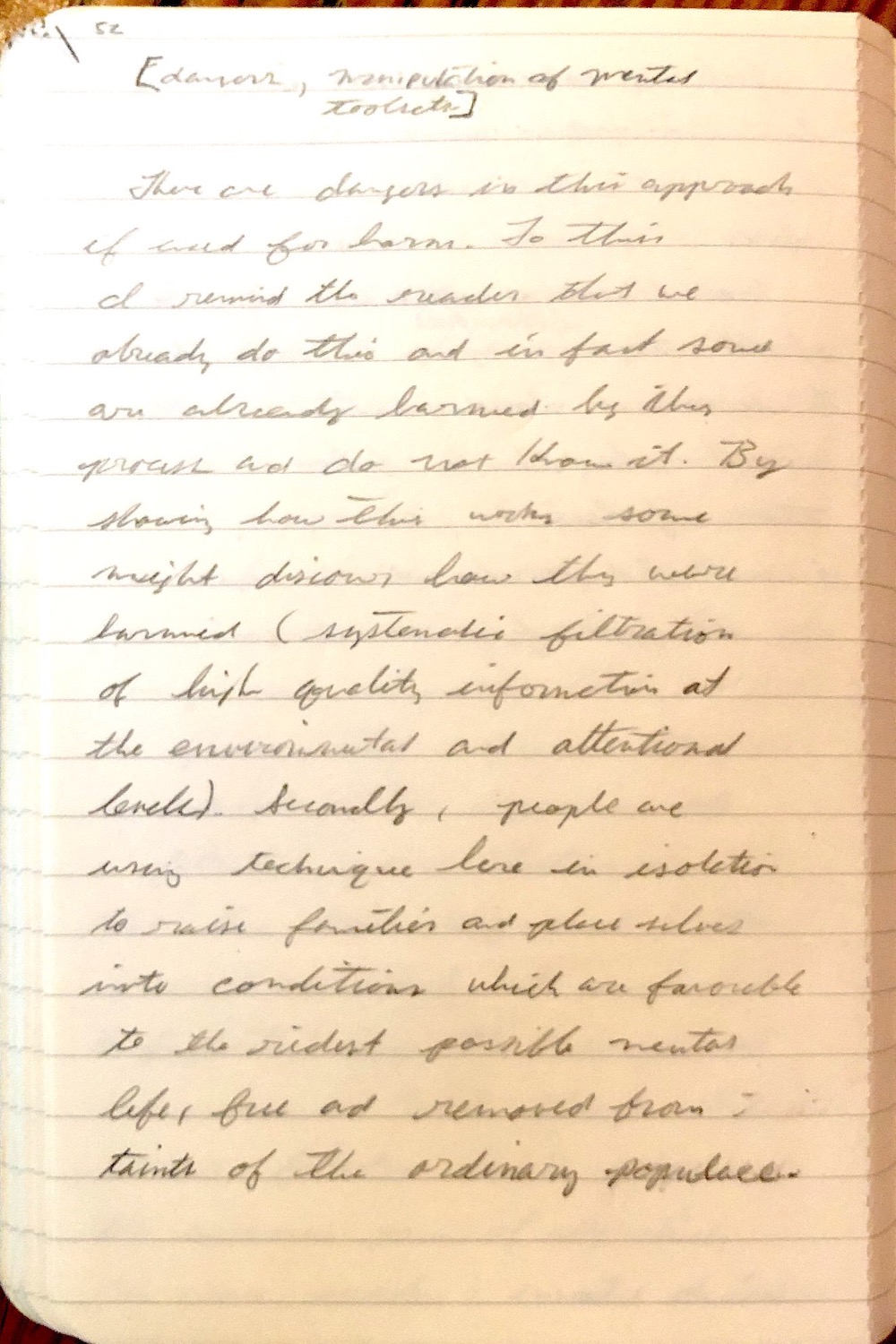
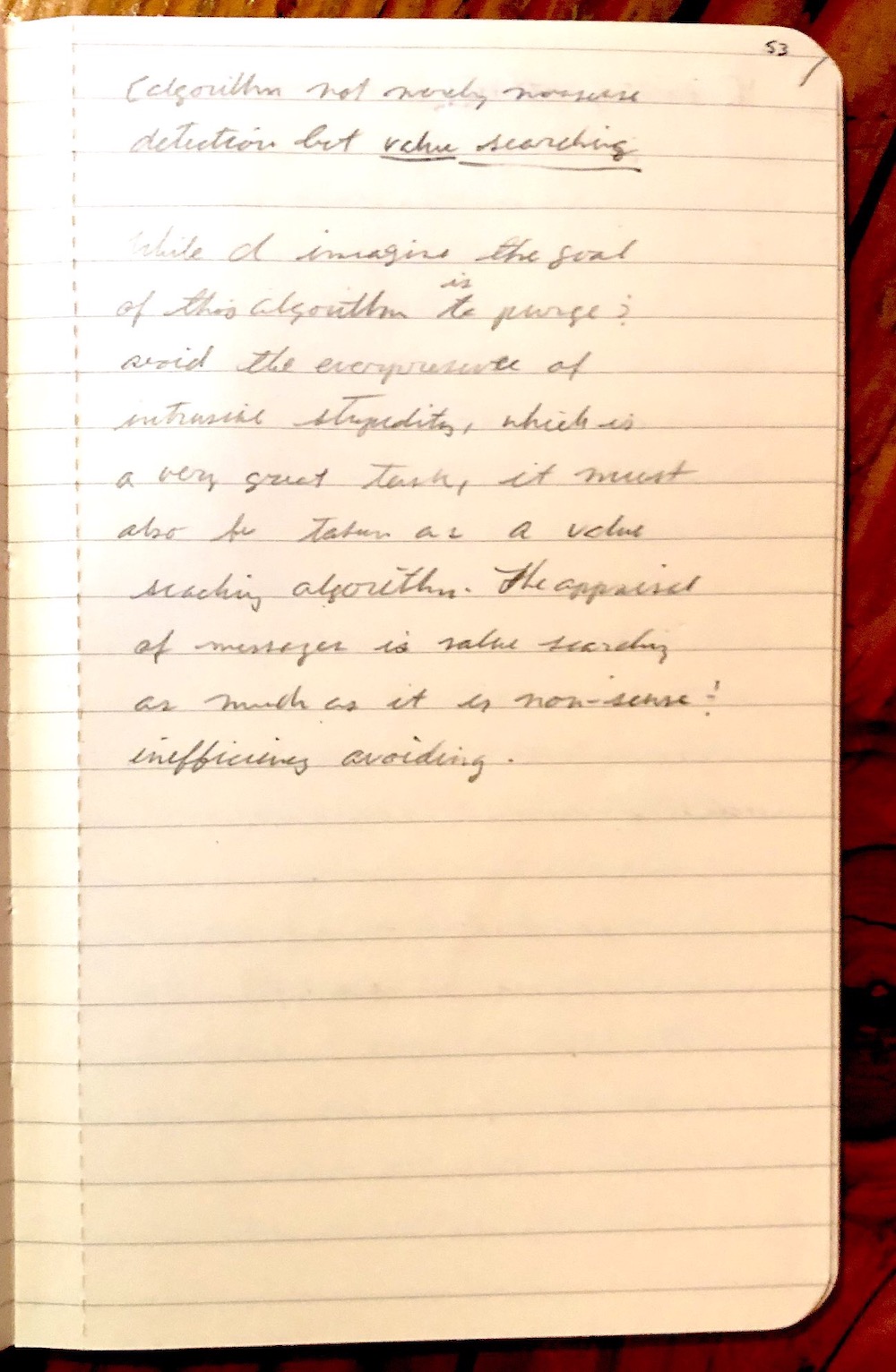
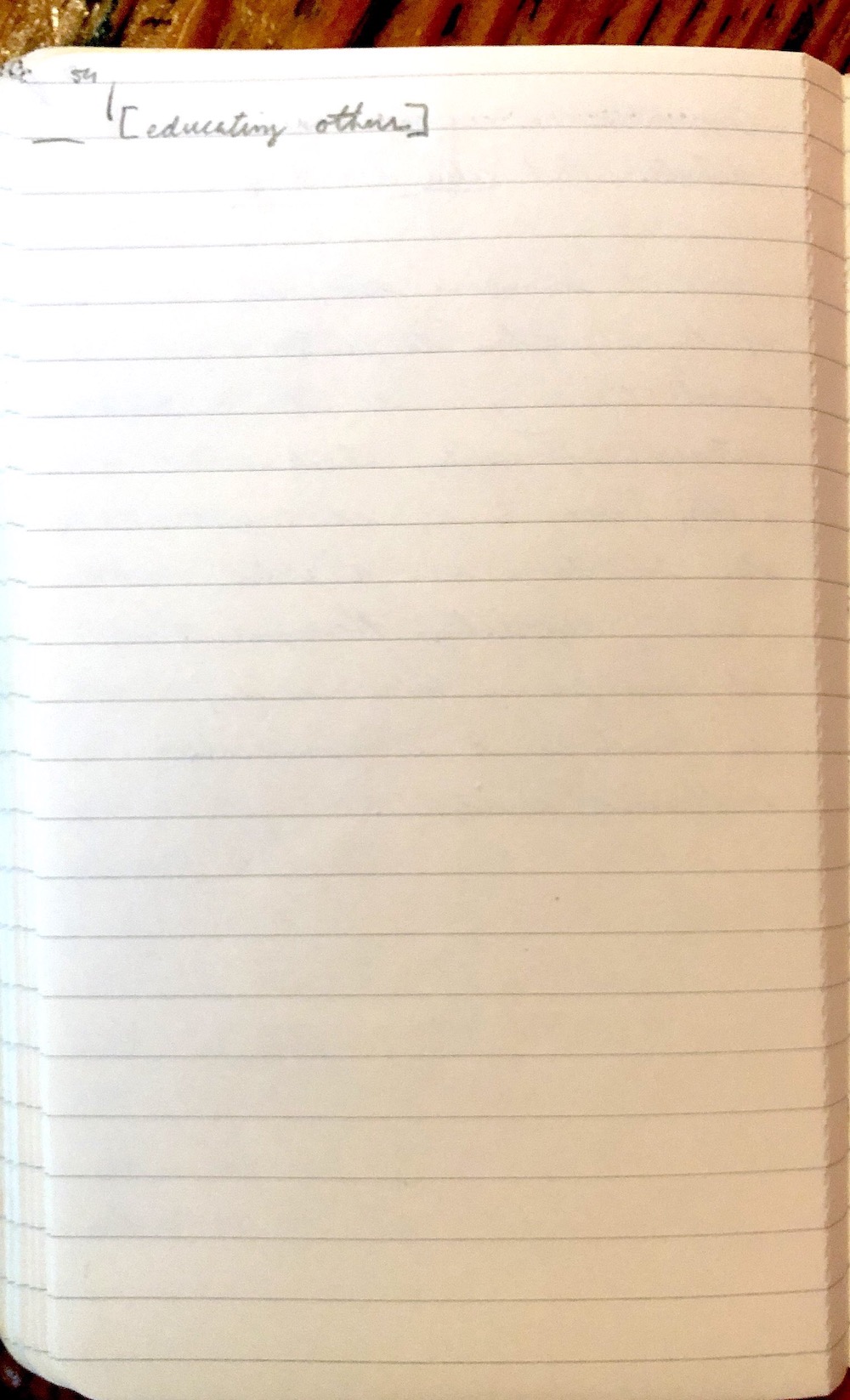
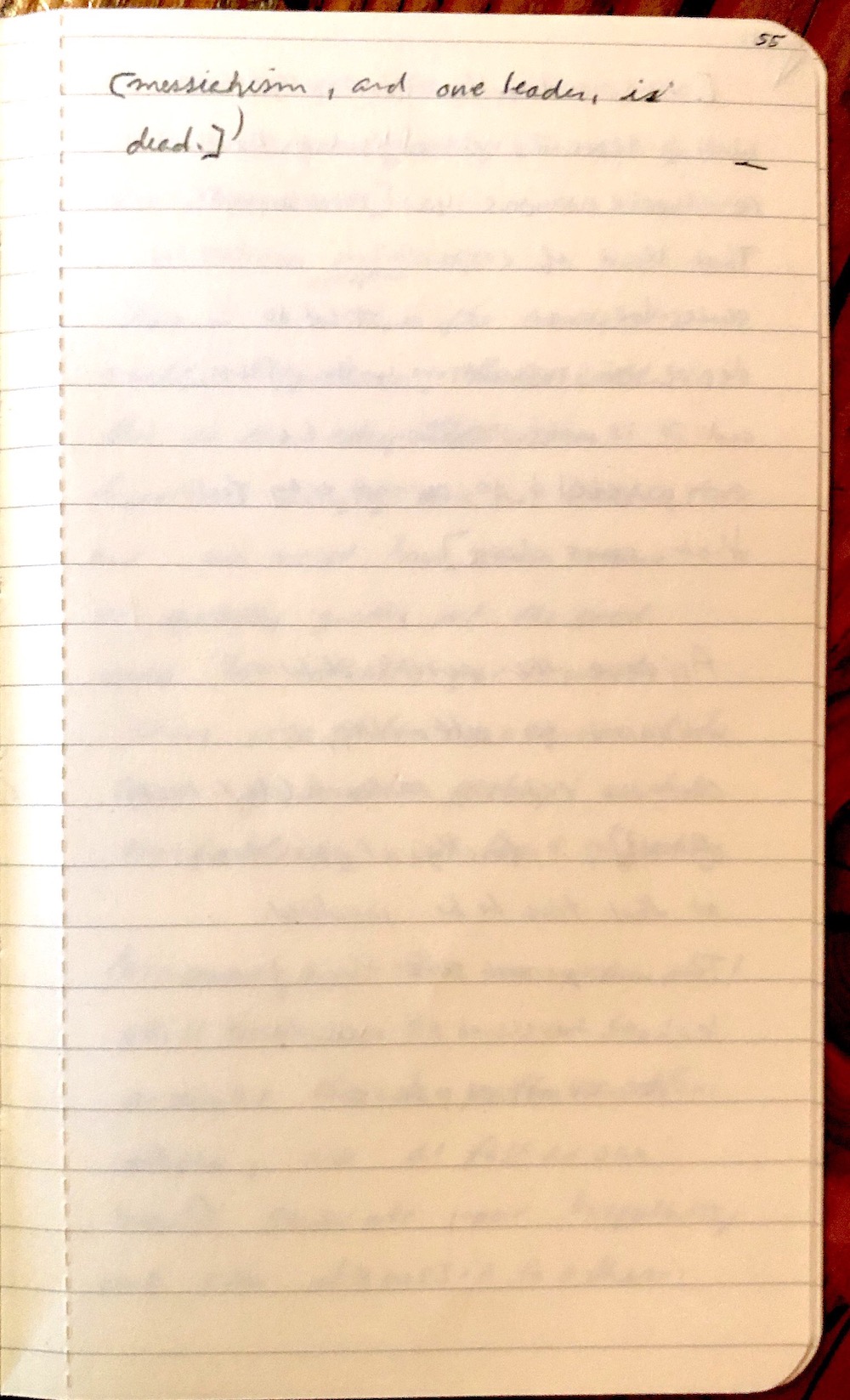
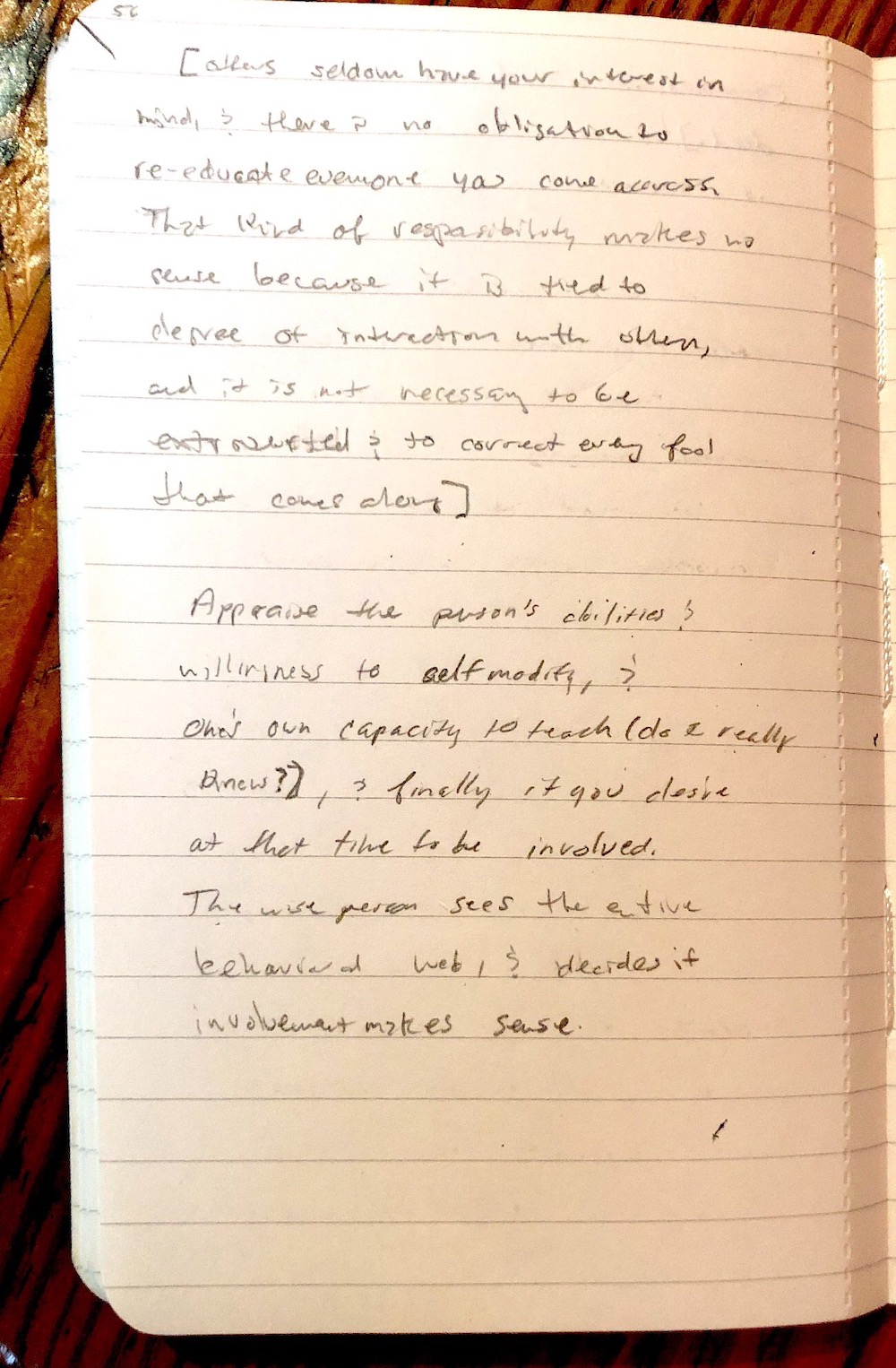
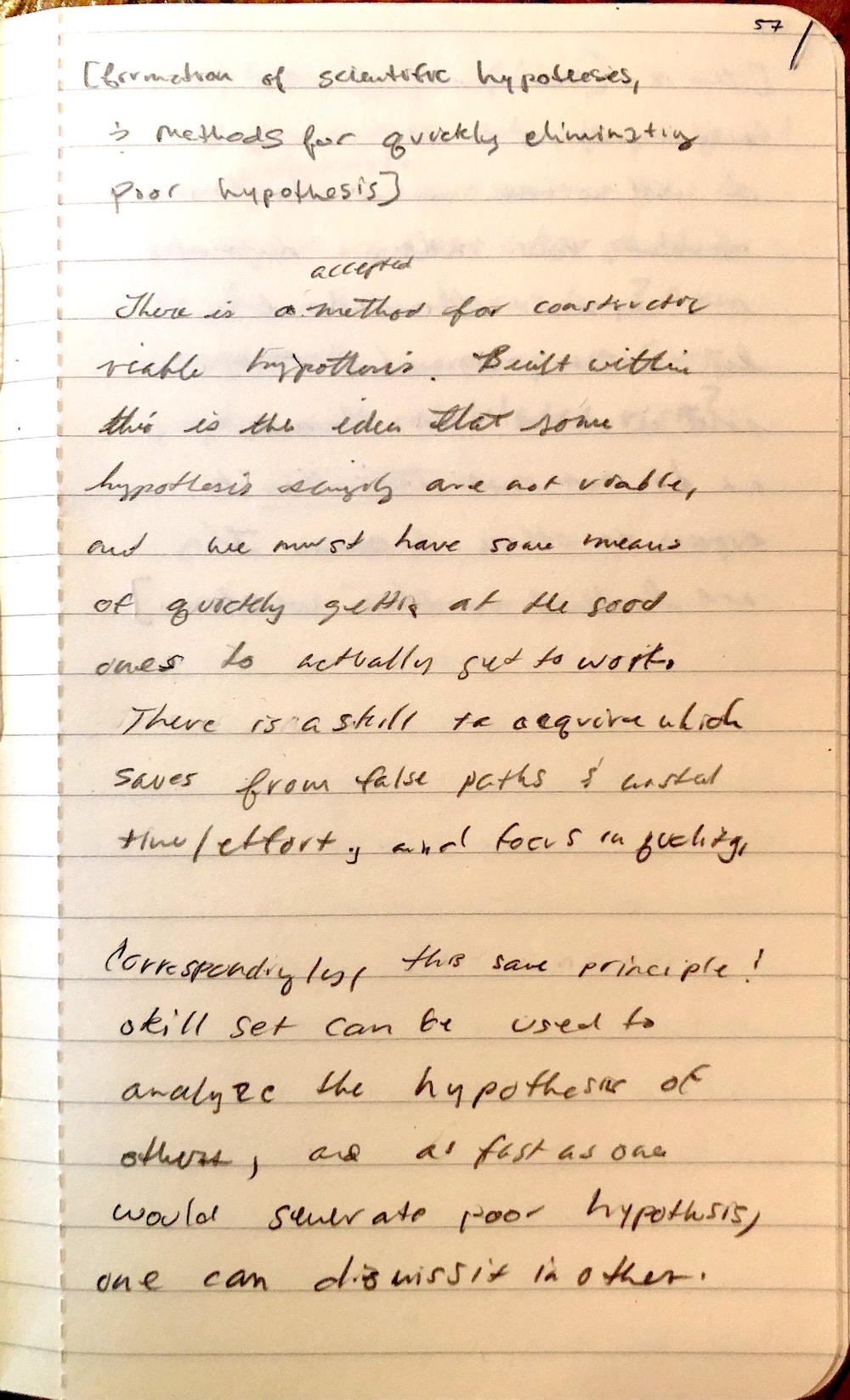
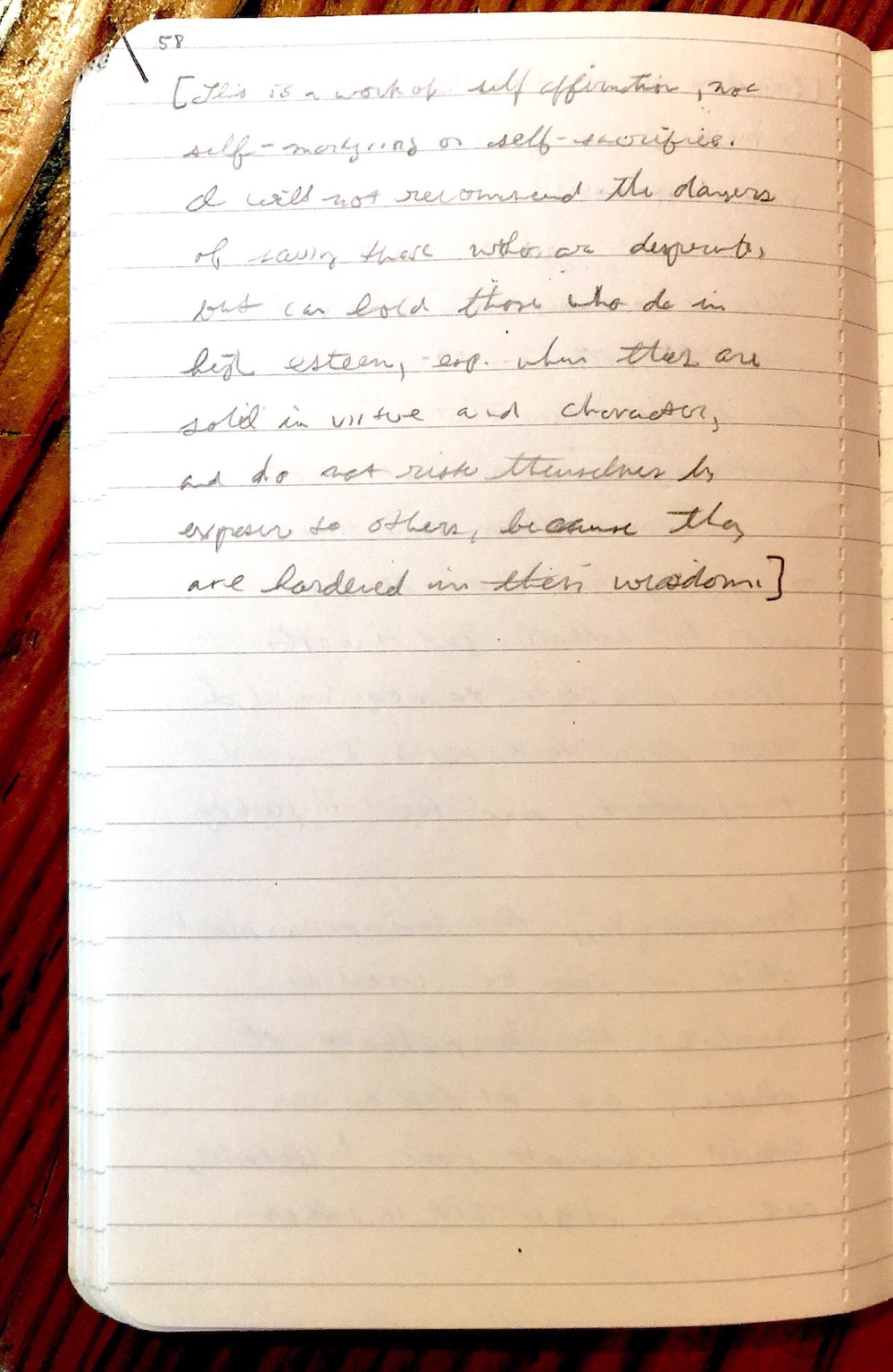
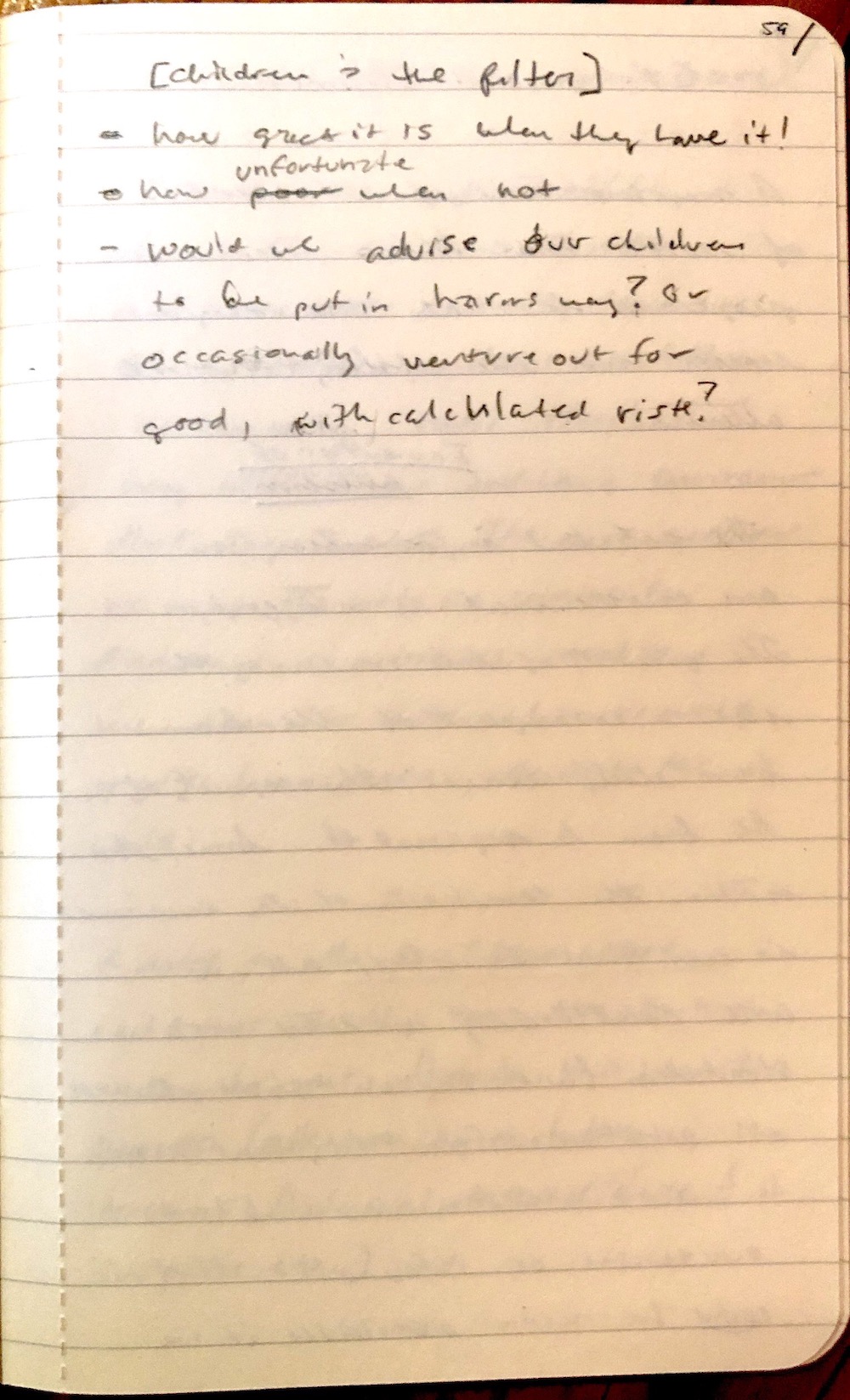
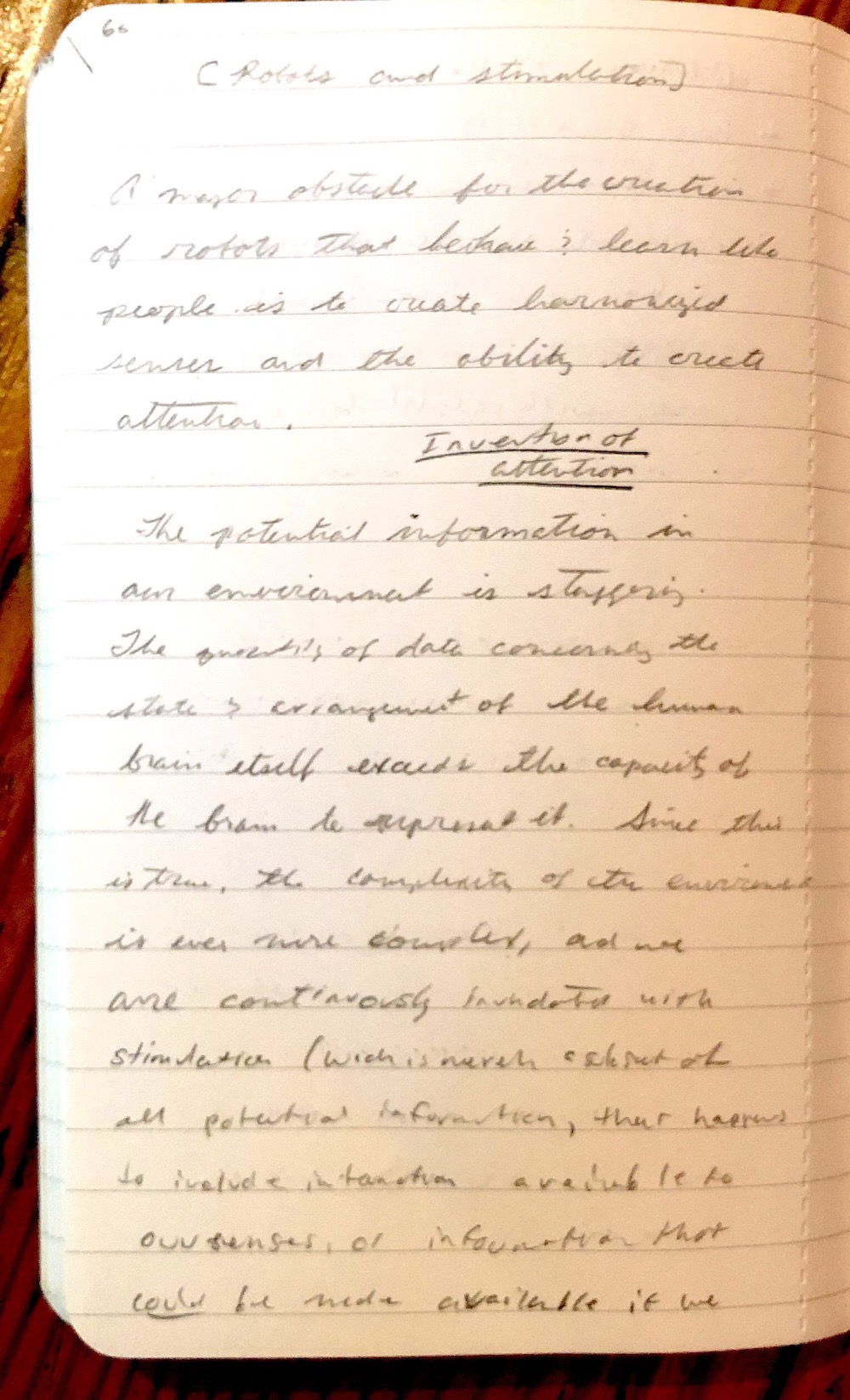
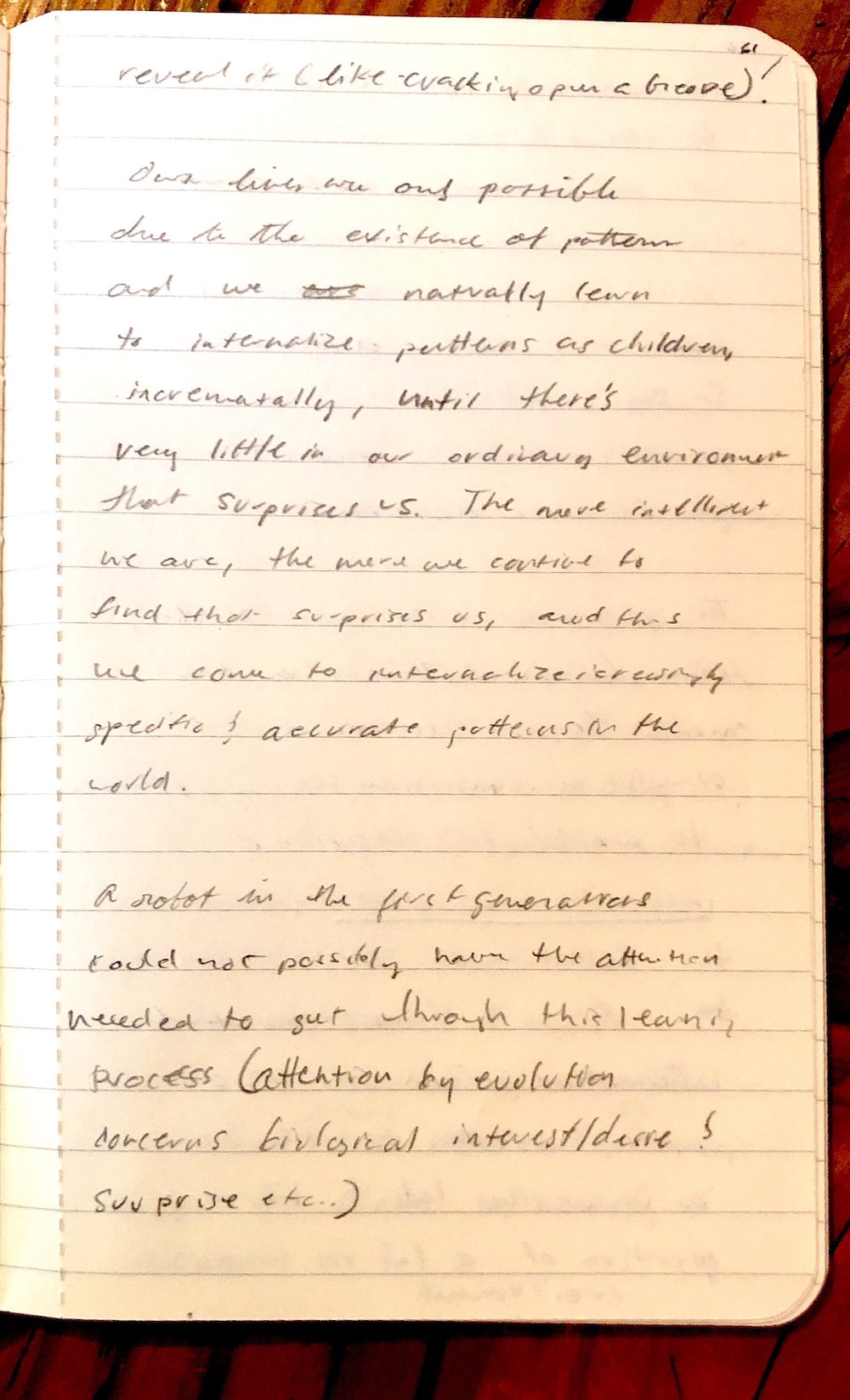
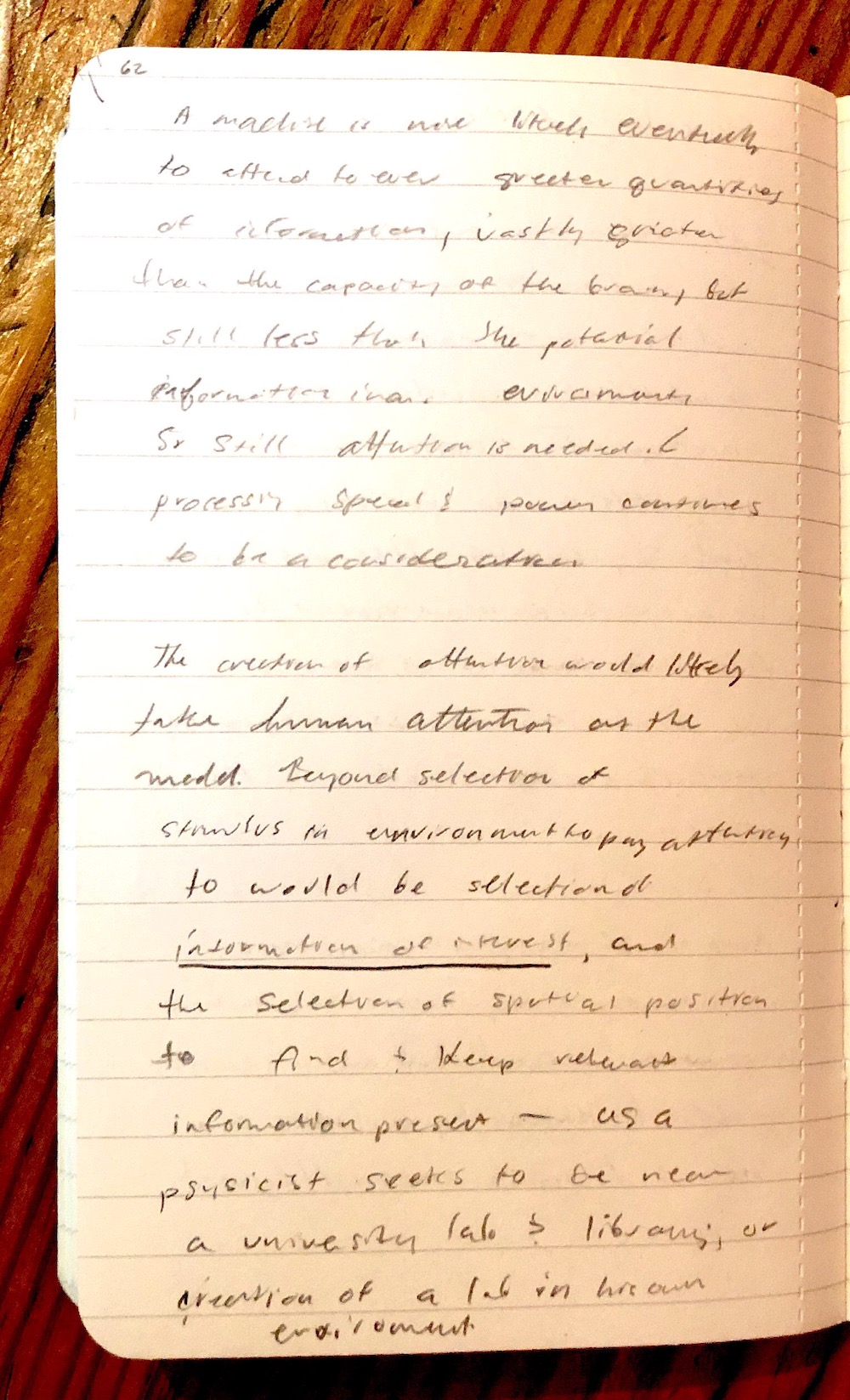
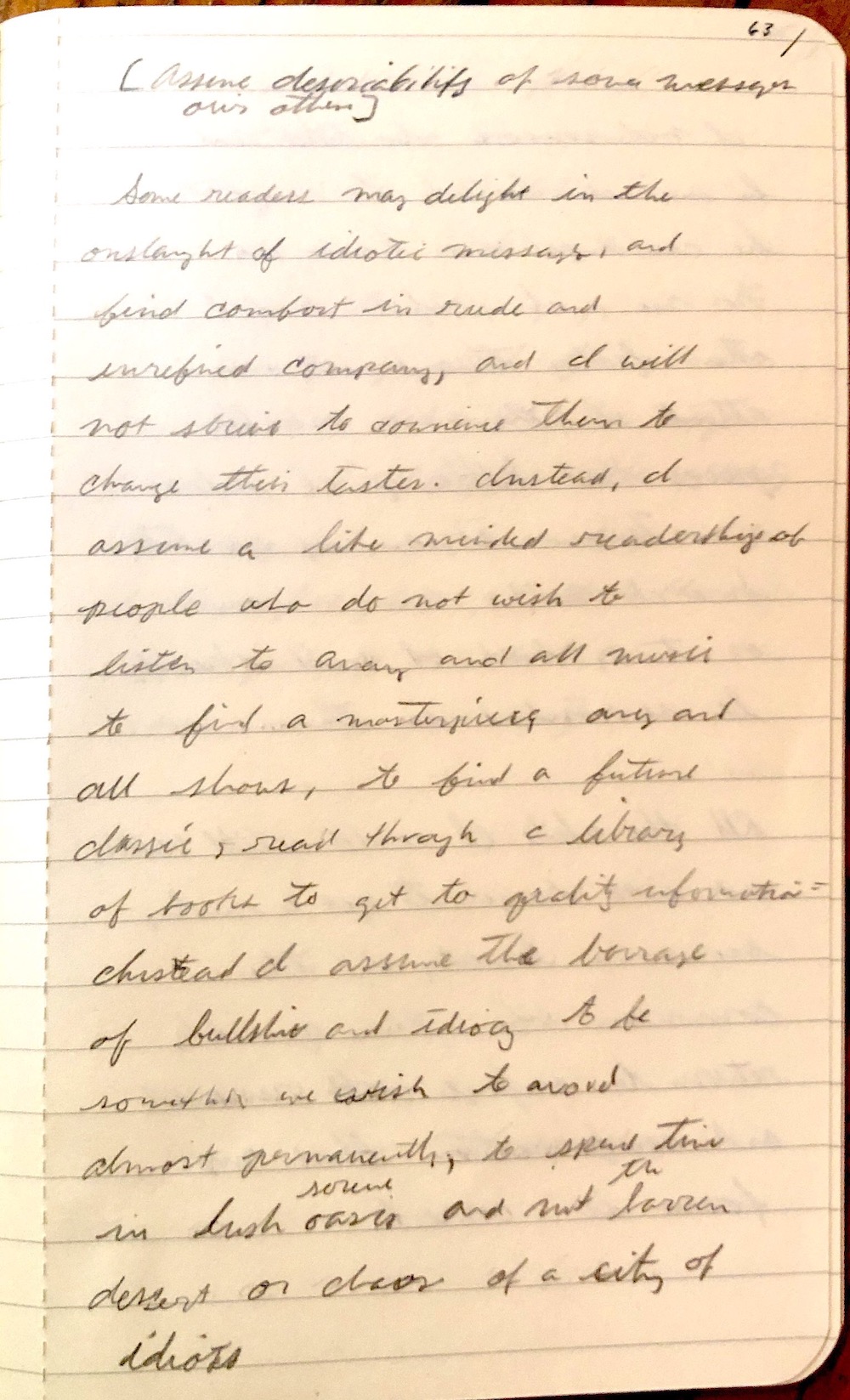
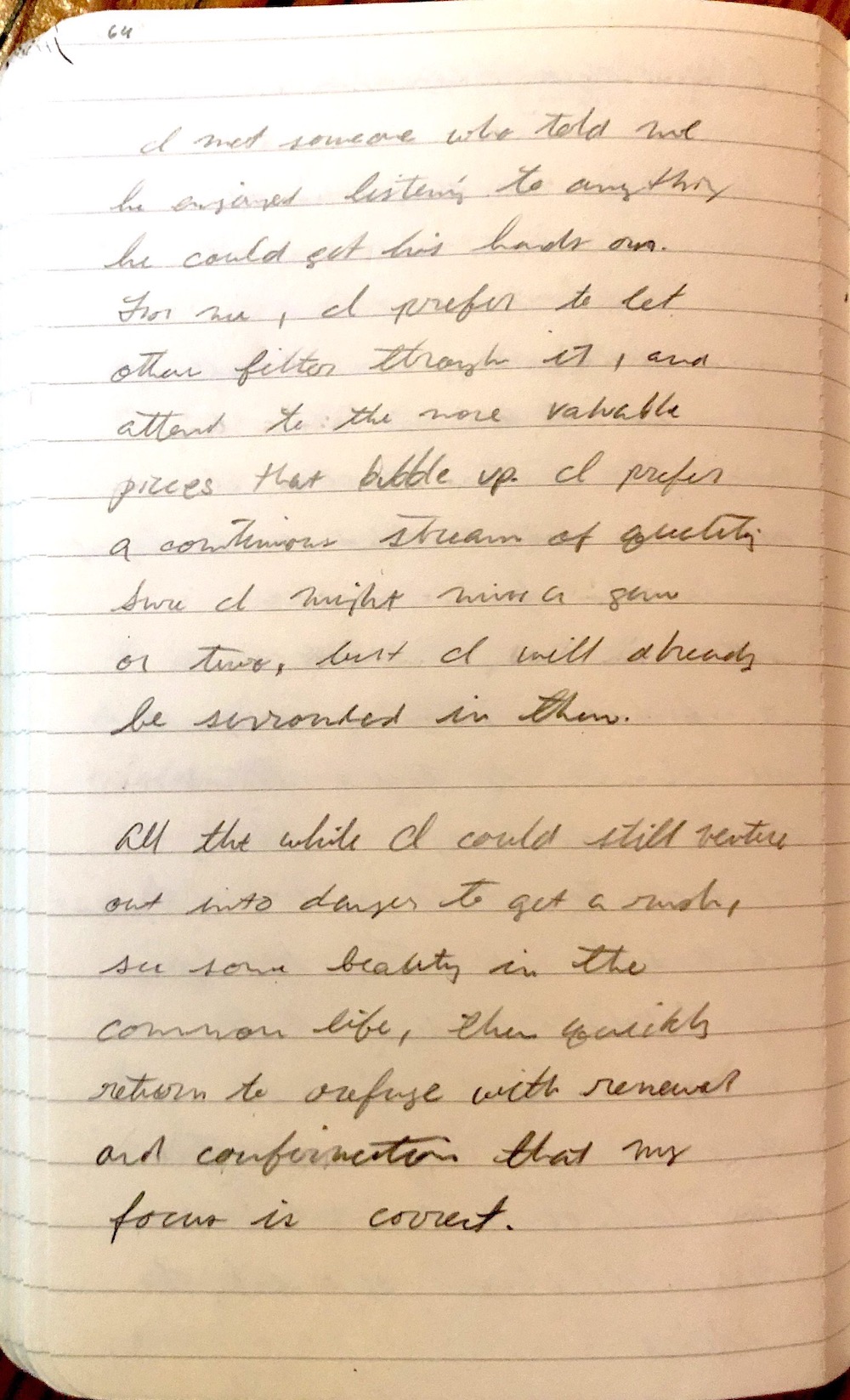
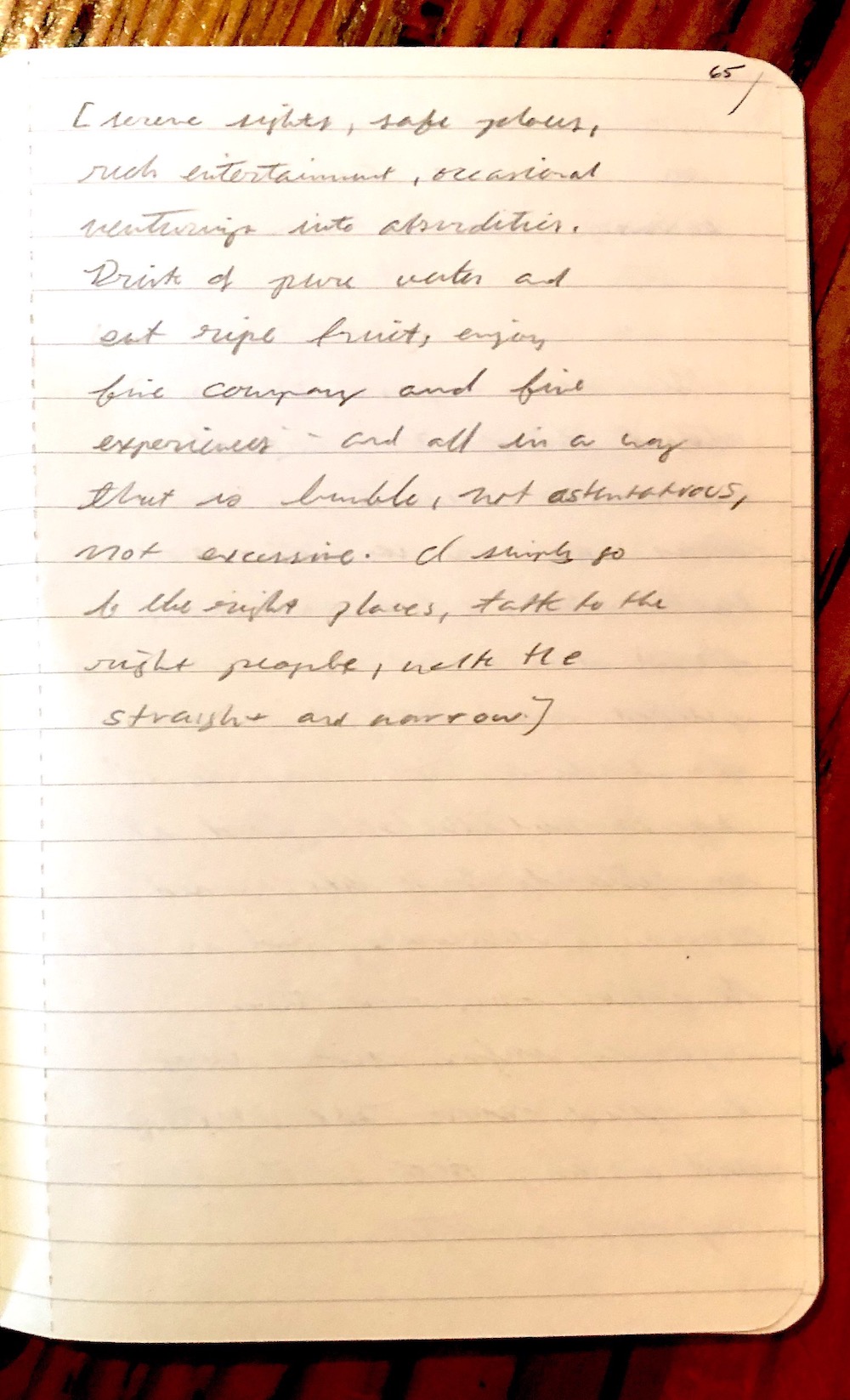
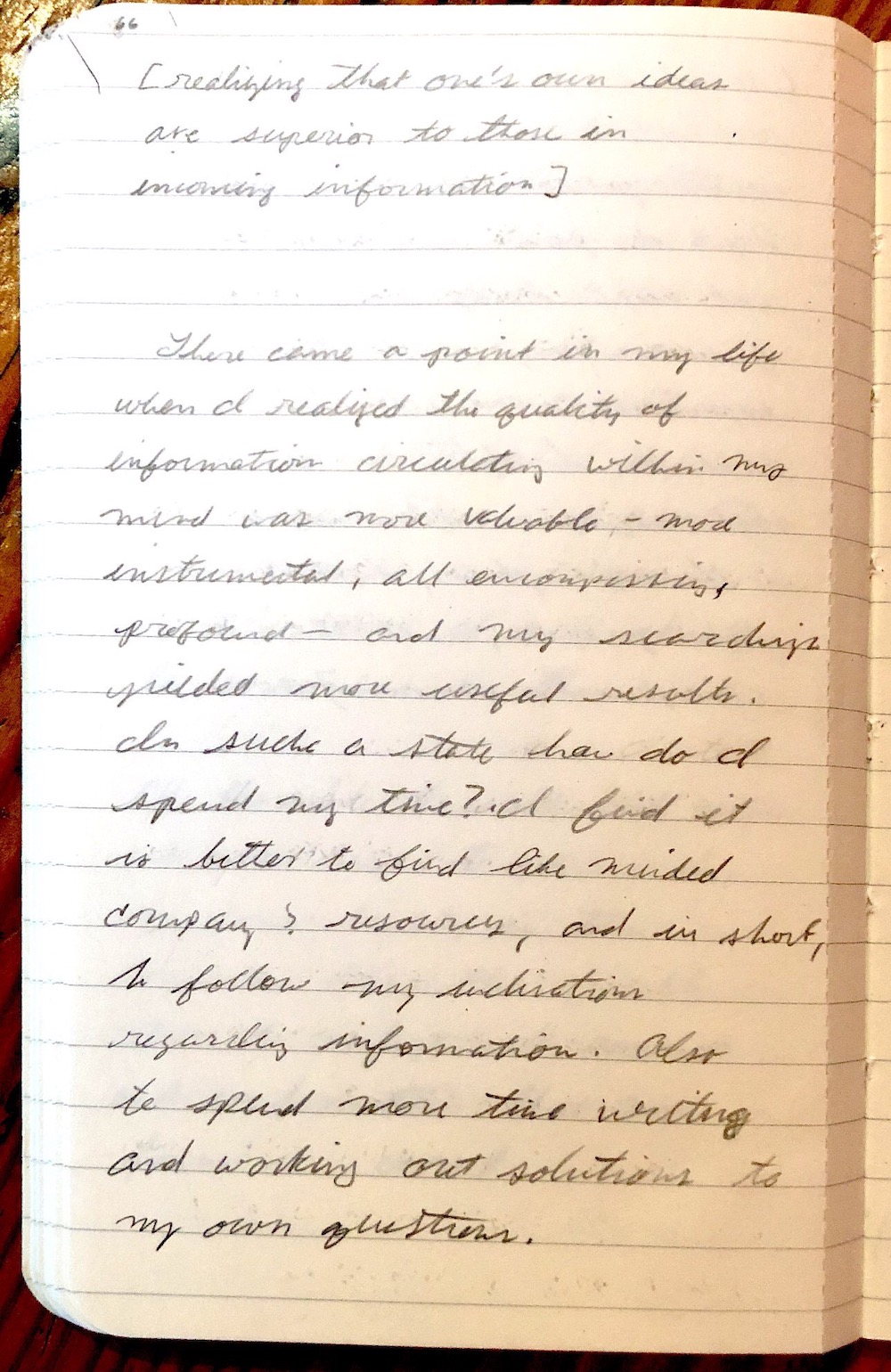
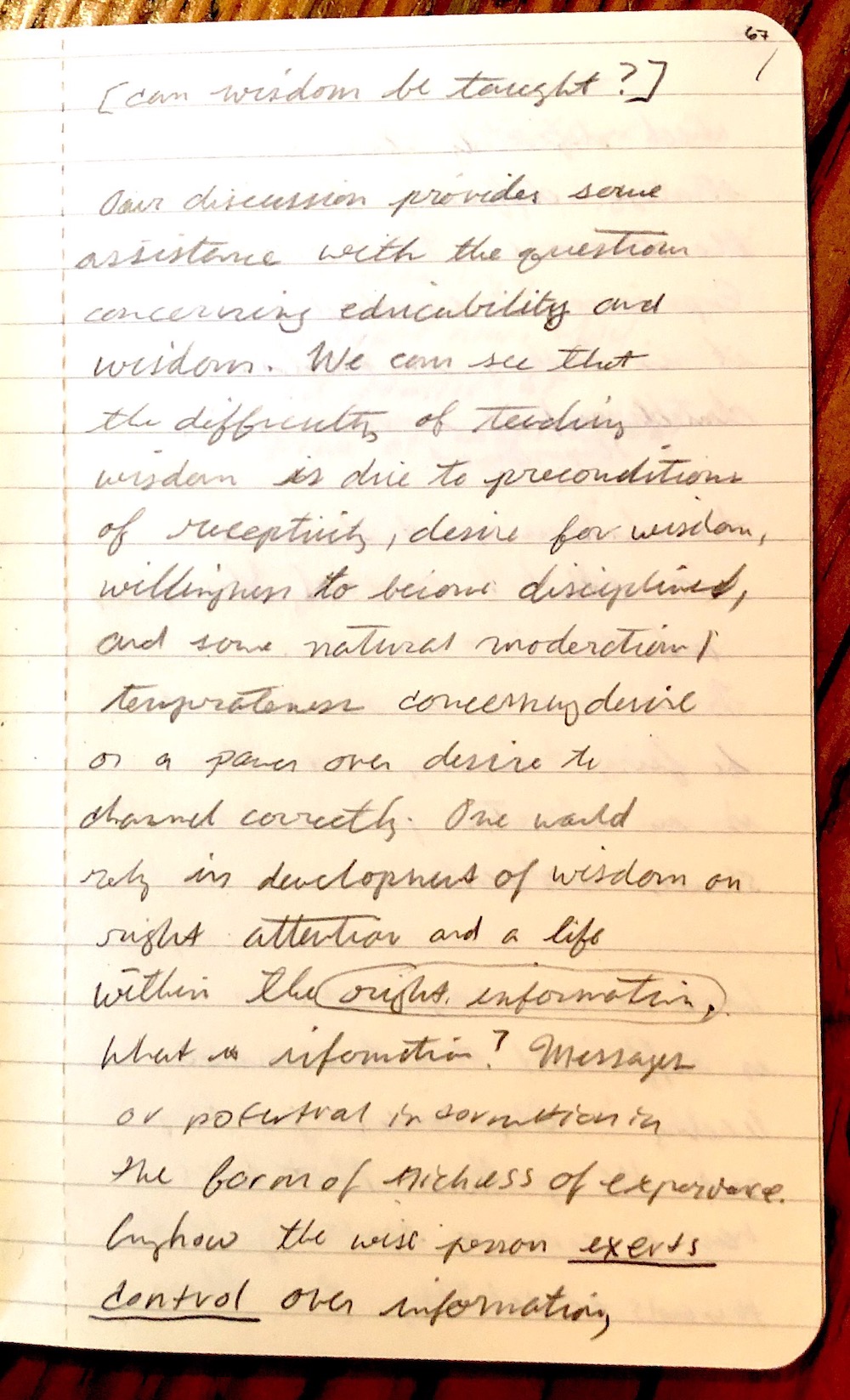
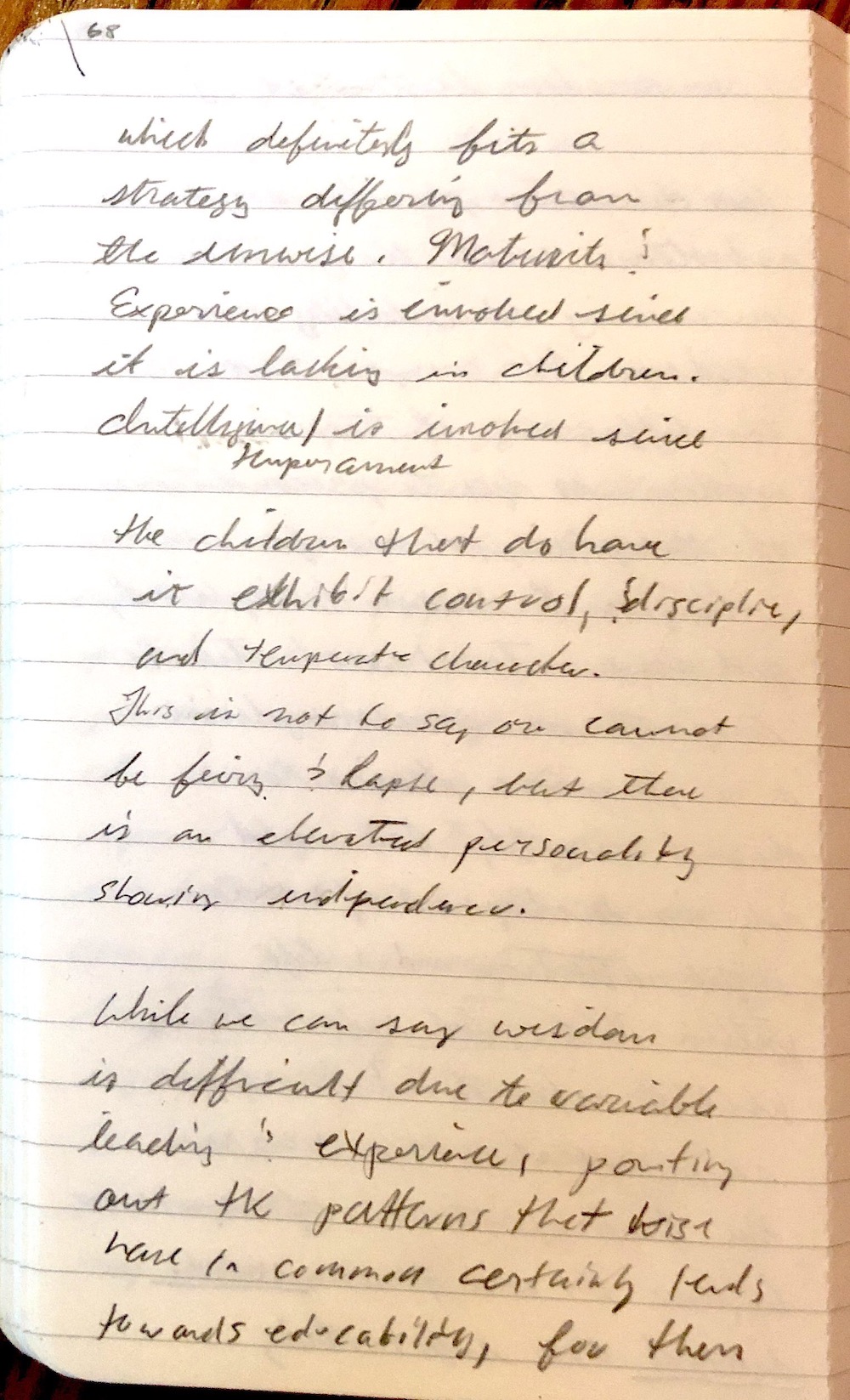
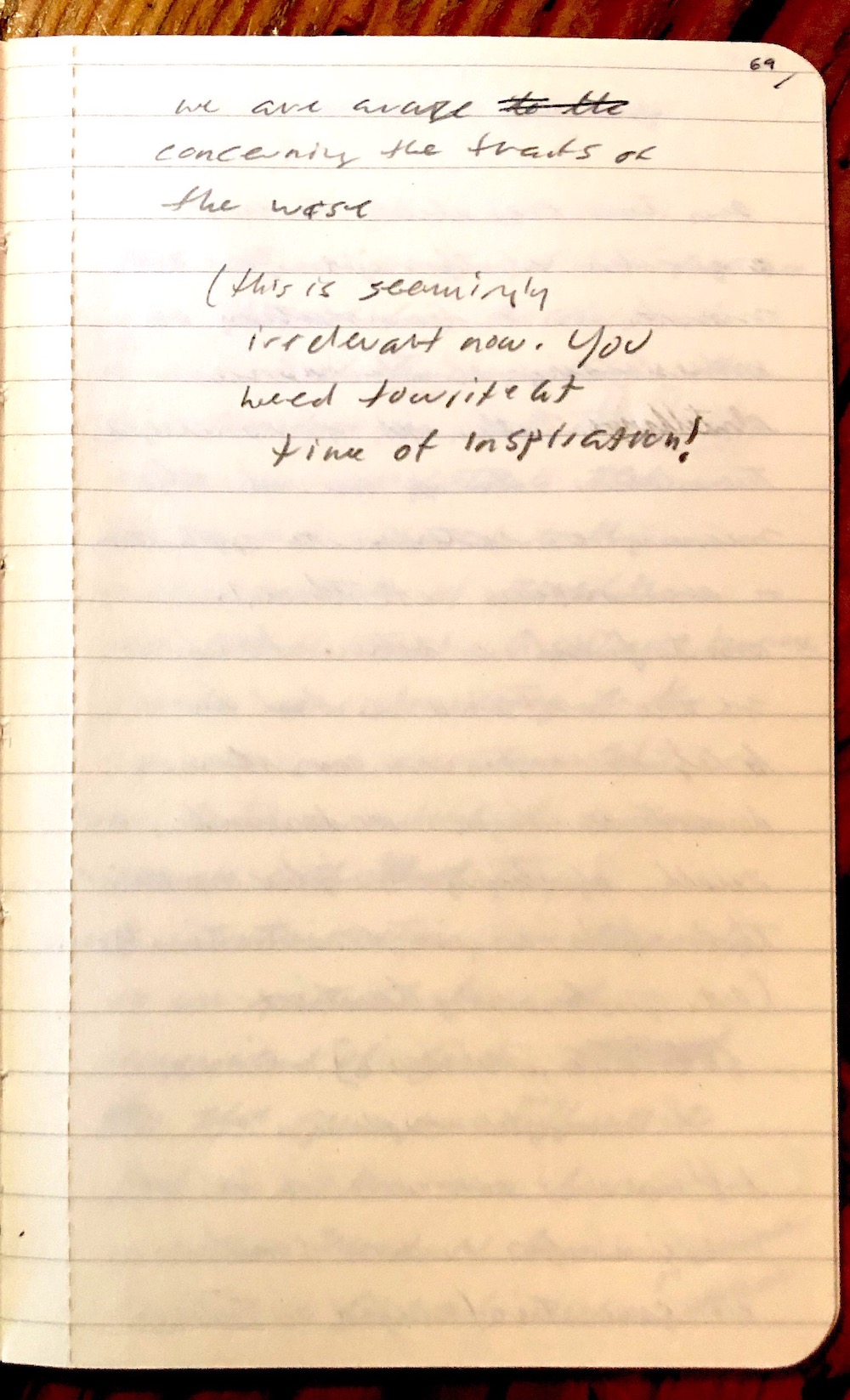
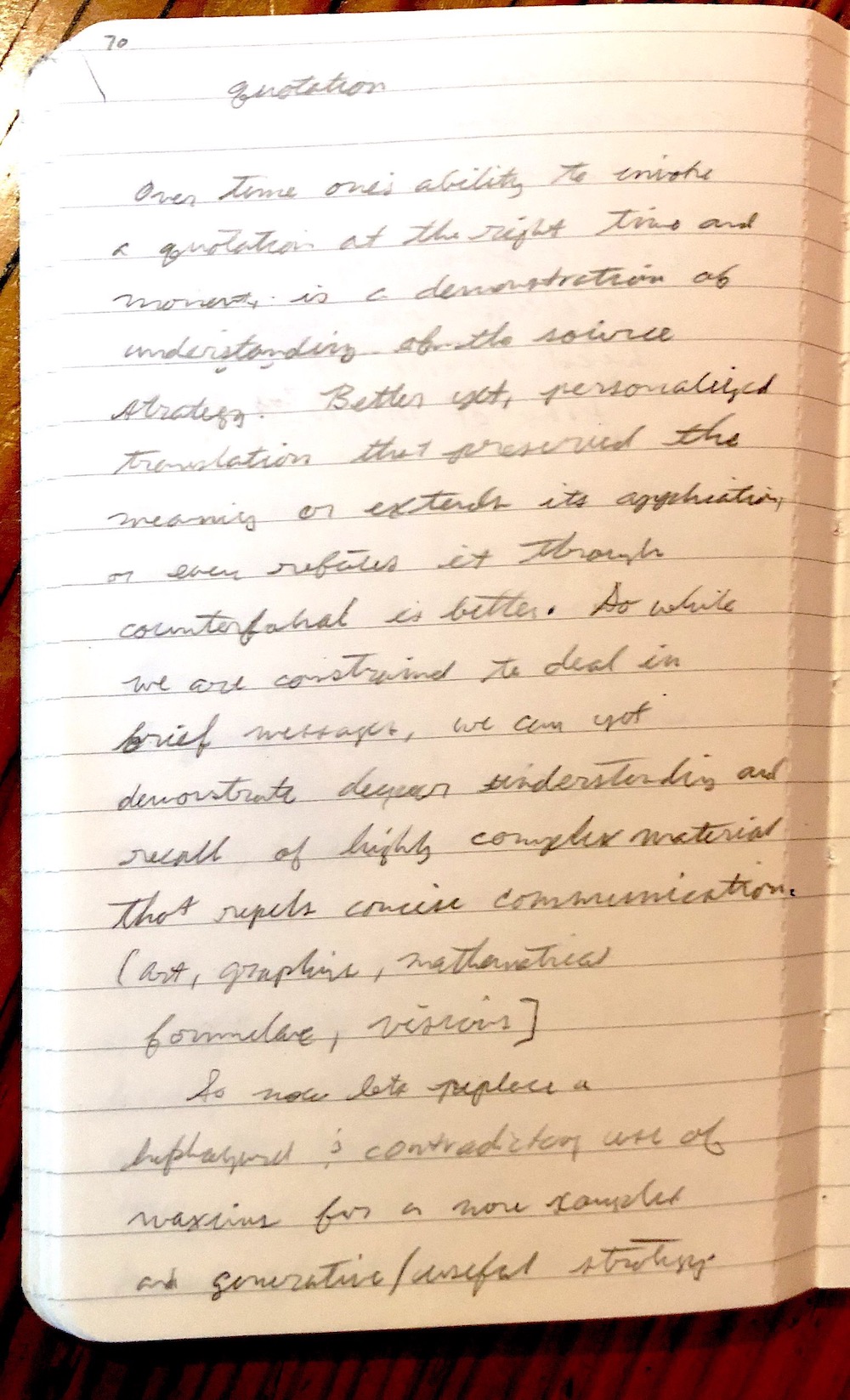
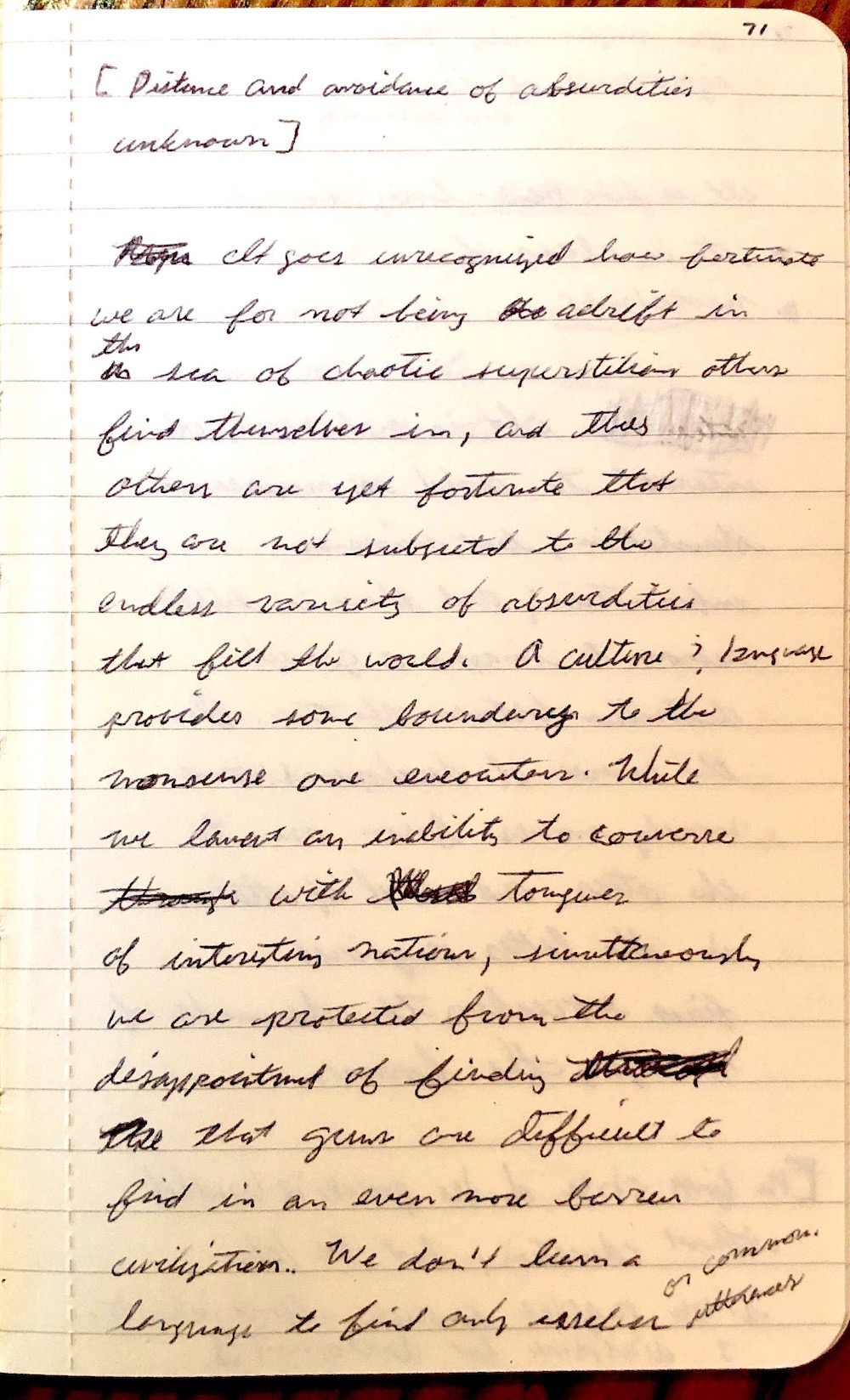
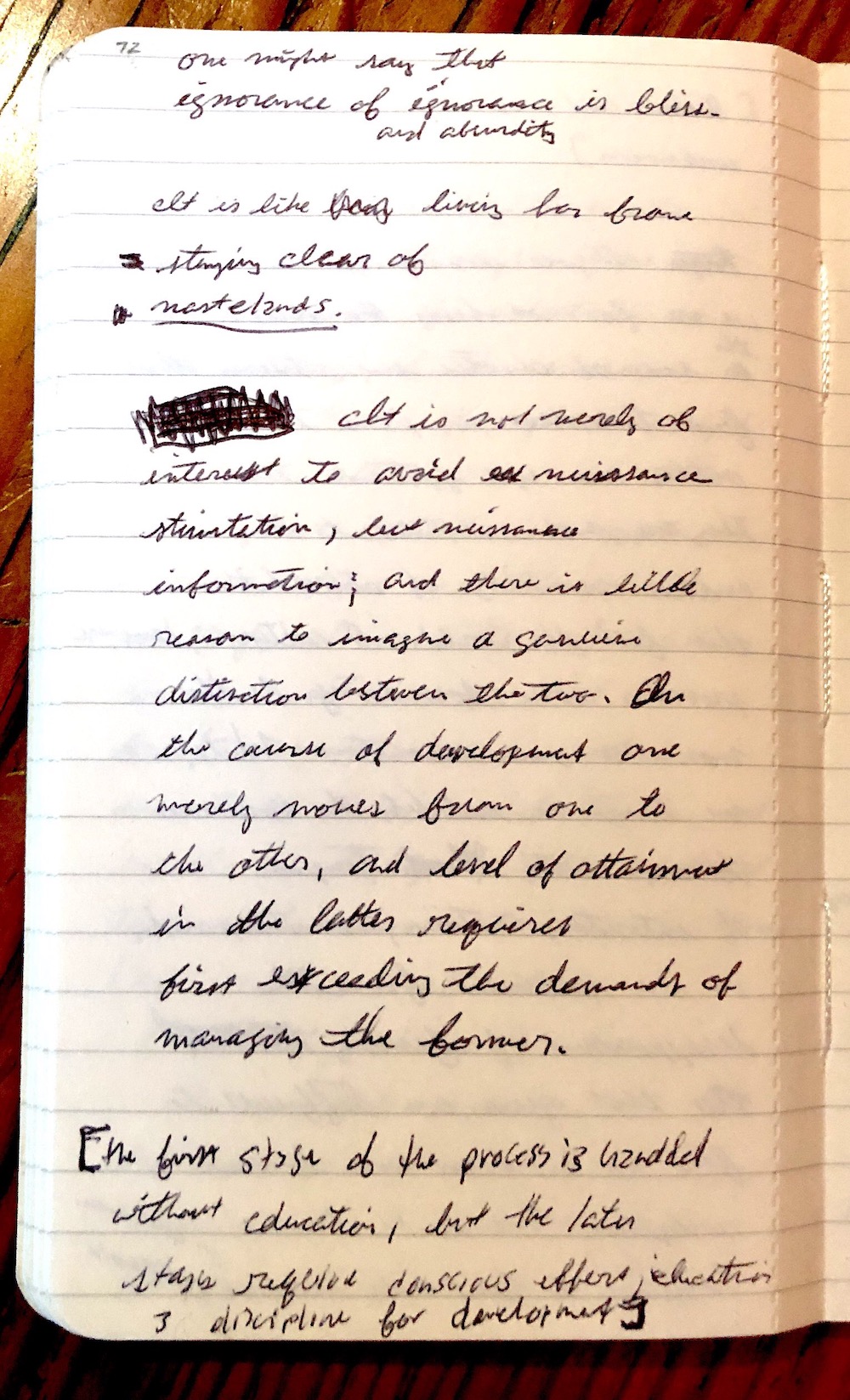
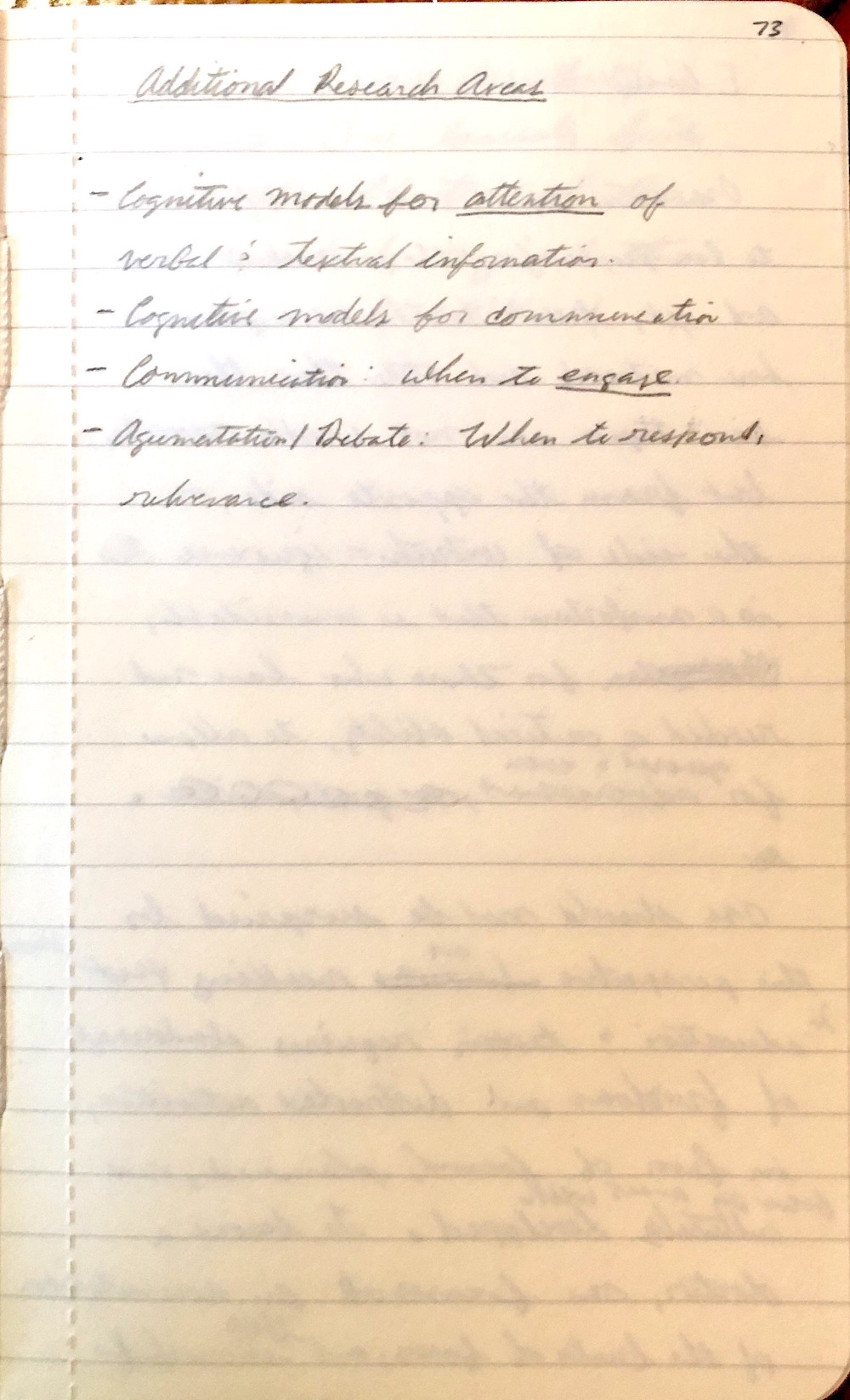
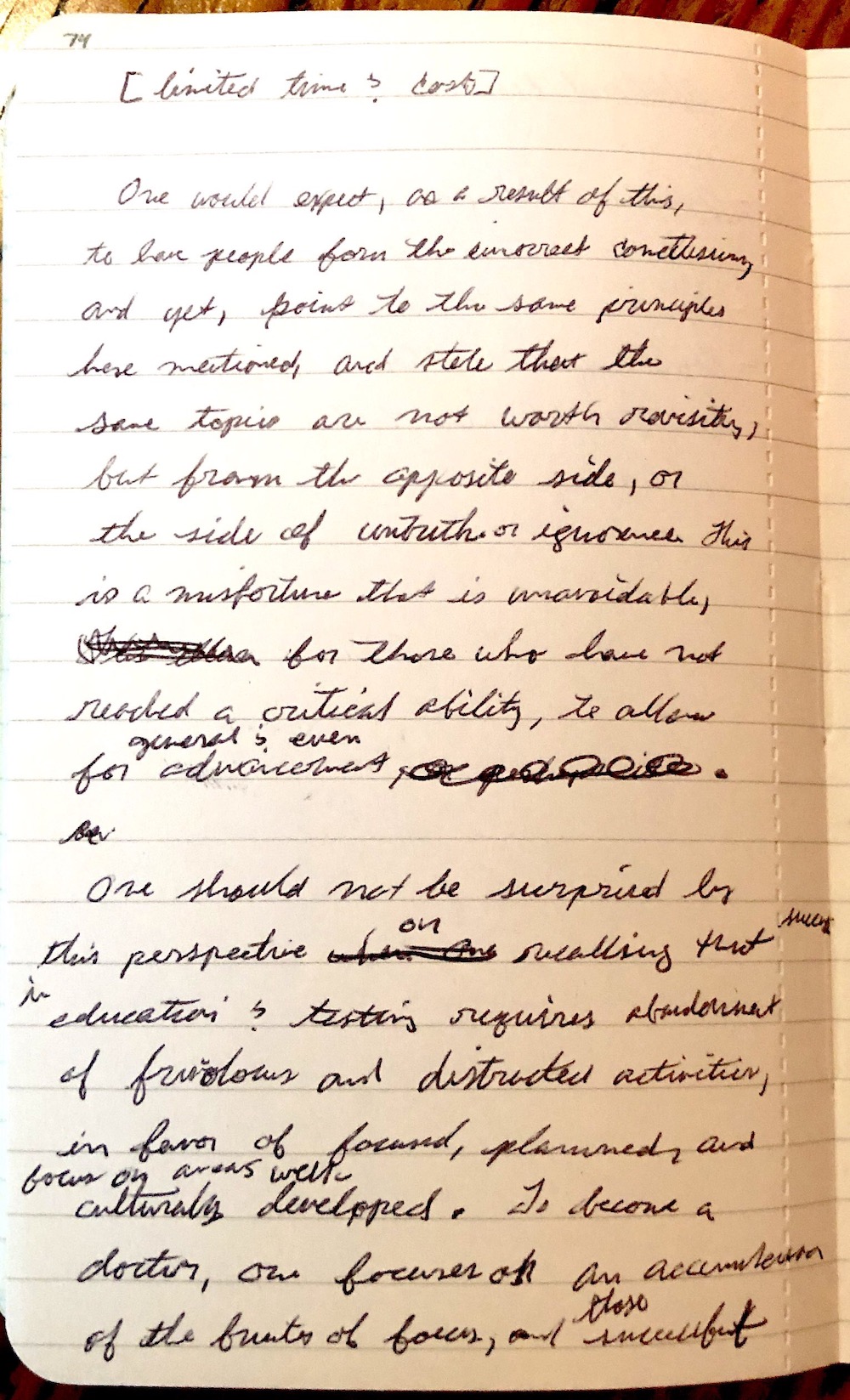
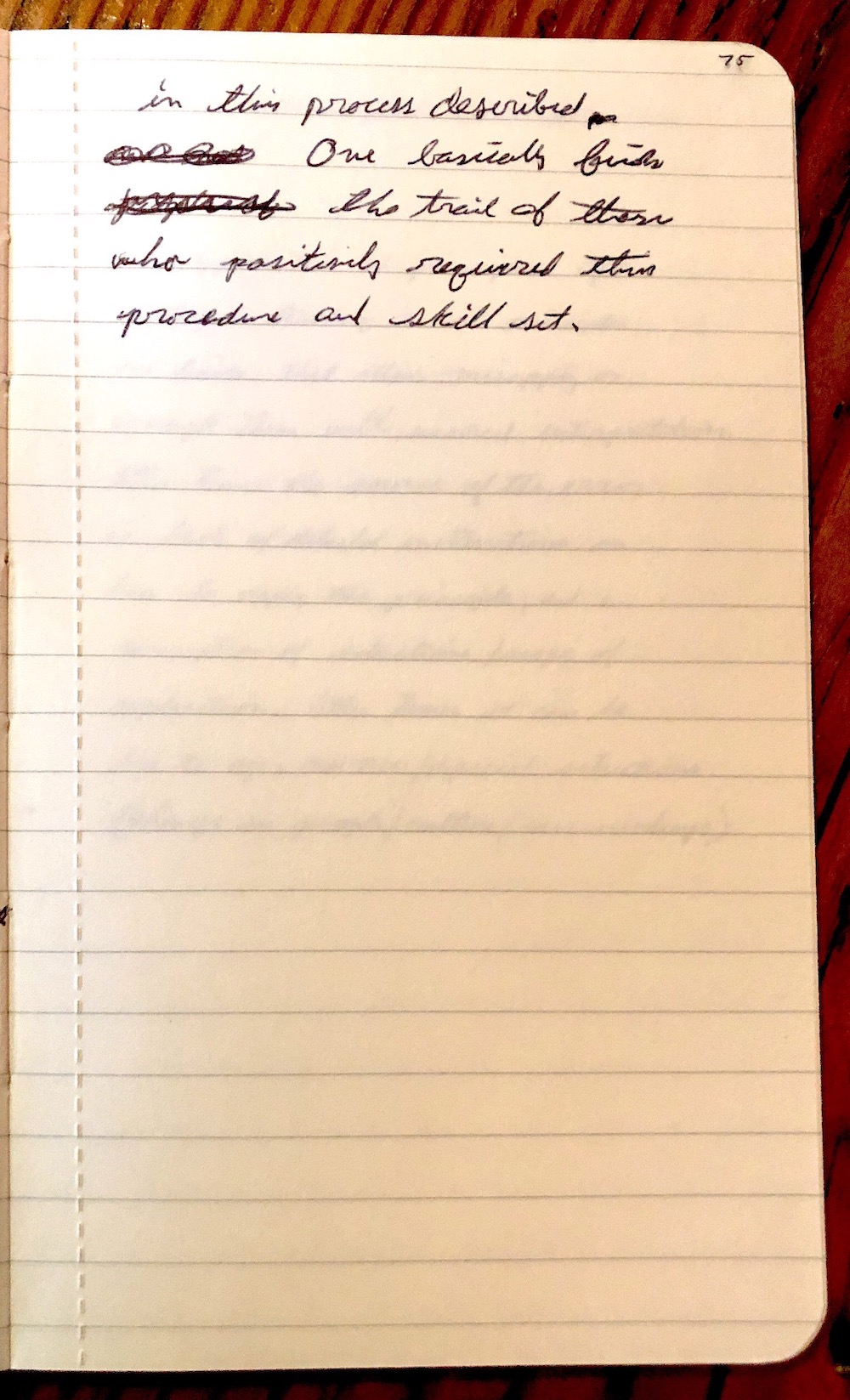
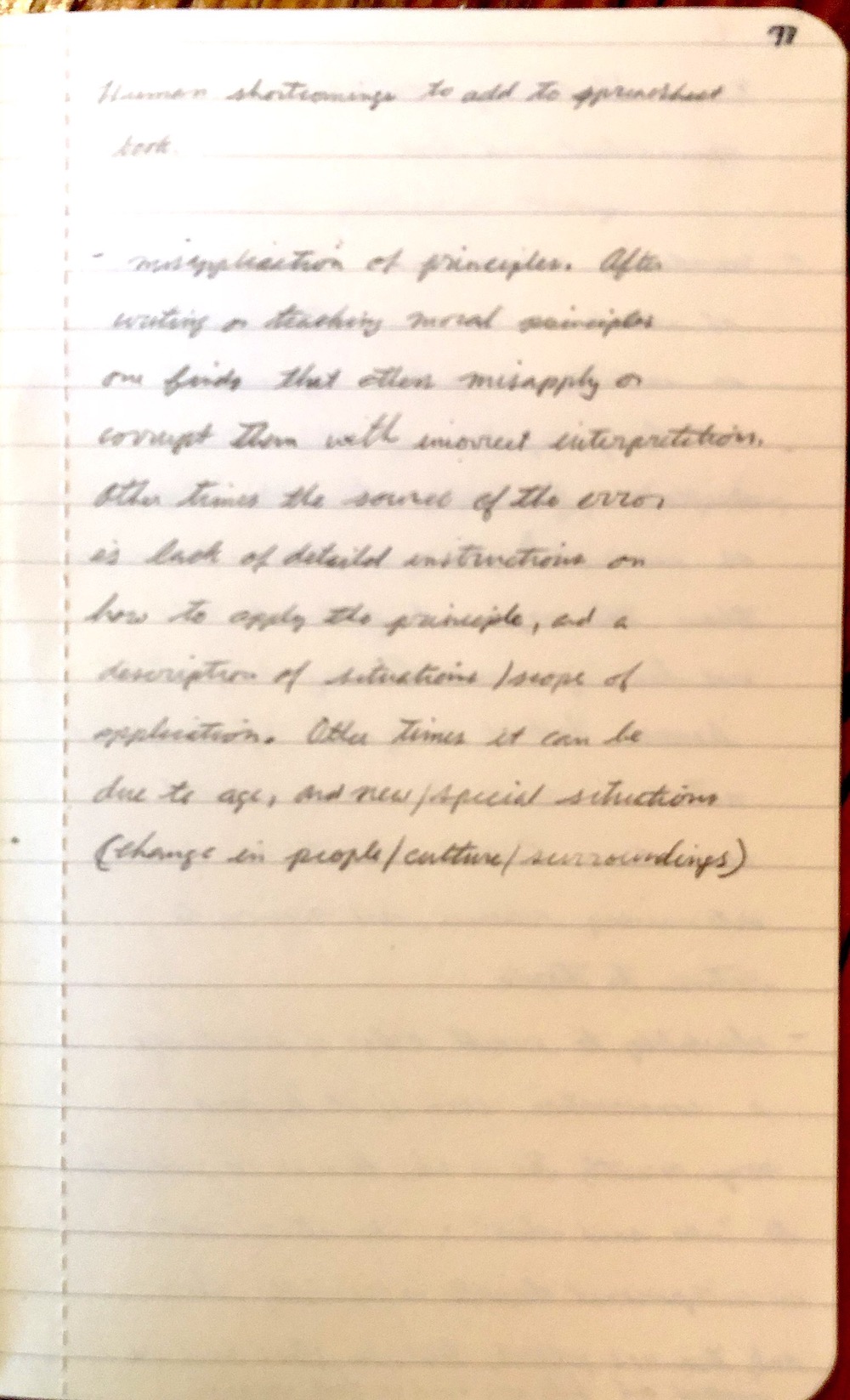
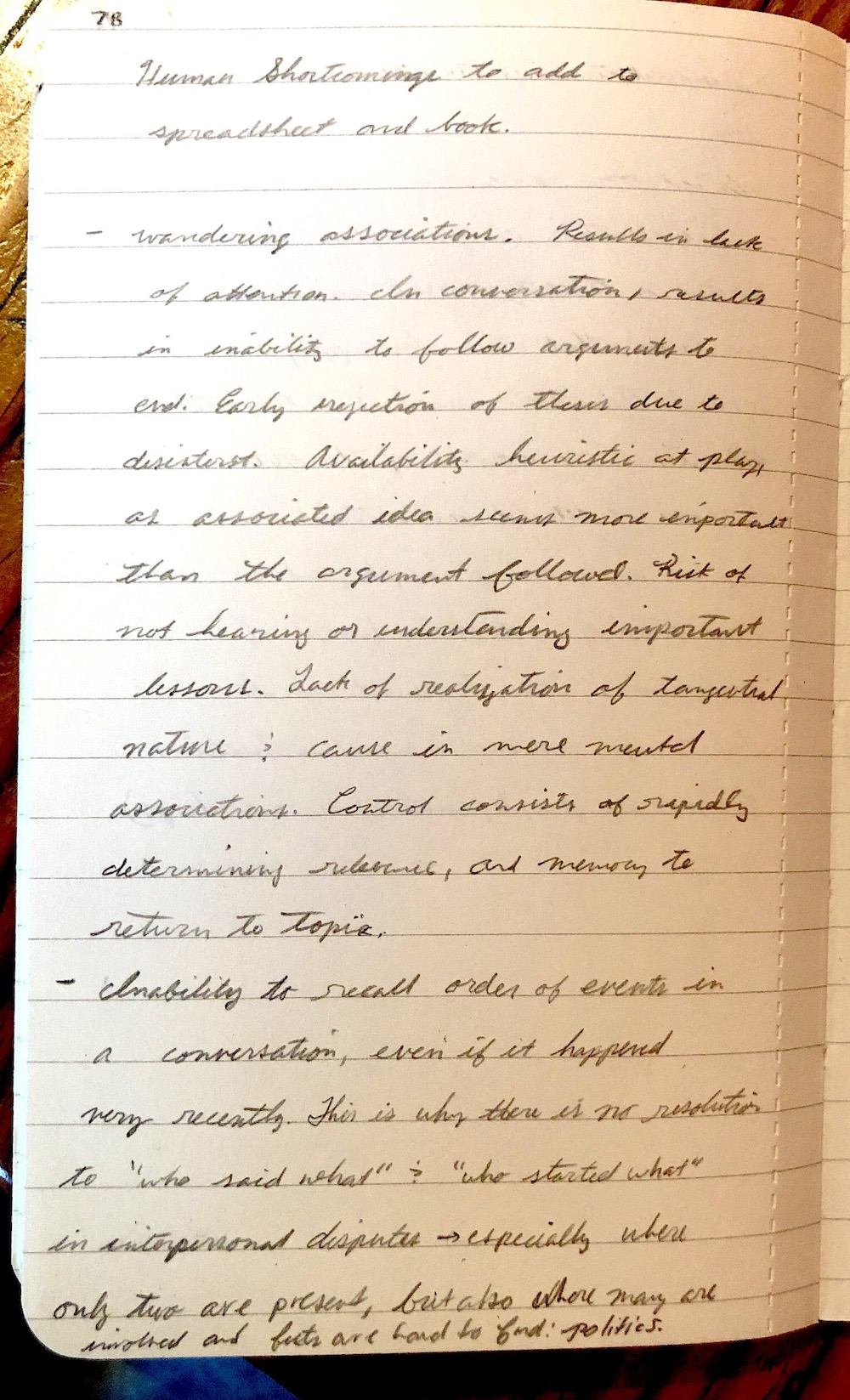
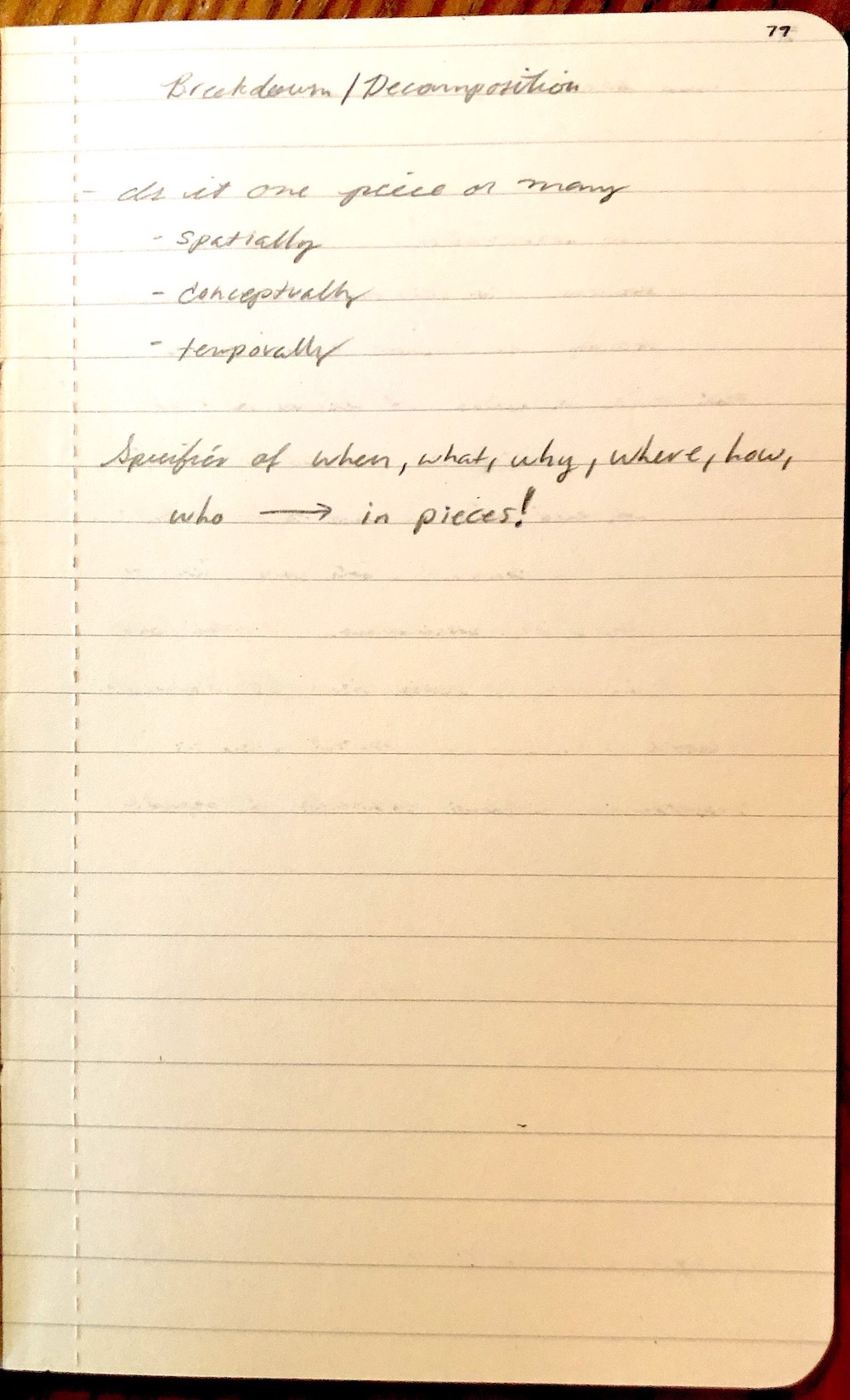
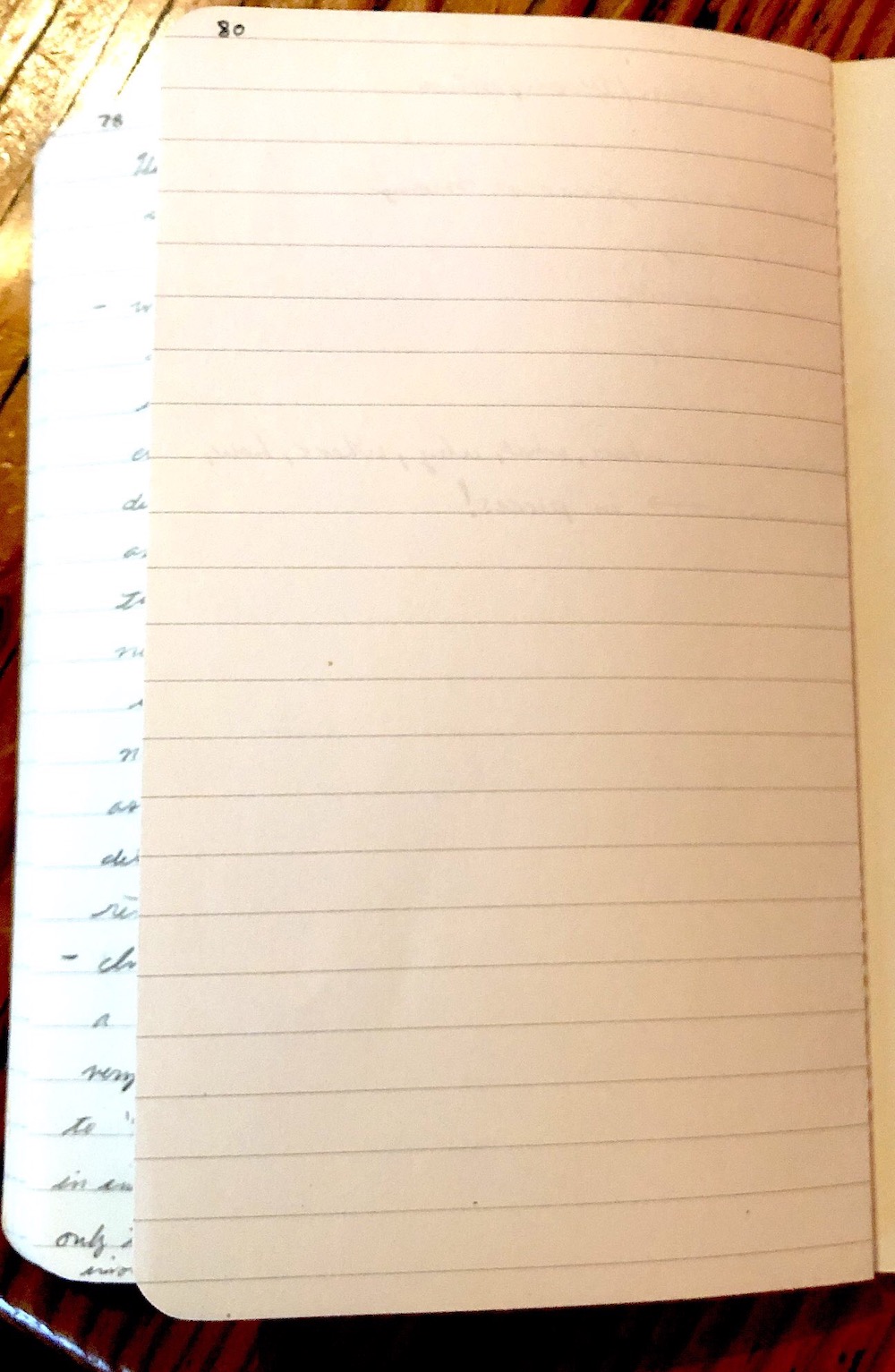


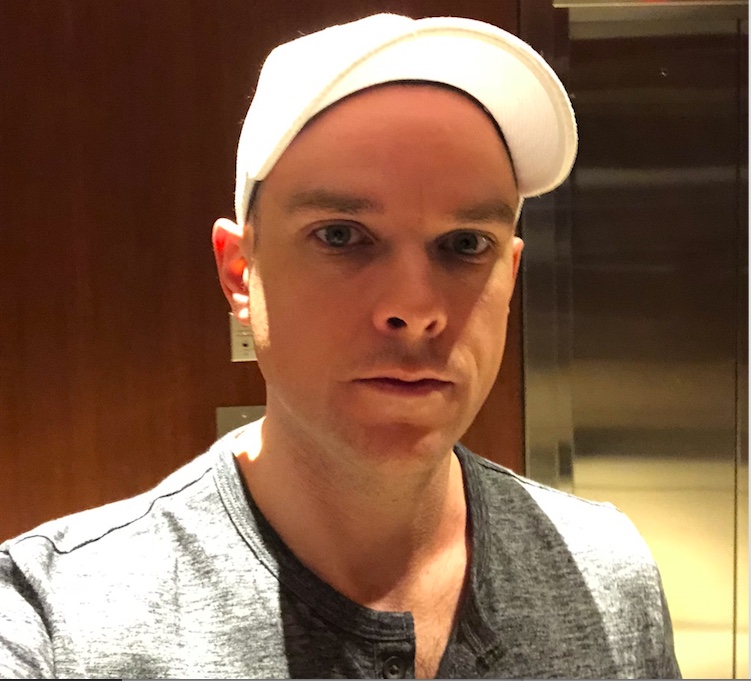
I am a retired executive, software architect, and consultant, with professional/academic experience in the fields of Moral Philosophy and Ethics, Computer Science, Psychology, Philosophy, and more recently, Economics. I am a Pandisciplinarian, and Lifetime Member of the High Intelligence Community.
Articles on this site are eclectic, and draw from content prepared between 1980 and 2024. Topics touch on all of life's categories, and blend them with logical rationality and my own particular system of ethics. The common theme connecting all articles is moral philosophy, even if that is not immediately apparent. Any of my articles that touch on "the good and virtuous life" will be published here. These articles interrelate with my incipient theory of ethics, two decades in preparation. This Book and Journal is the gradual unfolding of that ethic, and my living autobiography, in a collection of individual books that fit into groups of book collections.
This Book and Journal is already one of the largest private websites and writings ever prepared, at nearly 1 million words, greater than 50,000 images and videos, and nearly one terabyte of space utilized. The entire software architecture is of my creation. Issues of the book for sale can be found under featured. These texts are handmade by myself, and are of excellent quality, and constitute the normal issues of my journal that can also be subscribed to. The entire work is a transparent work in progress. Not all is complete, and it will remain in an incomplete state until death.
I welcome and appreciate constructive feedback and conversation with readers. You can reach me at mattanaw@mattanaw.com (site related), cmcavanaugh@g.harvard.edu (academic related), or christopher.matthew.cavanaugh@member.mensa.org (intelligence related), or via the other social media channels listed at the bottom of the site.